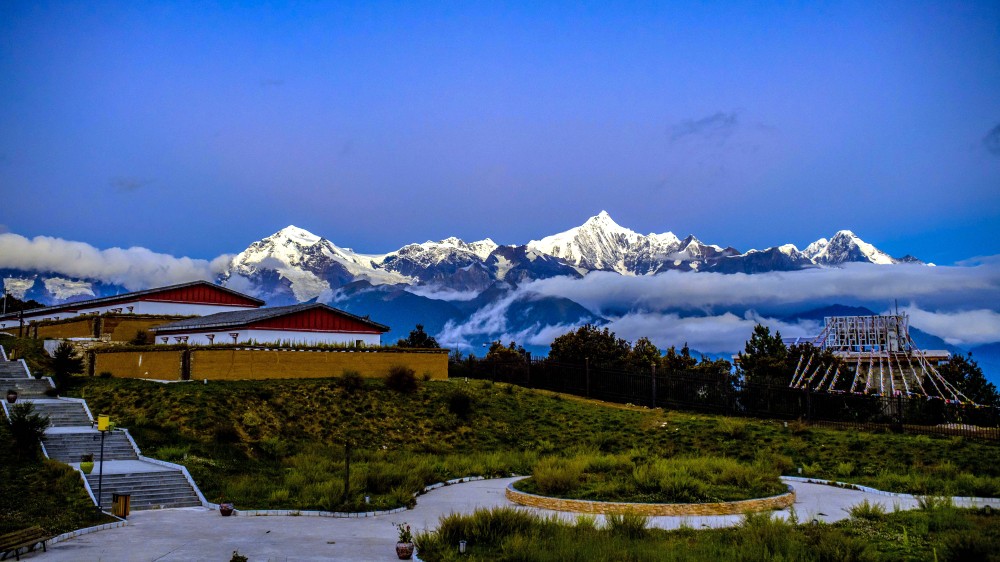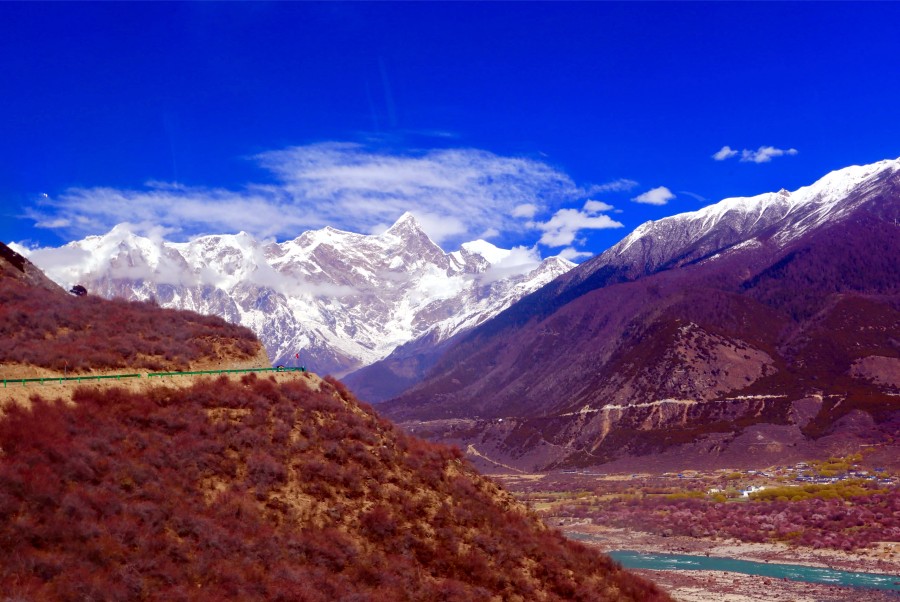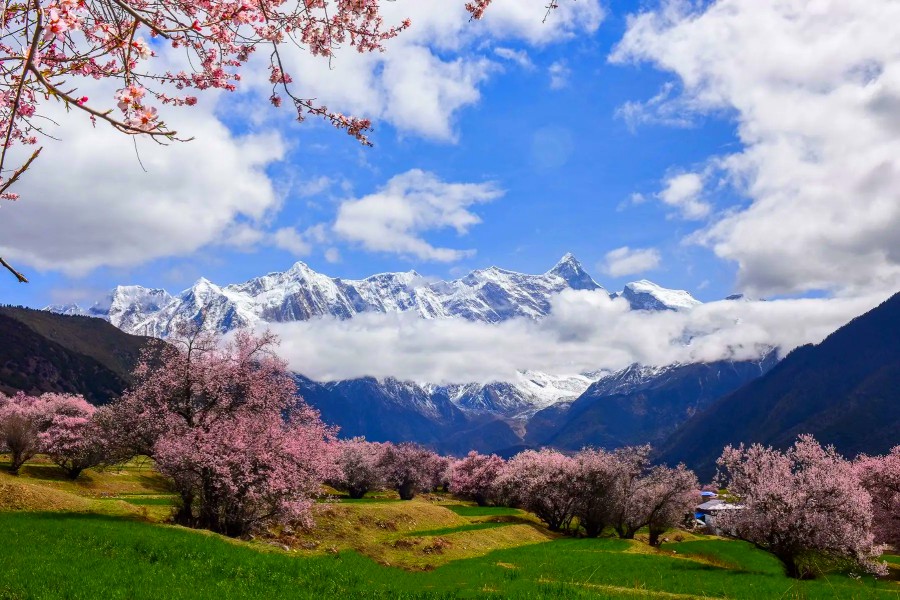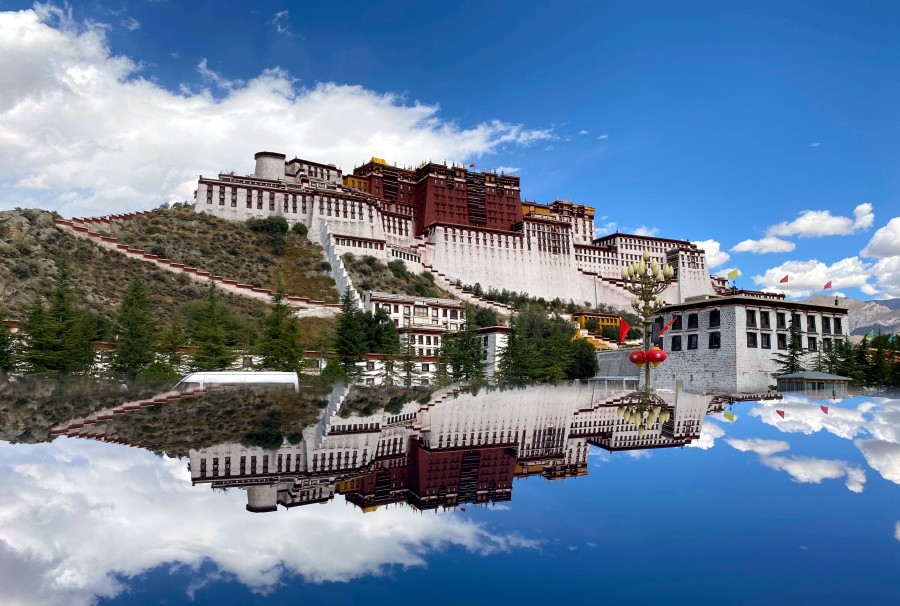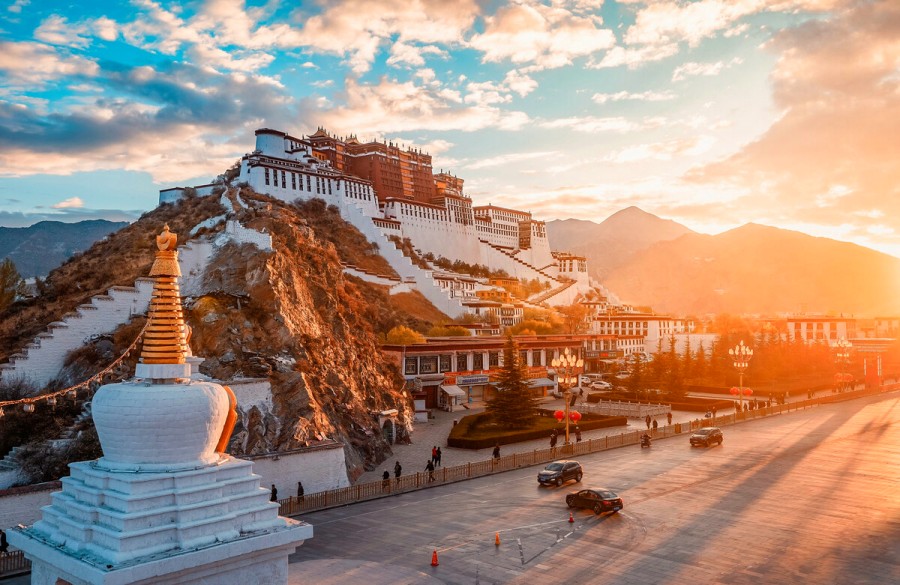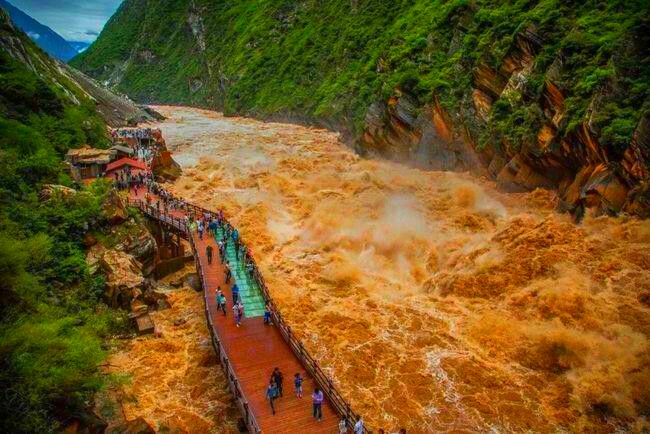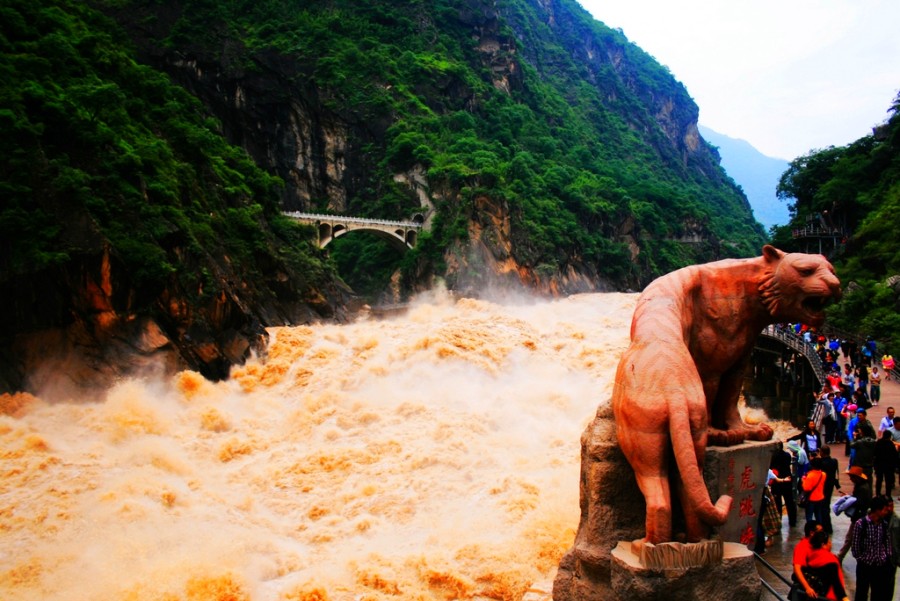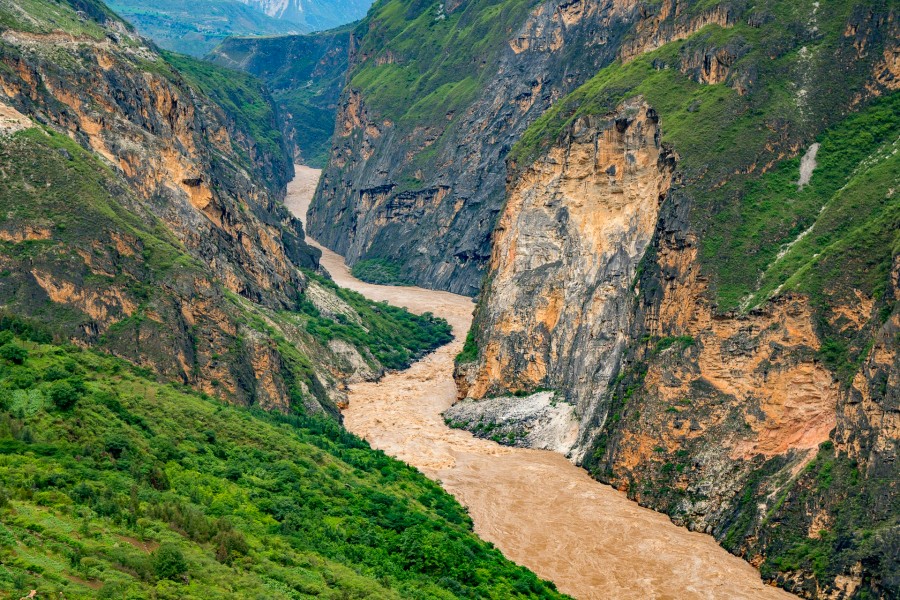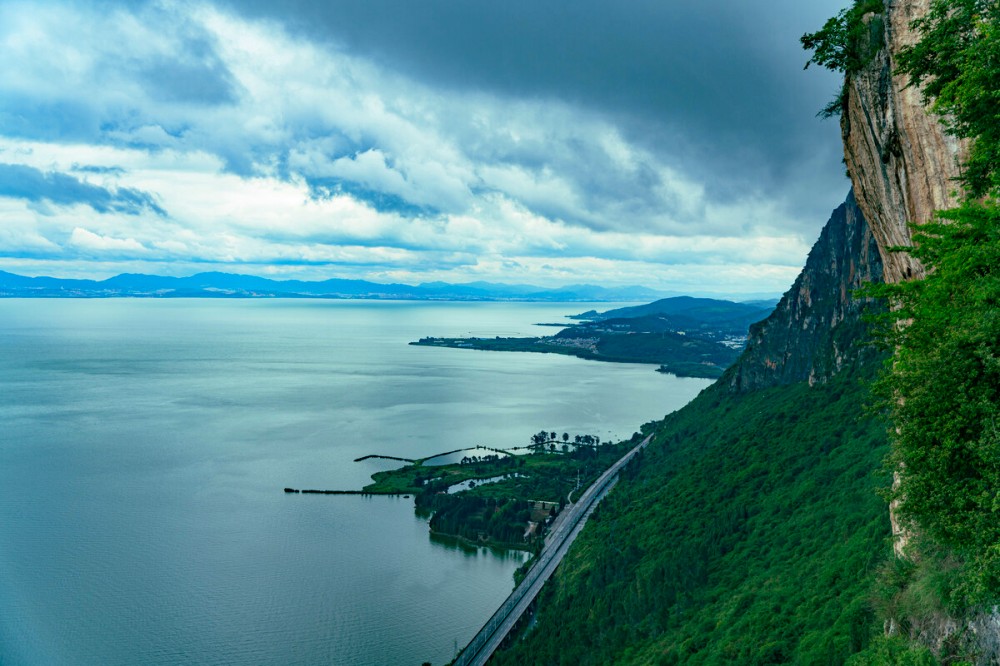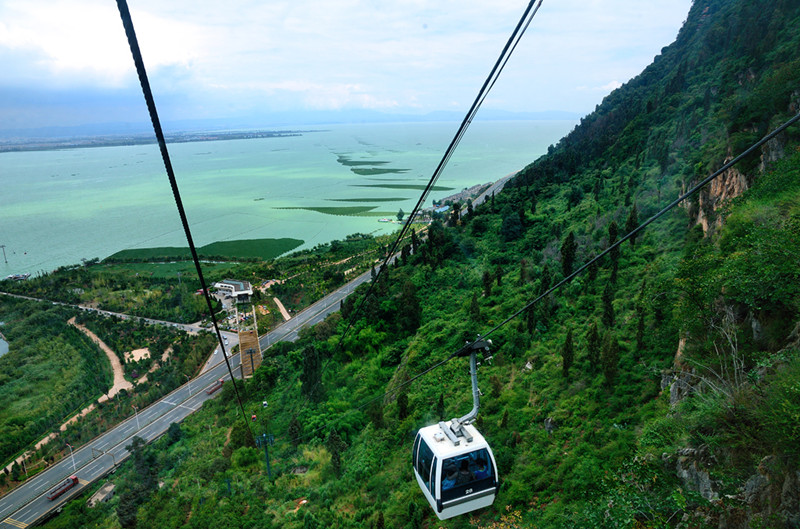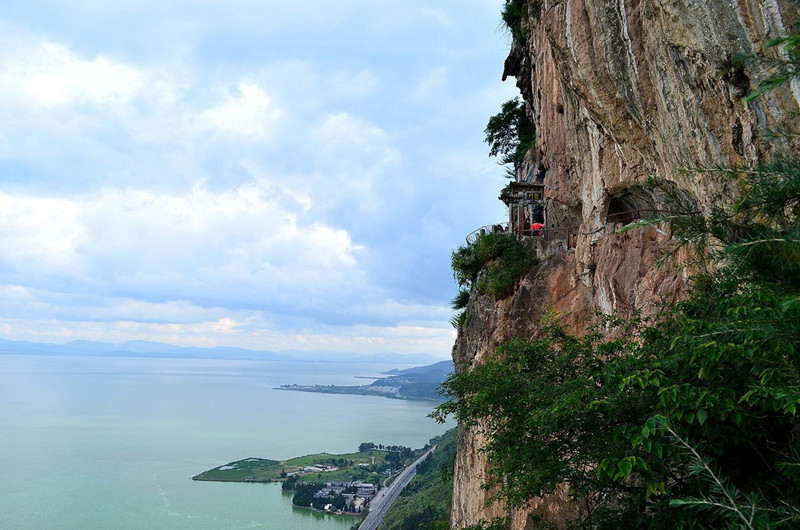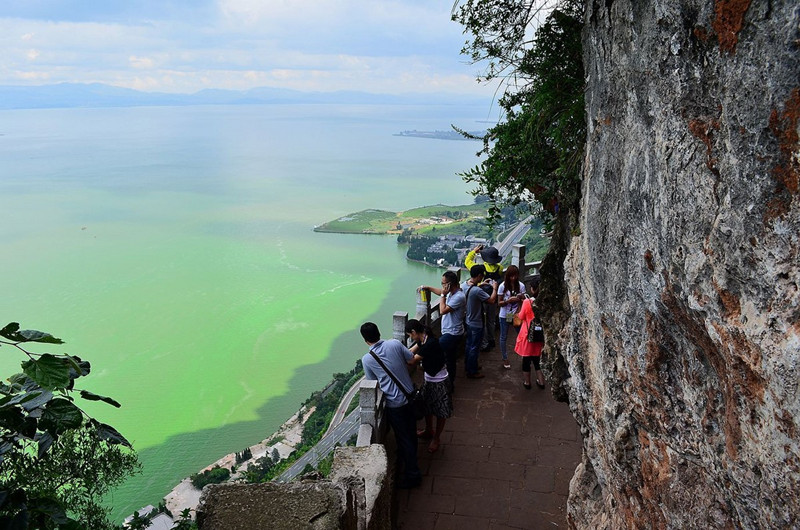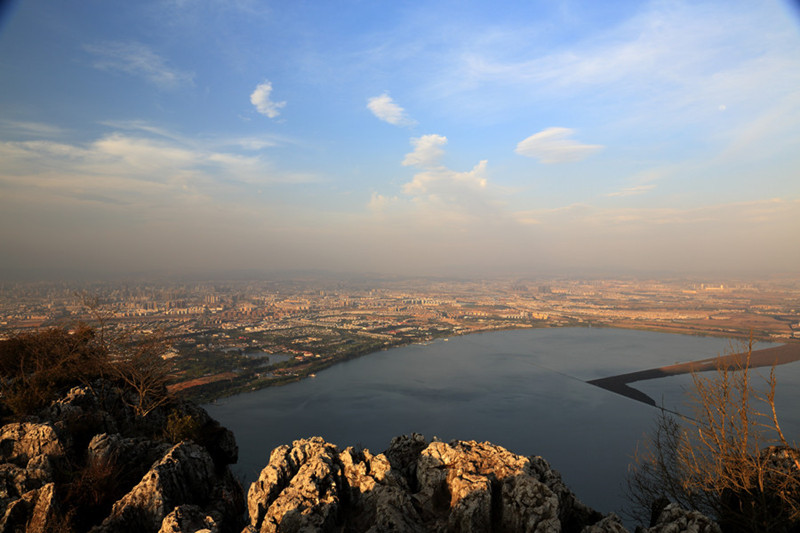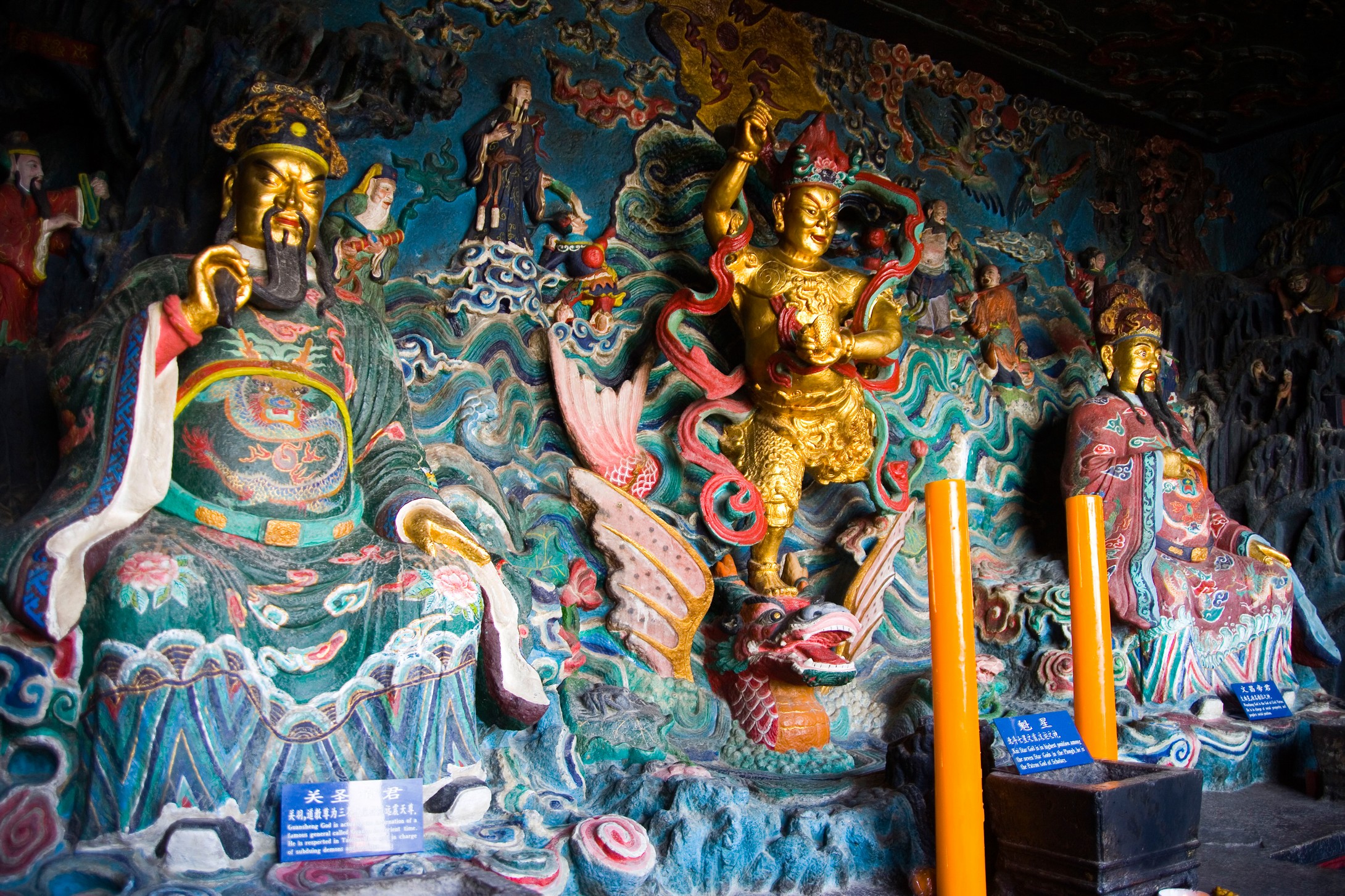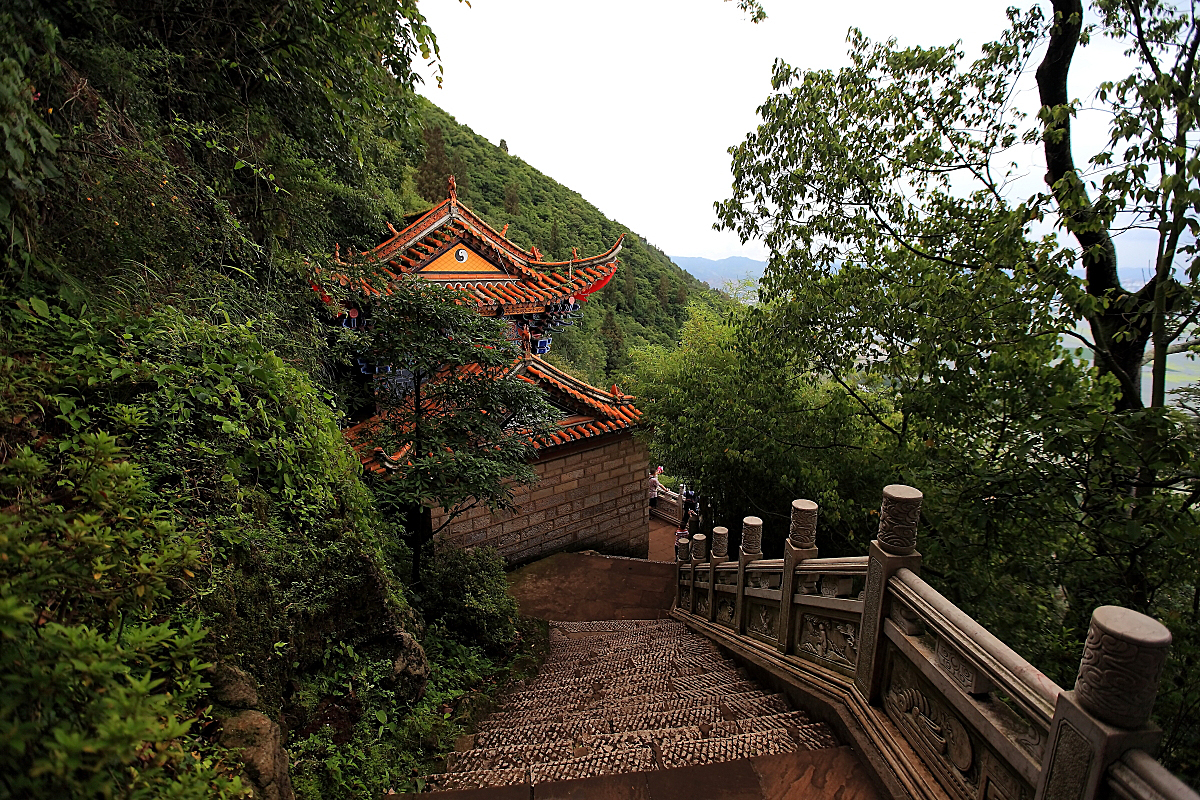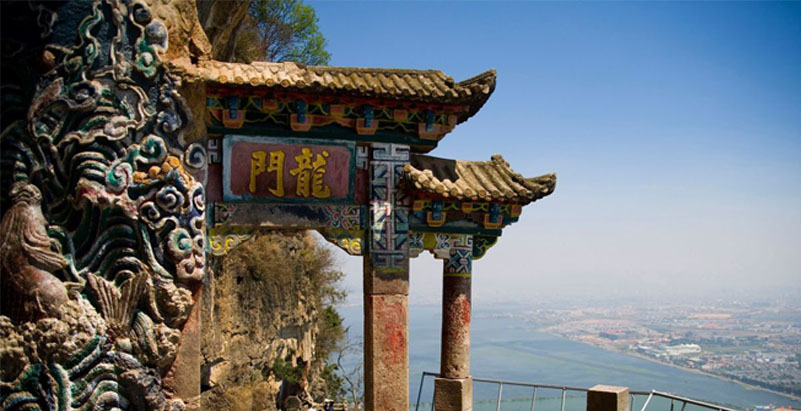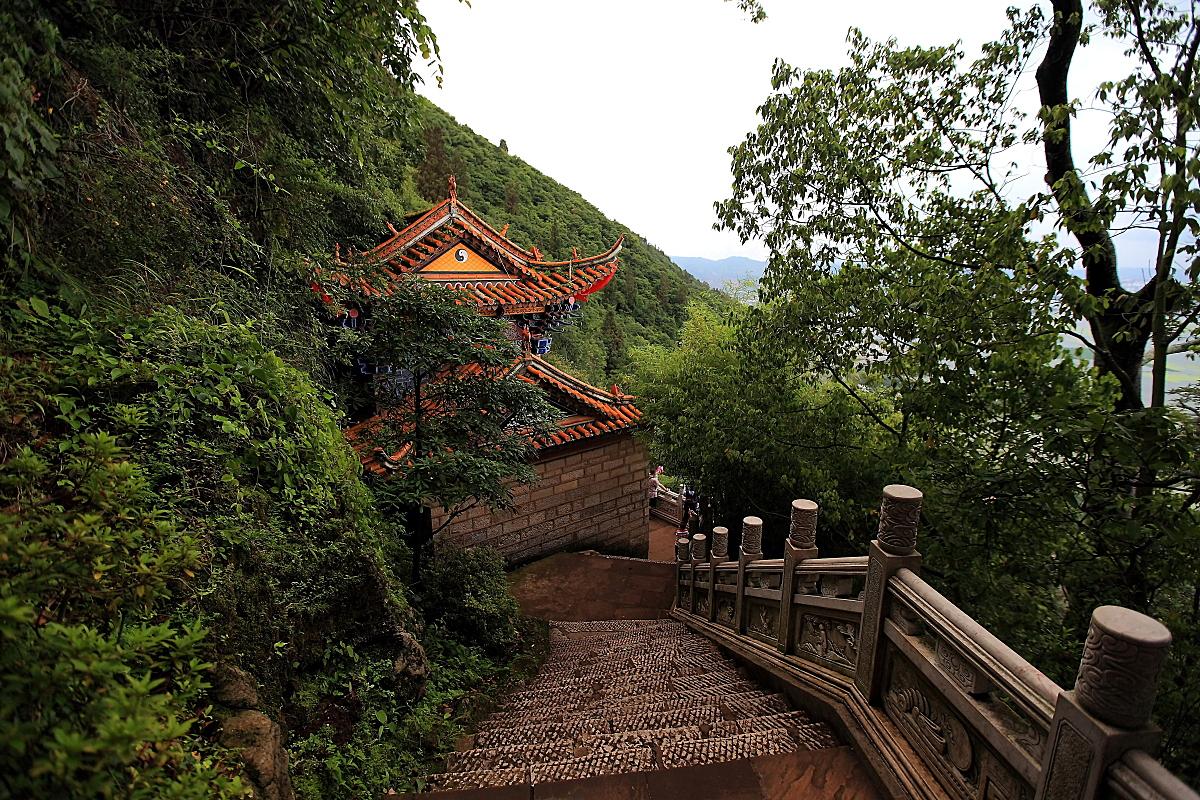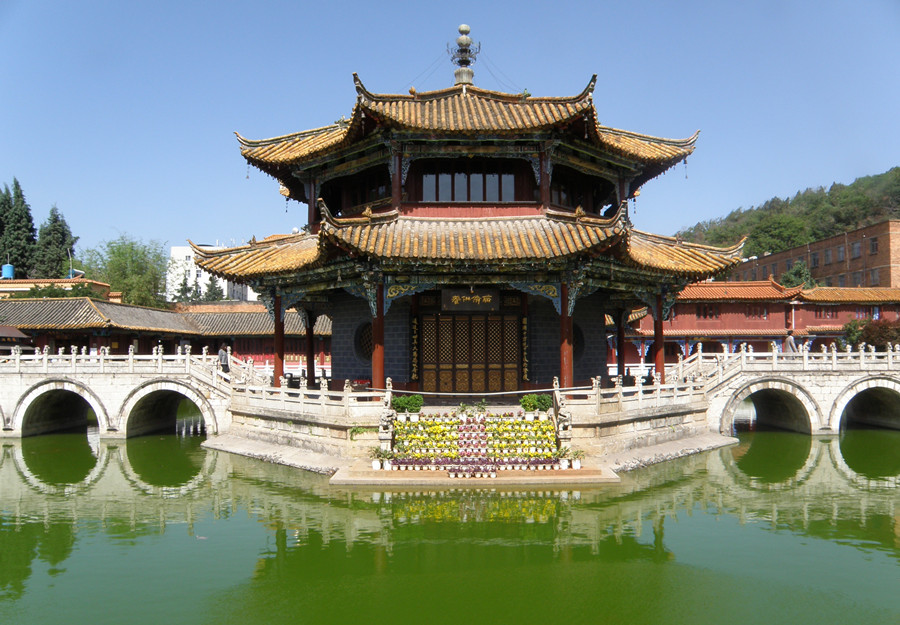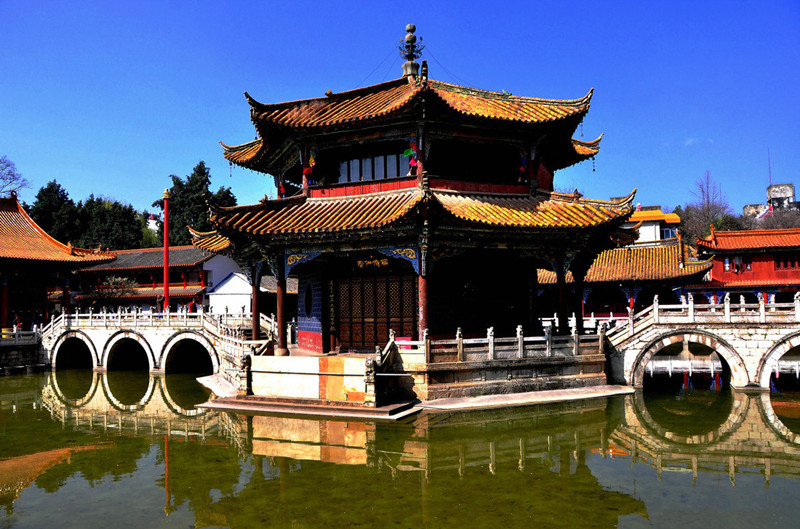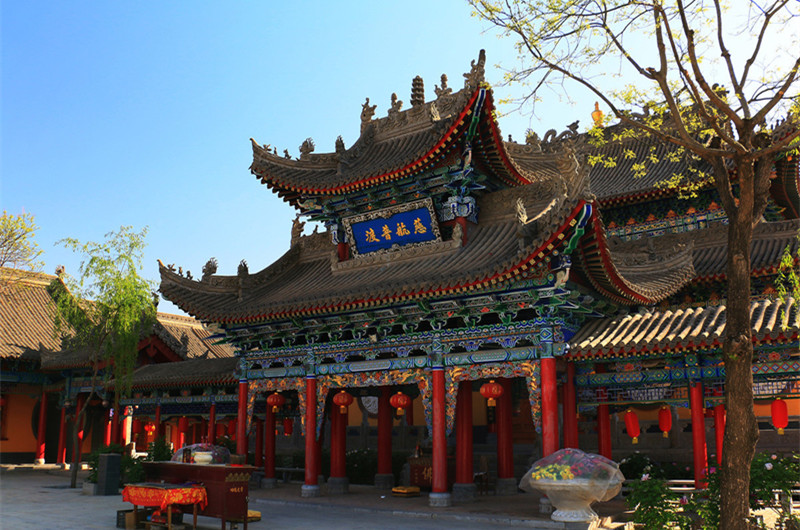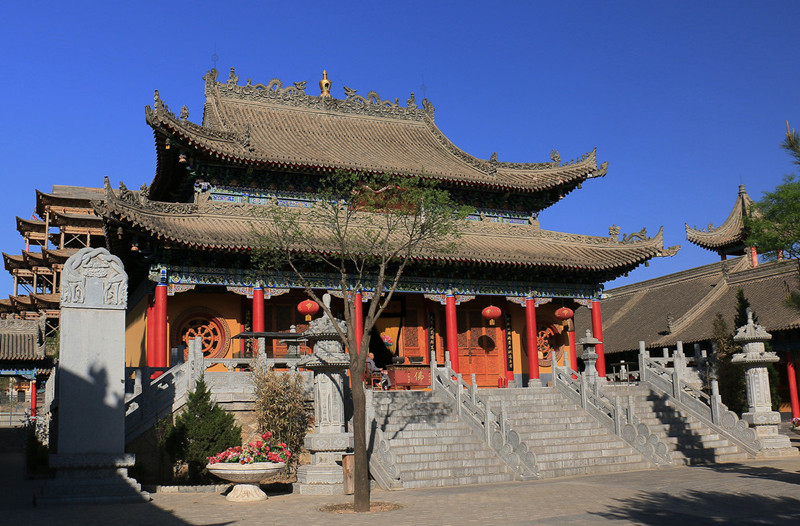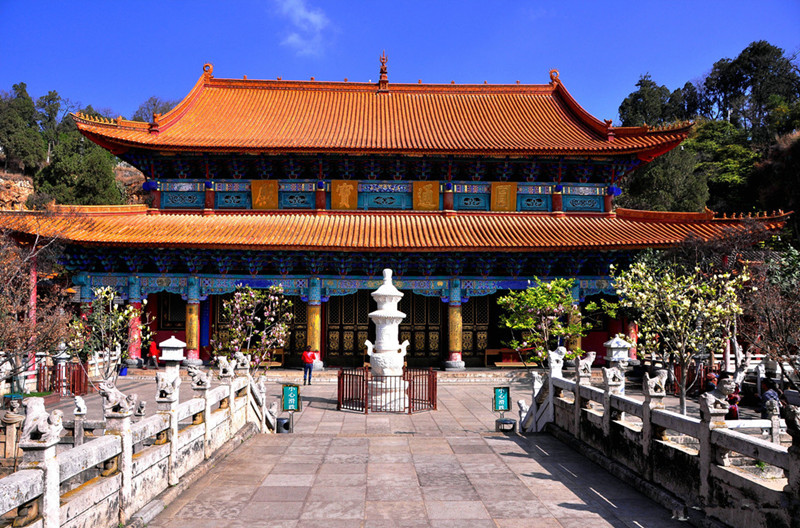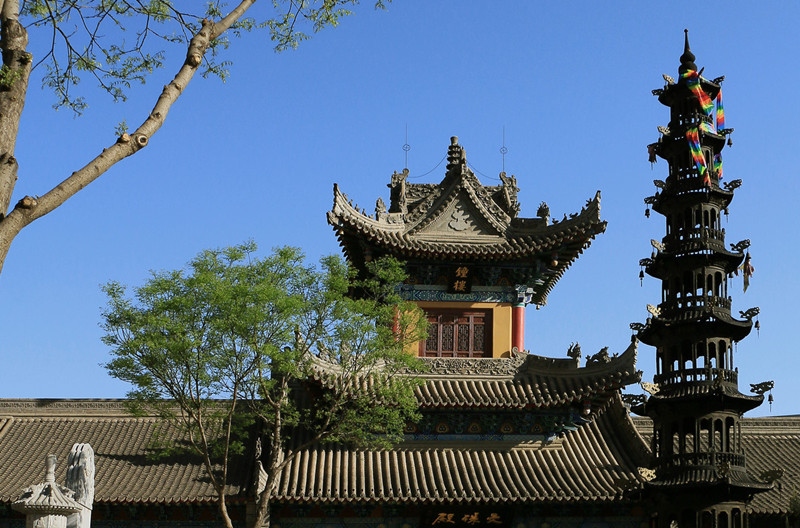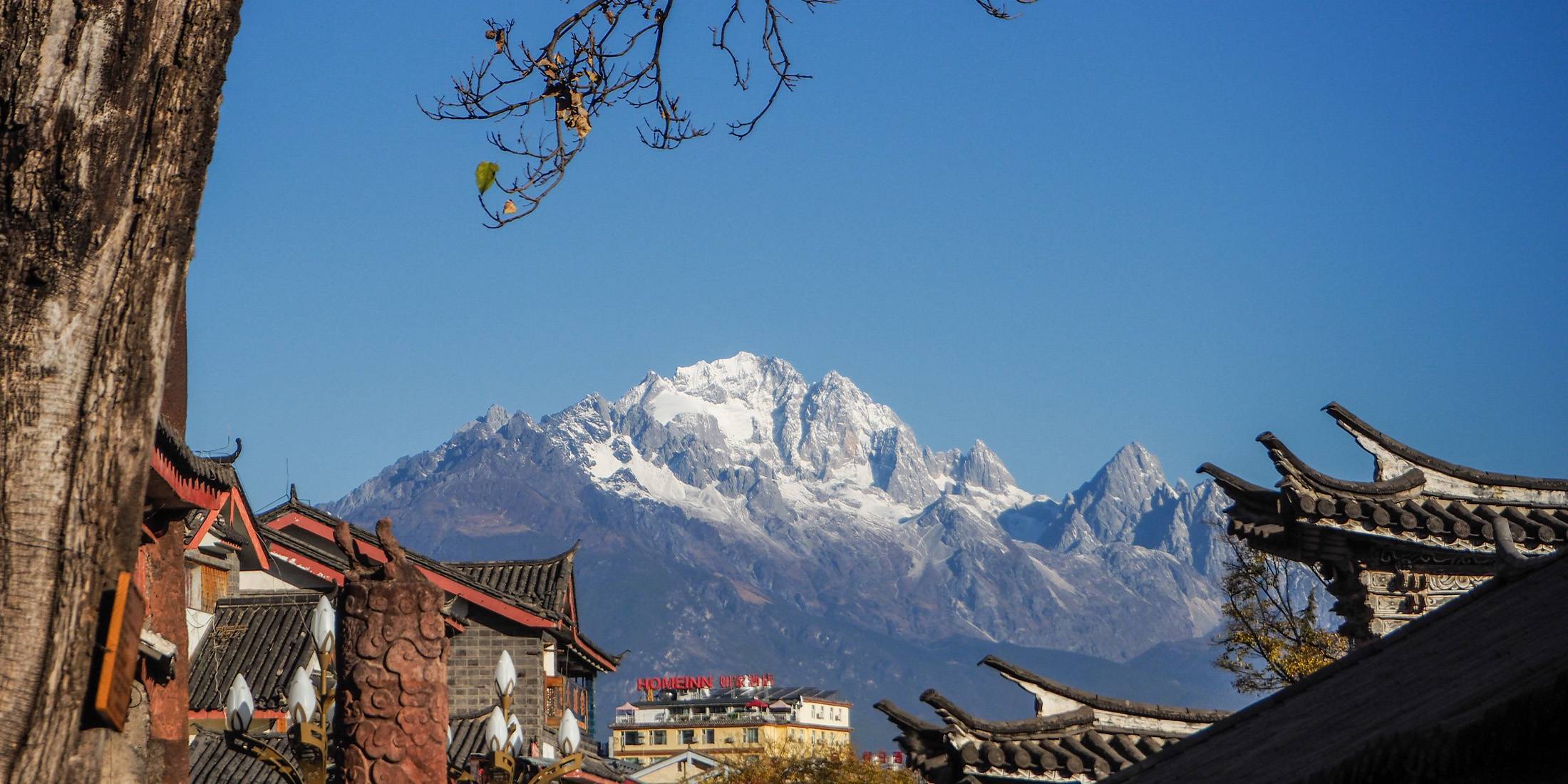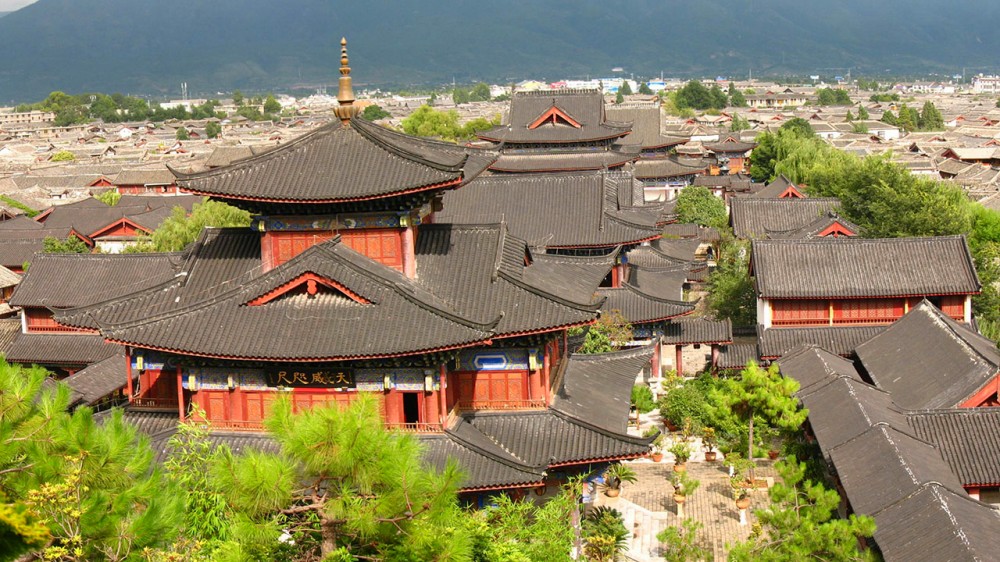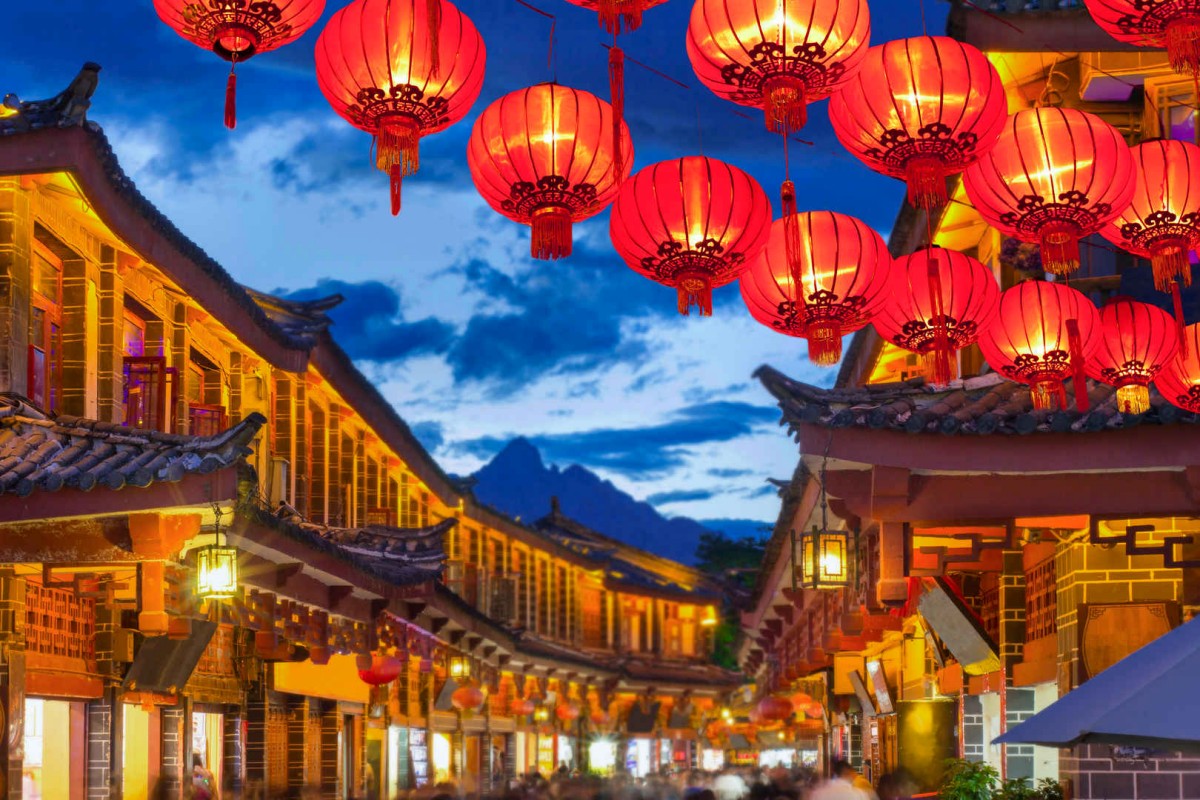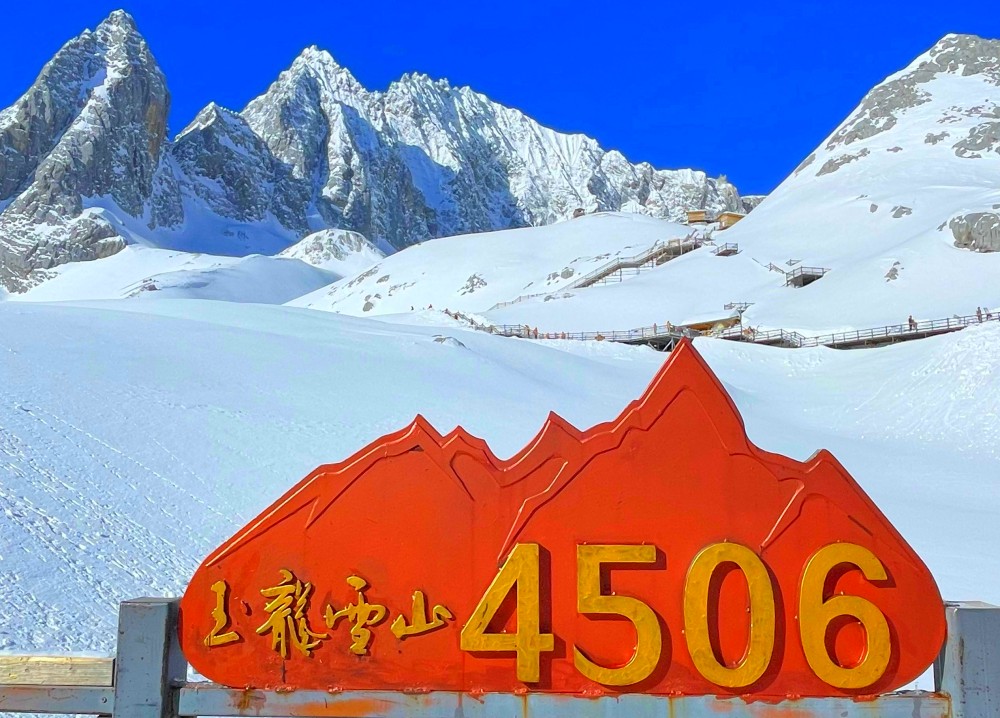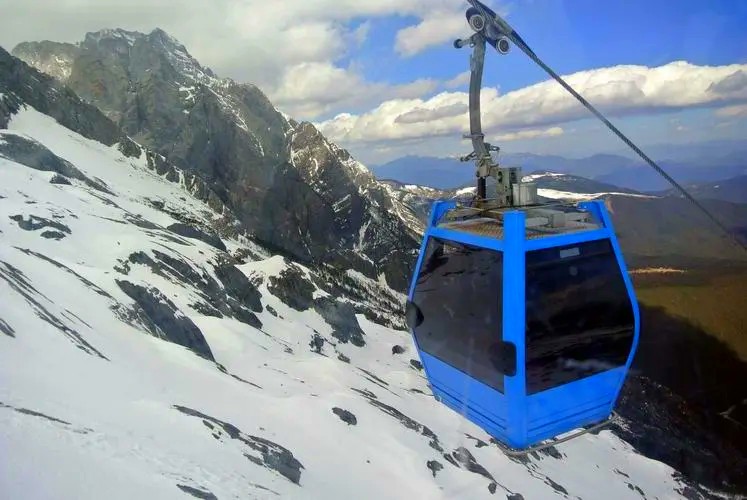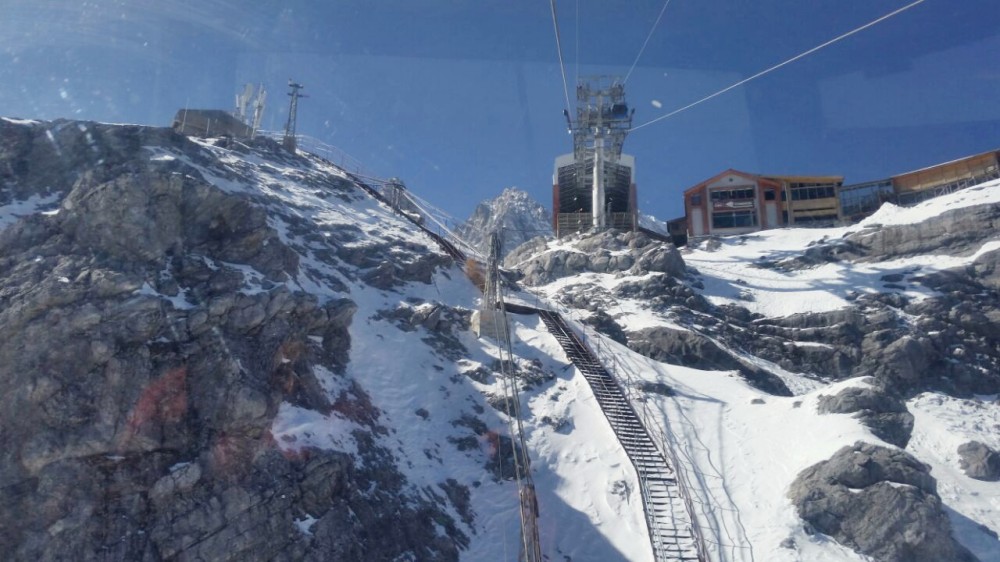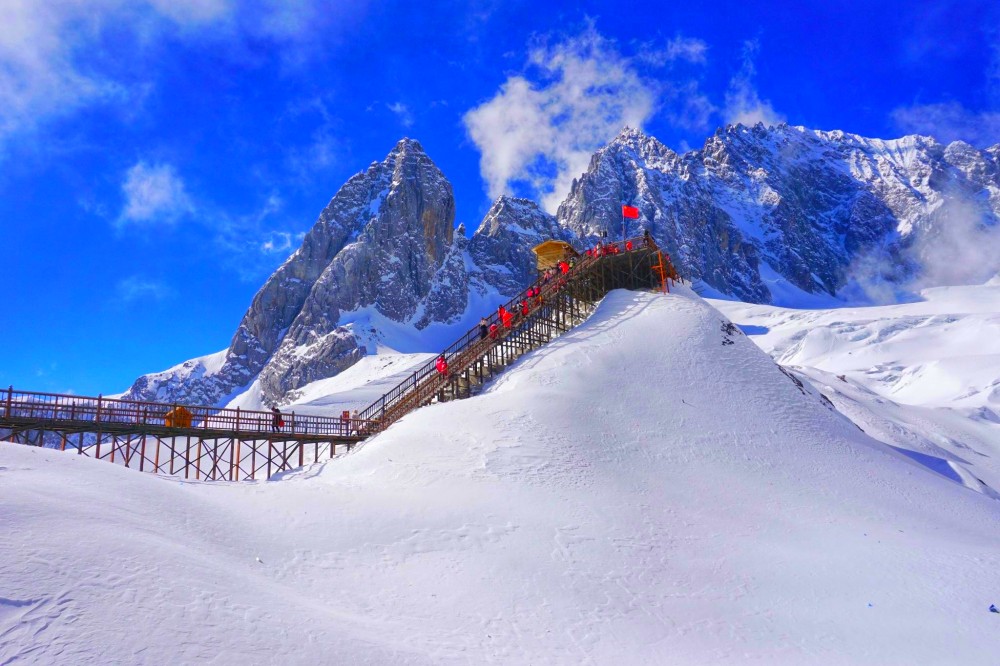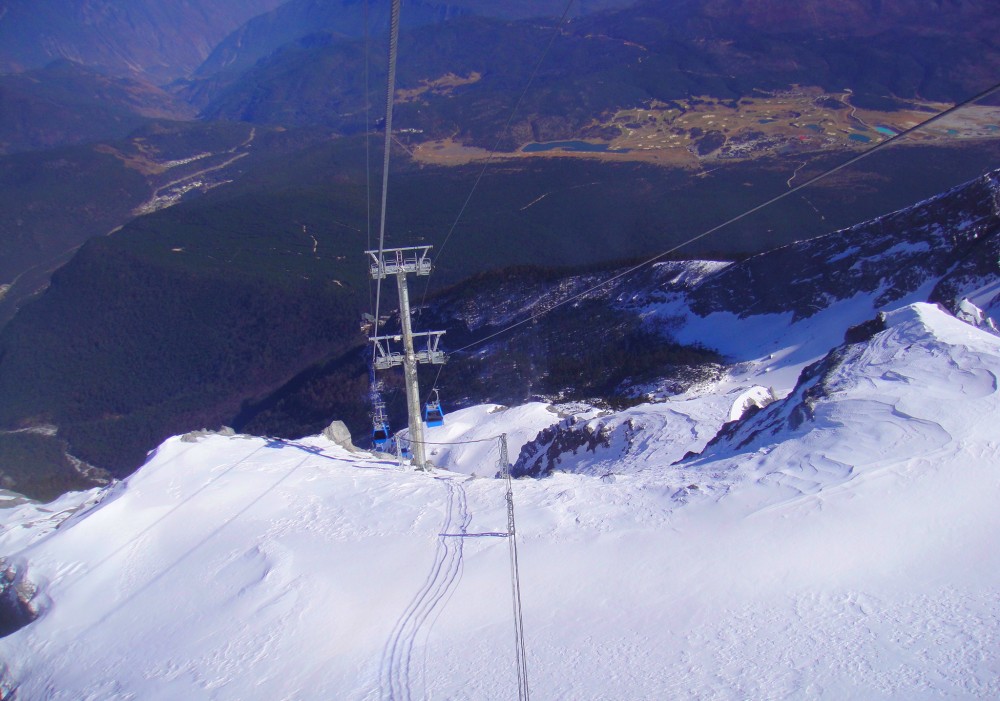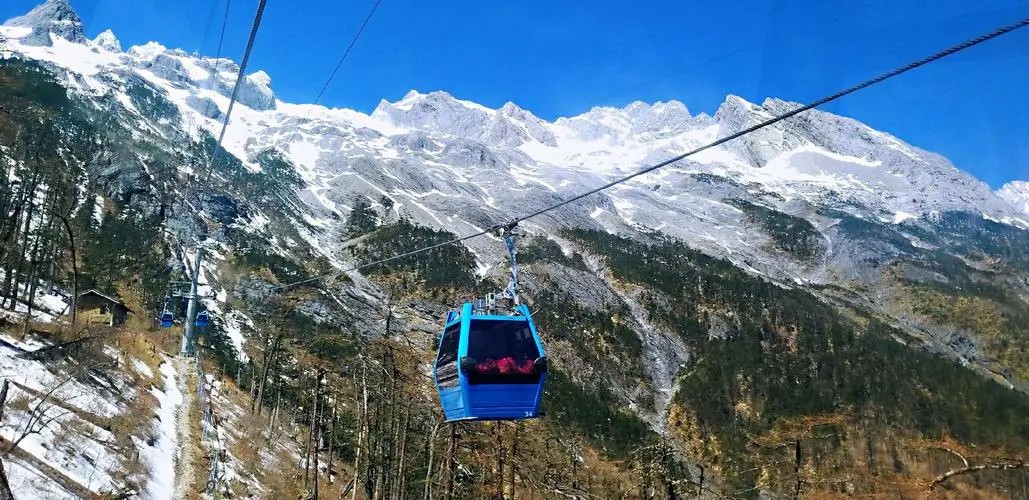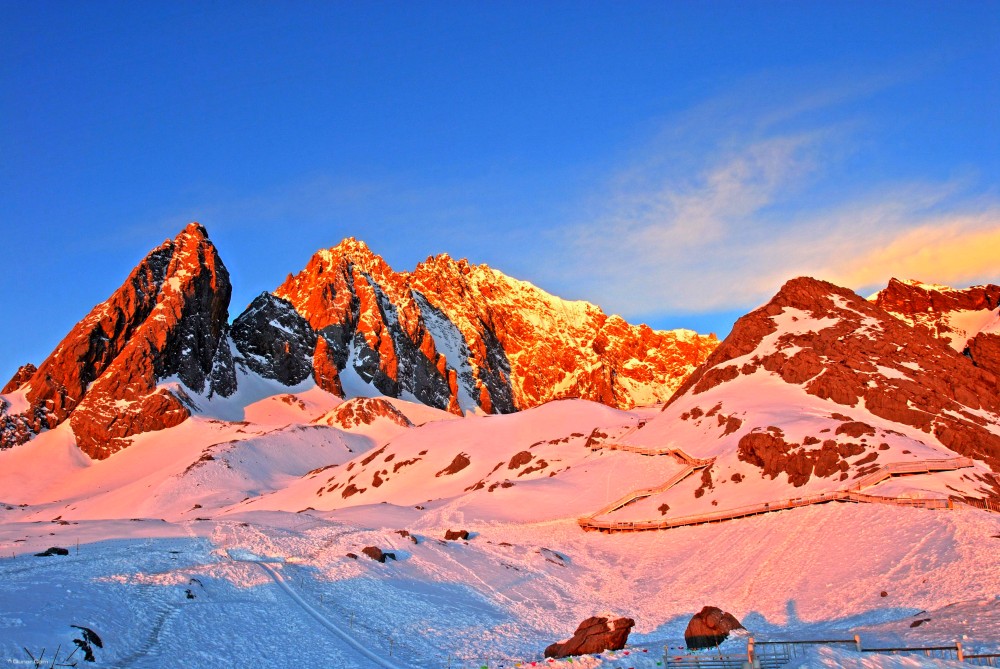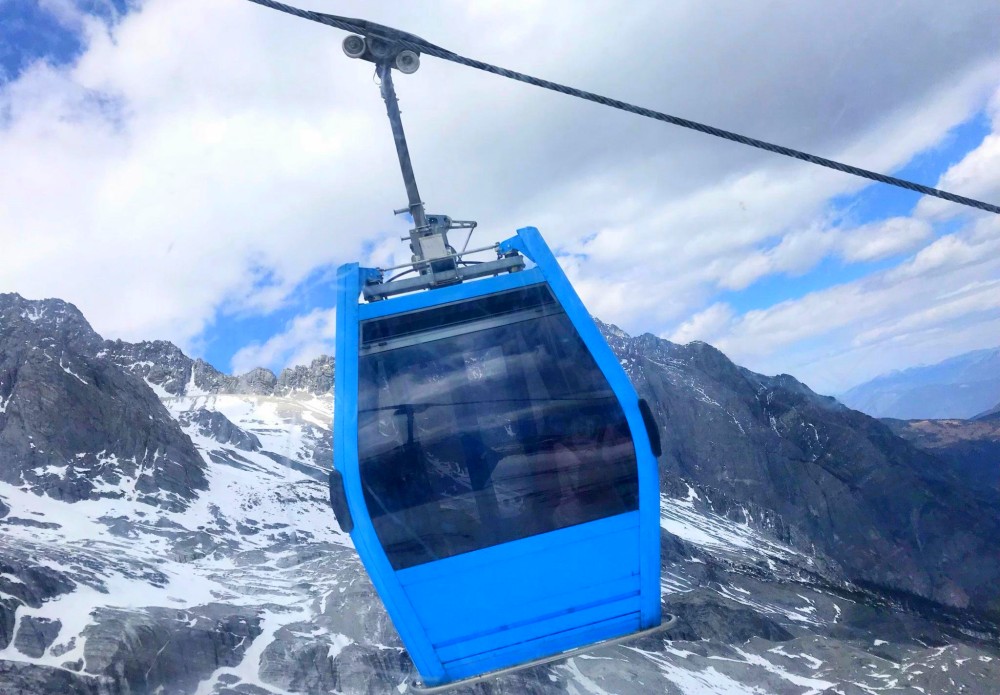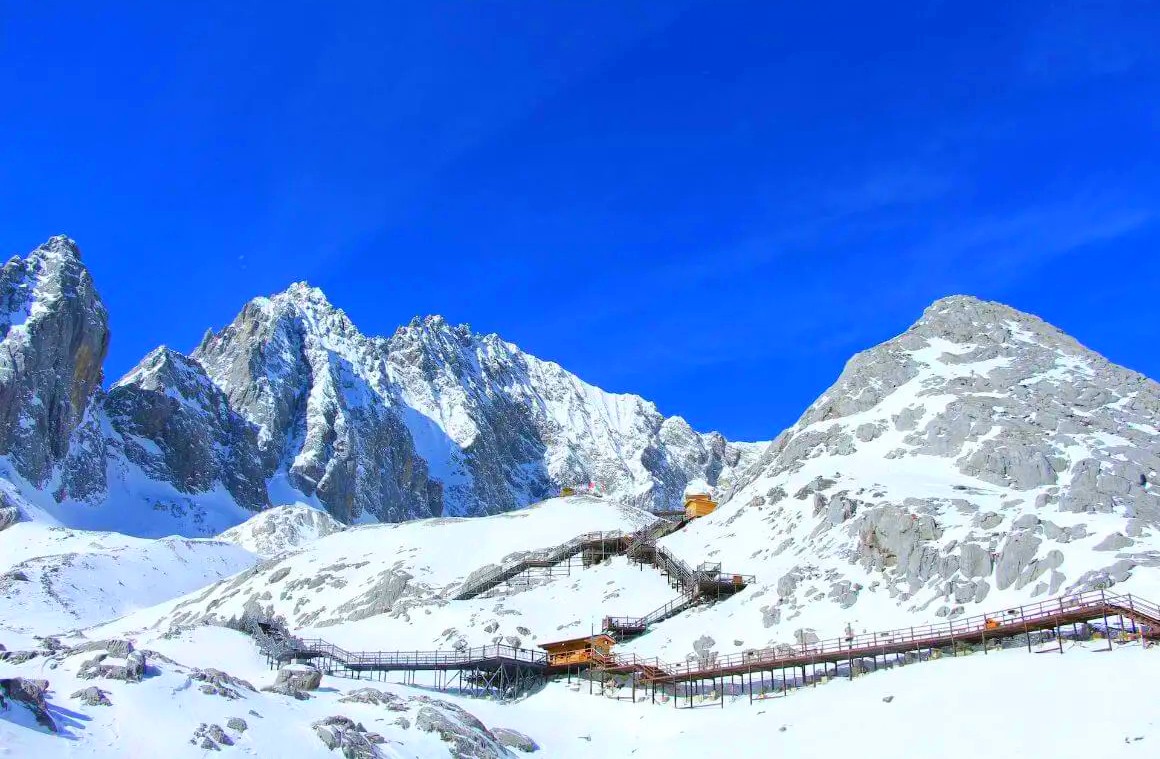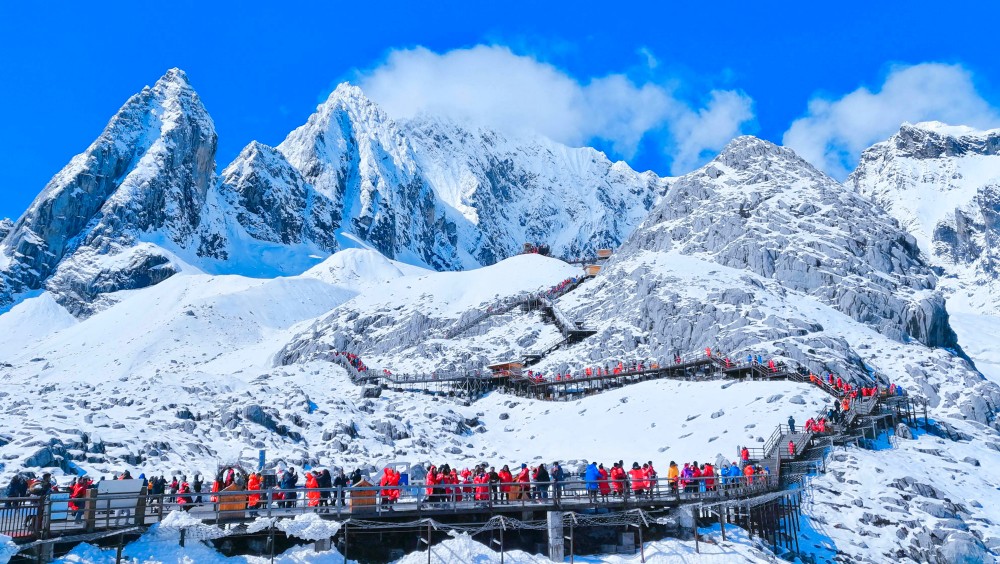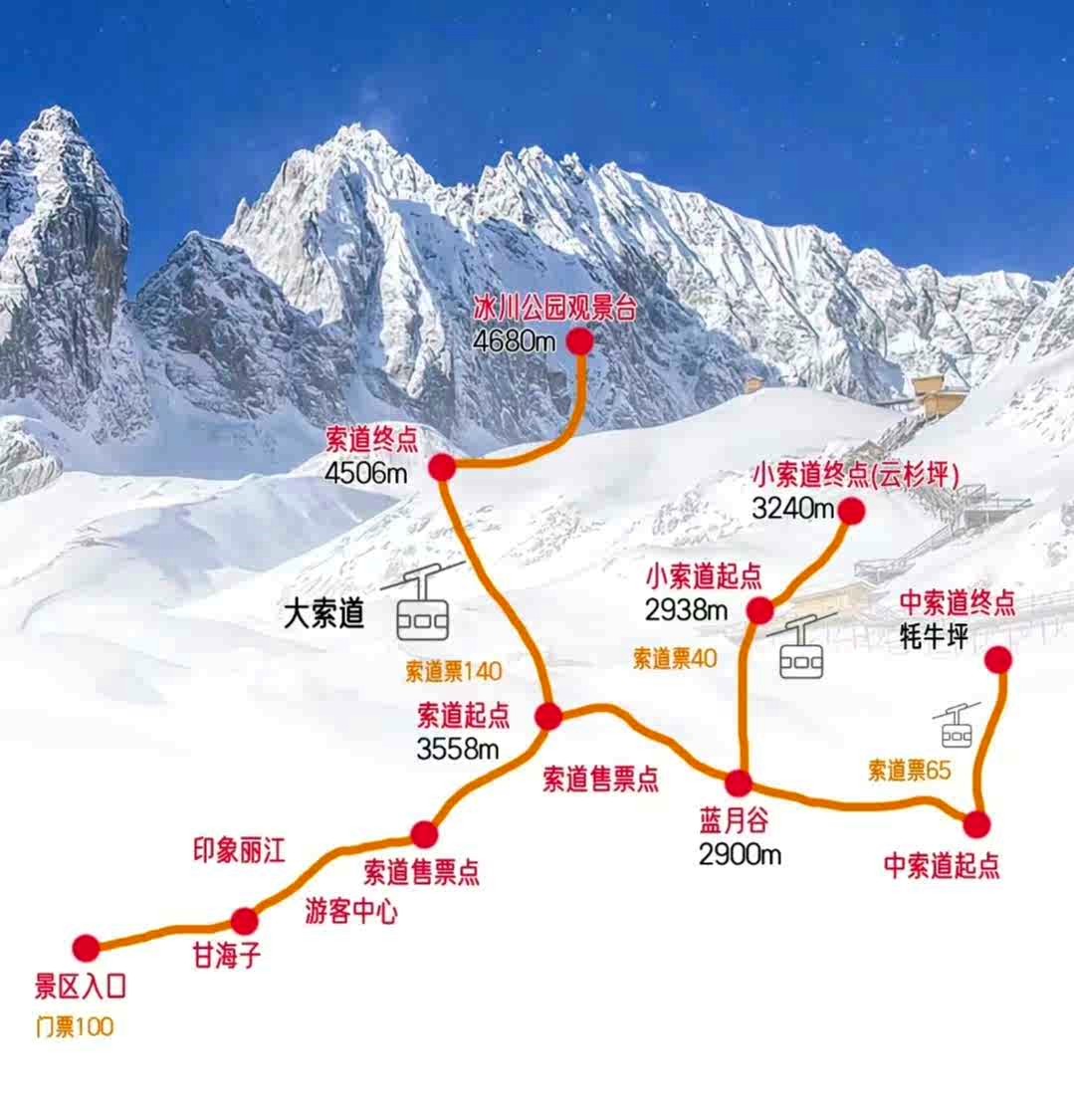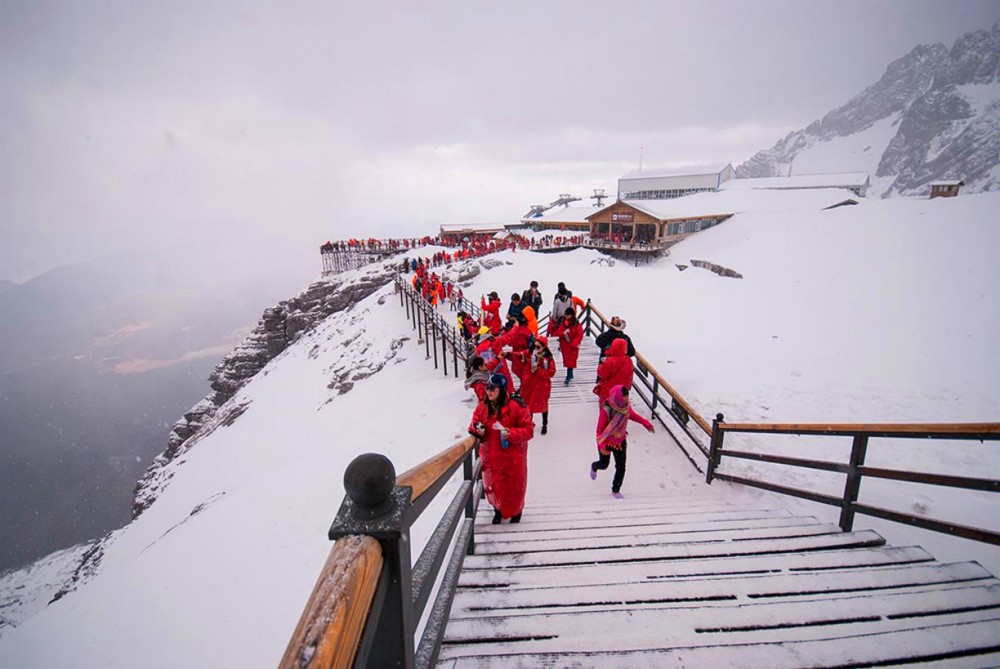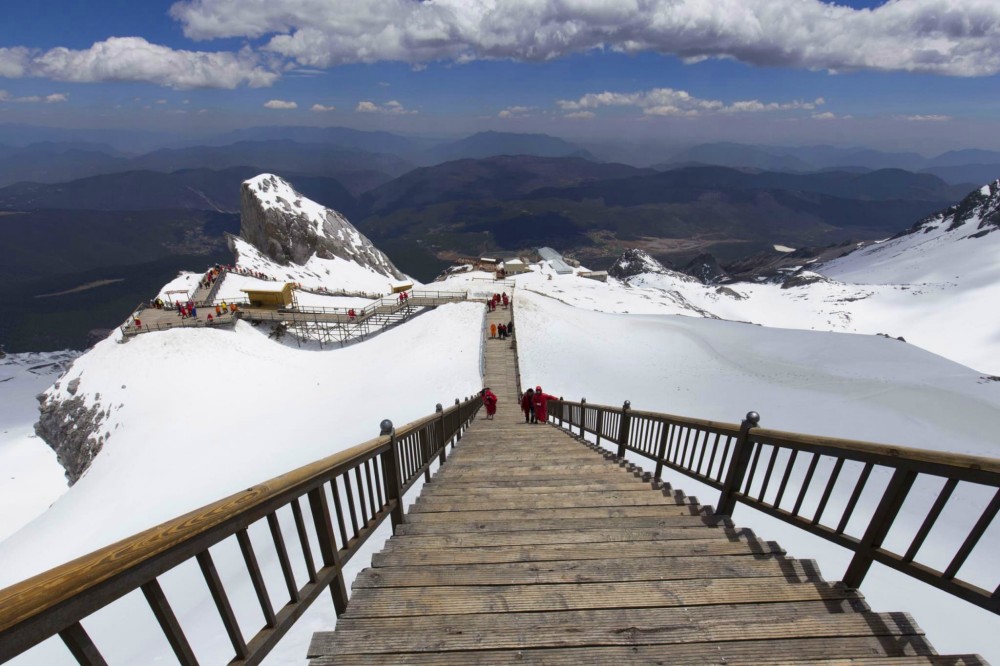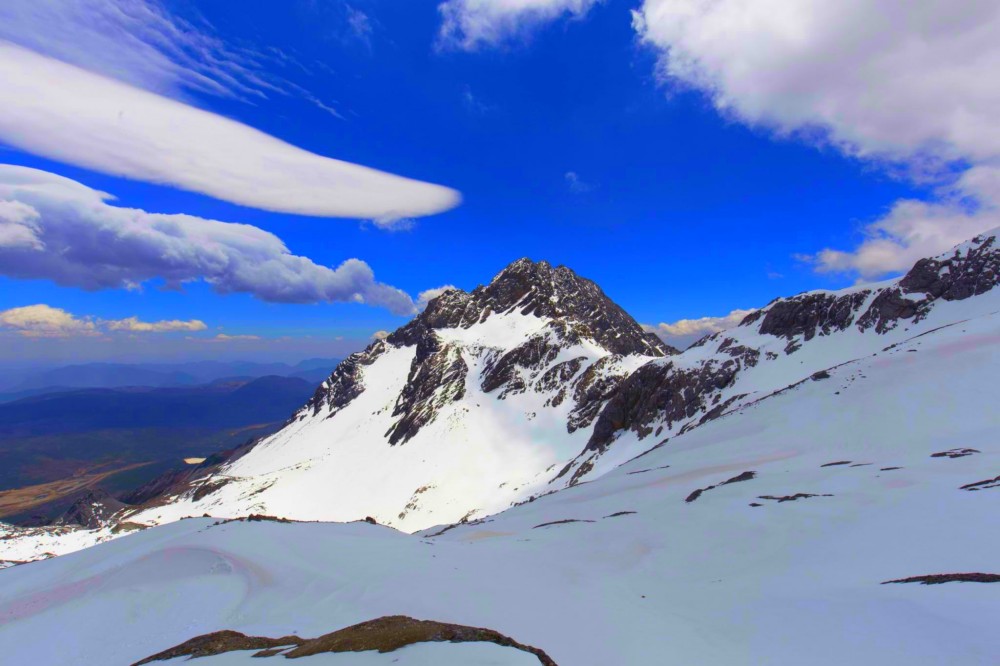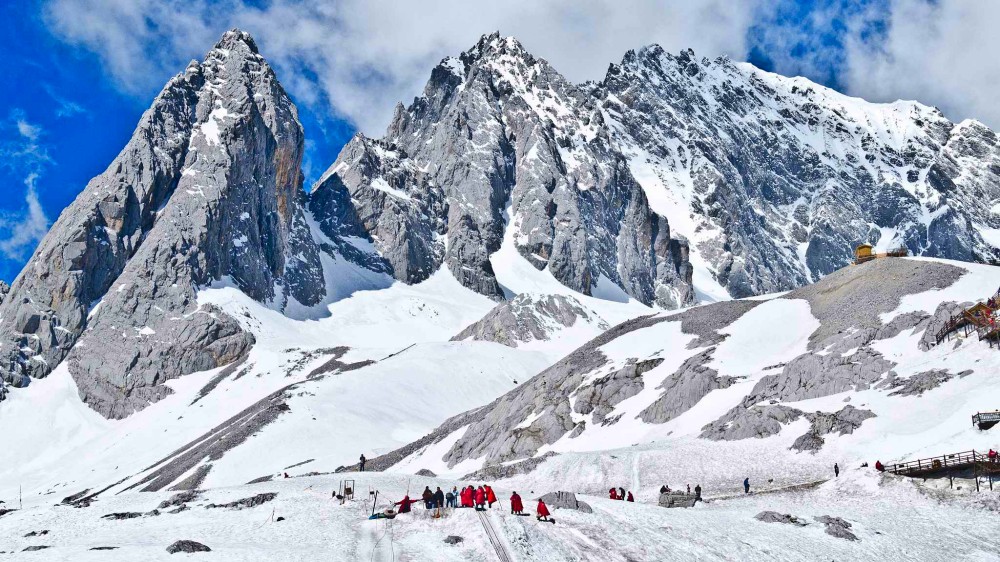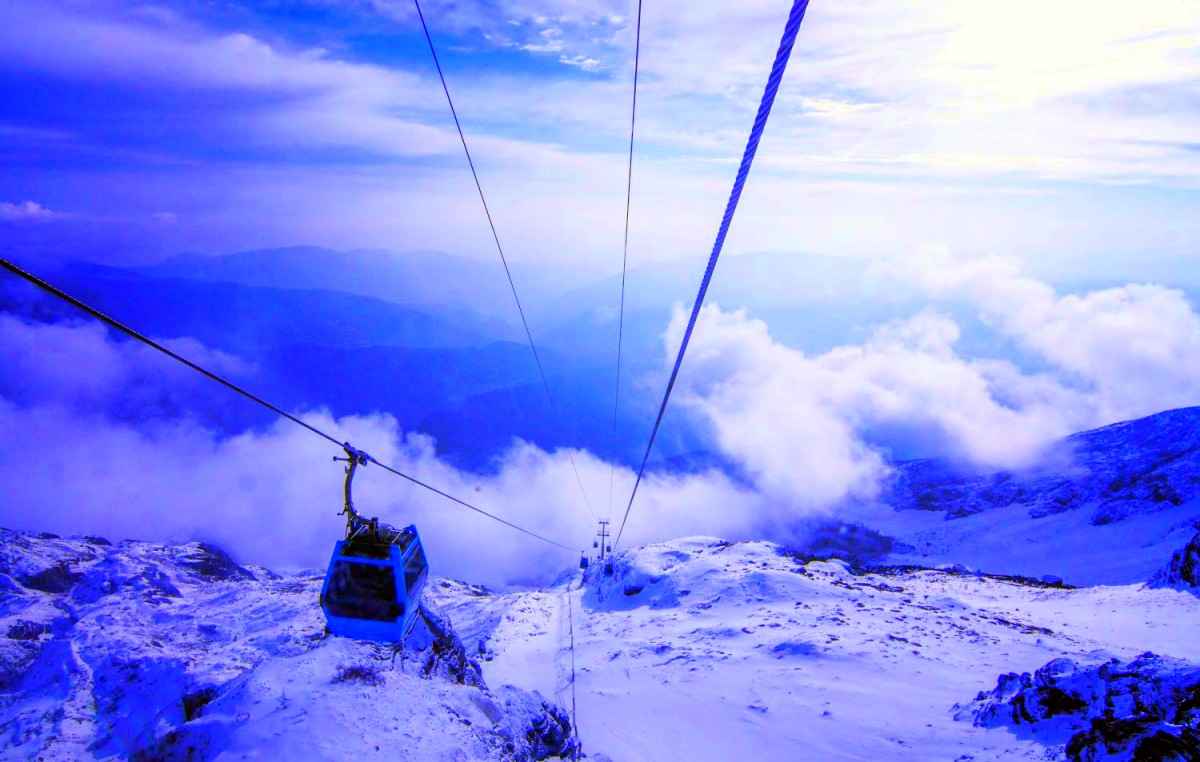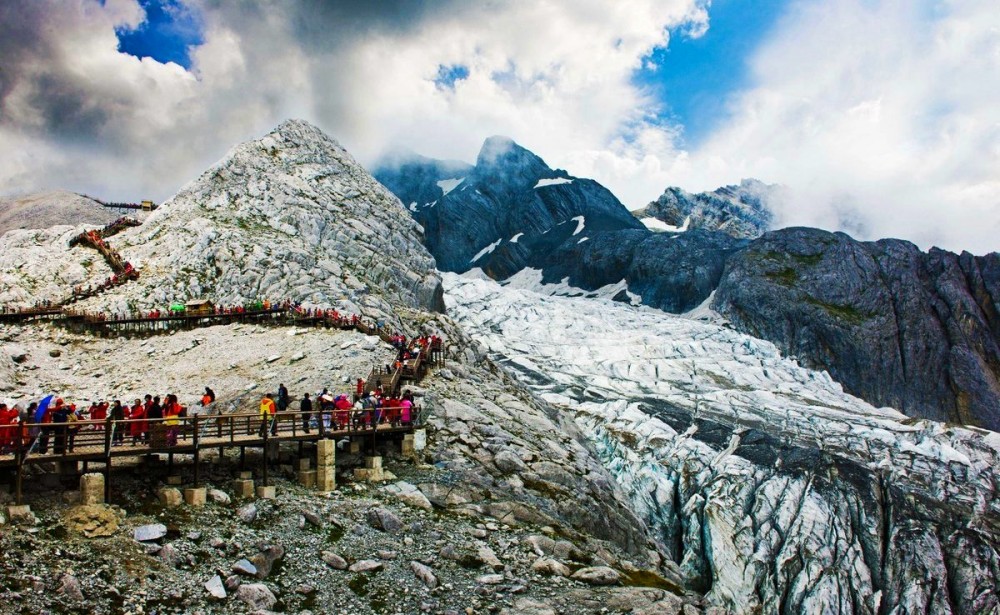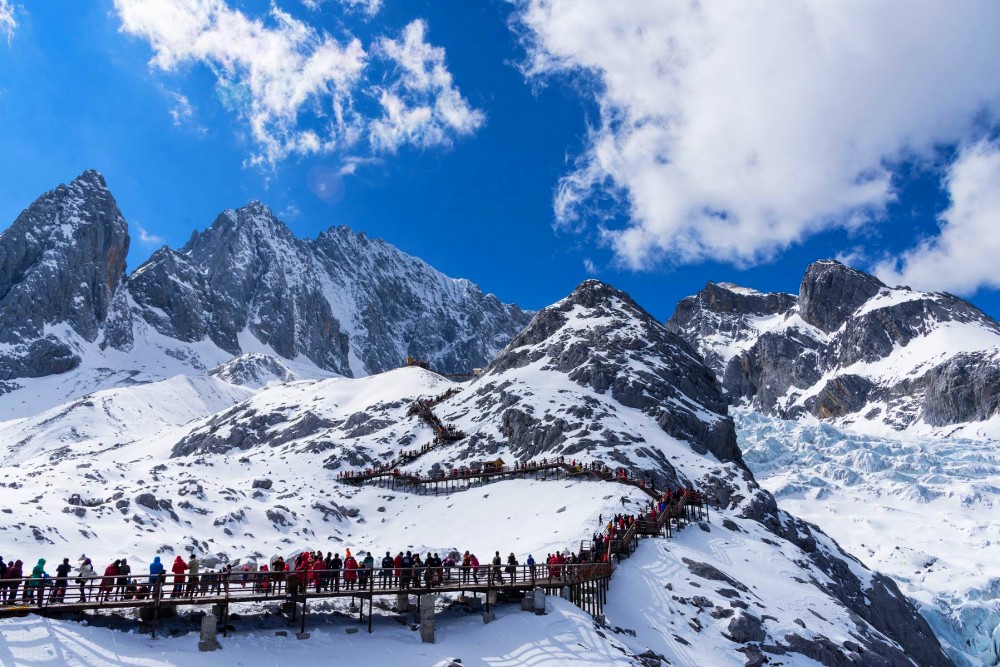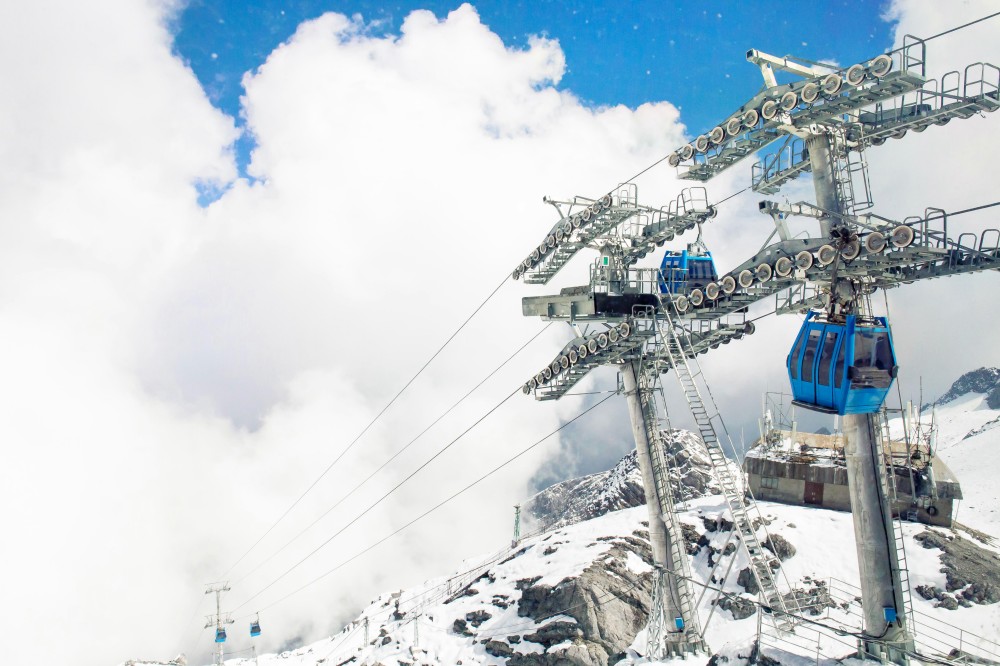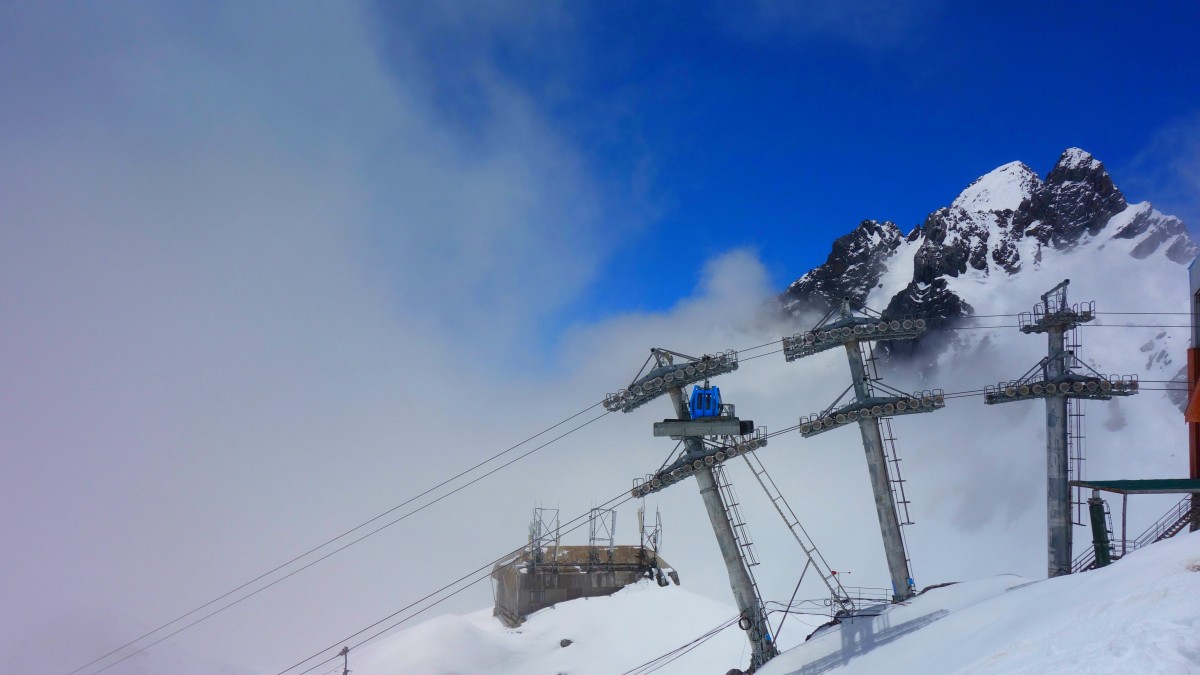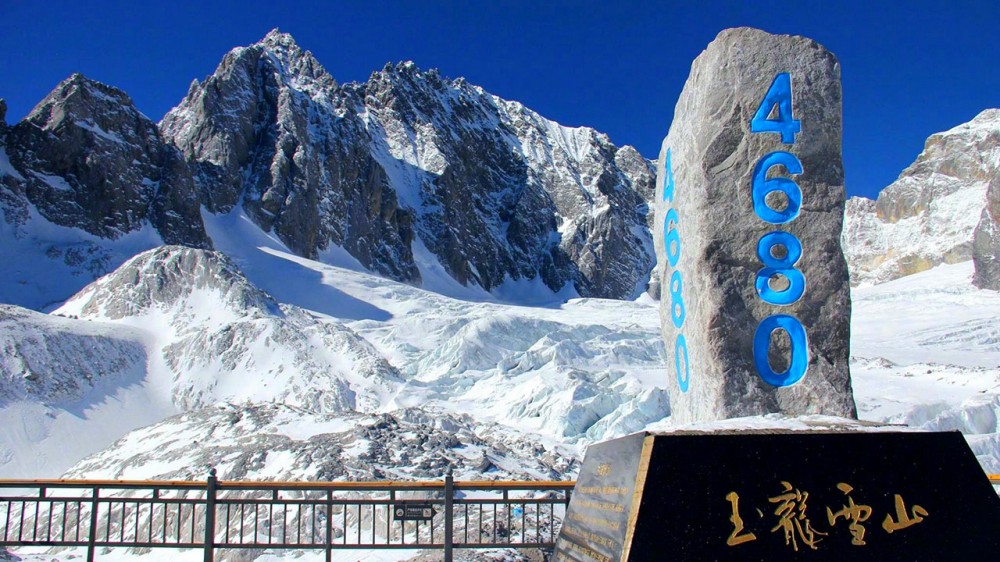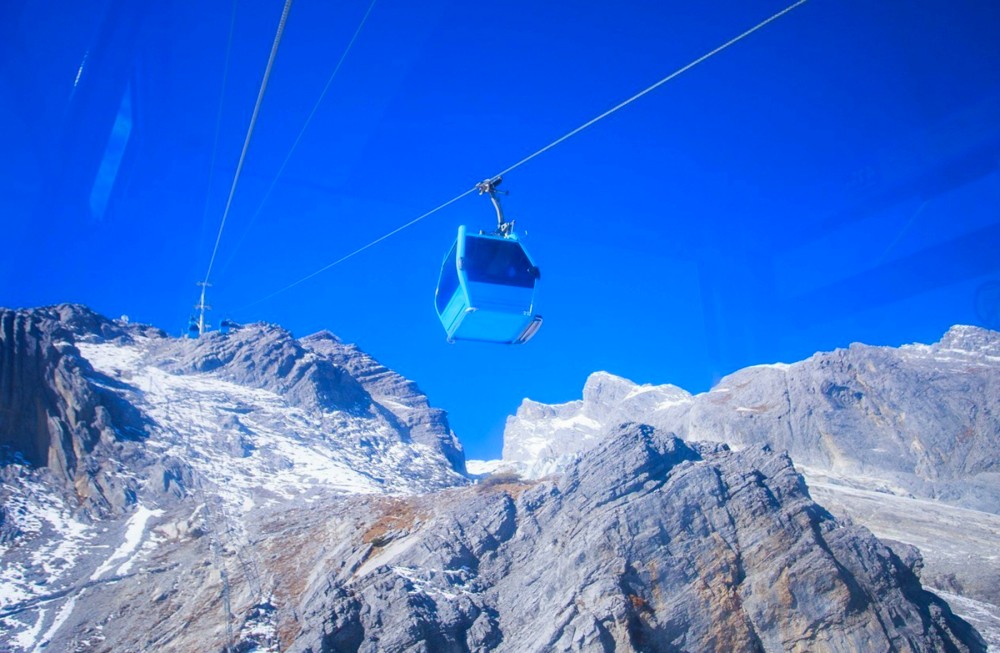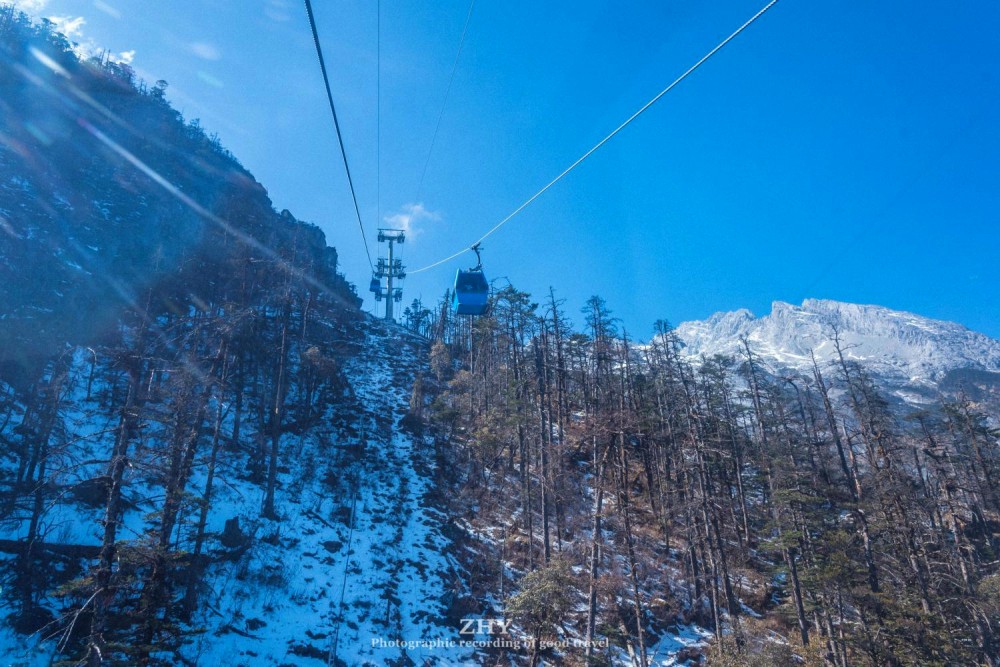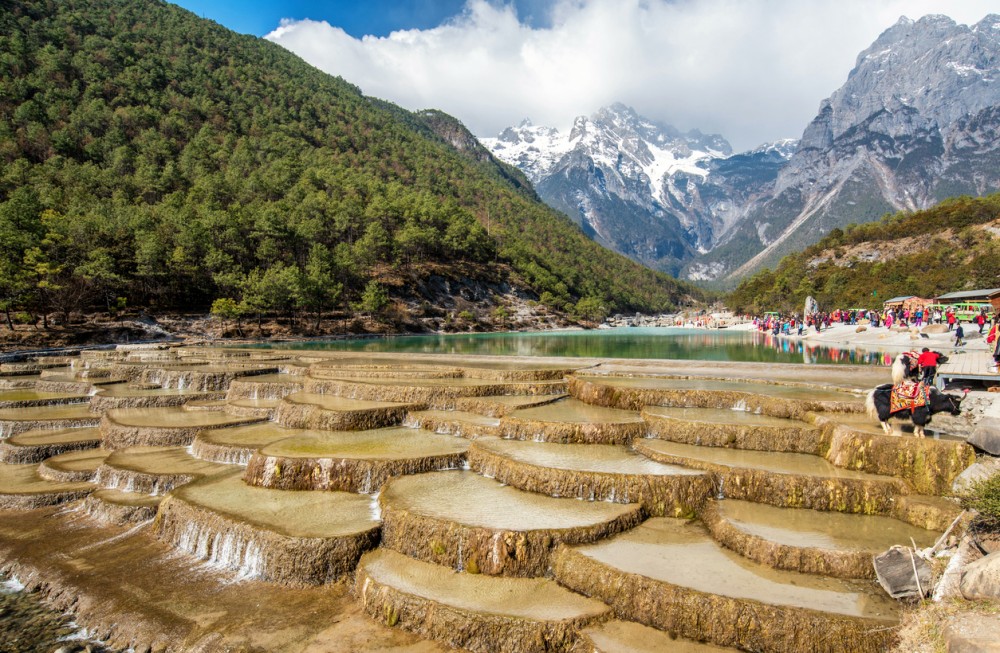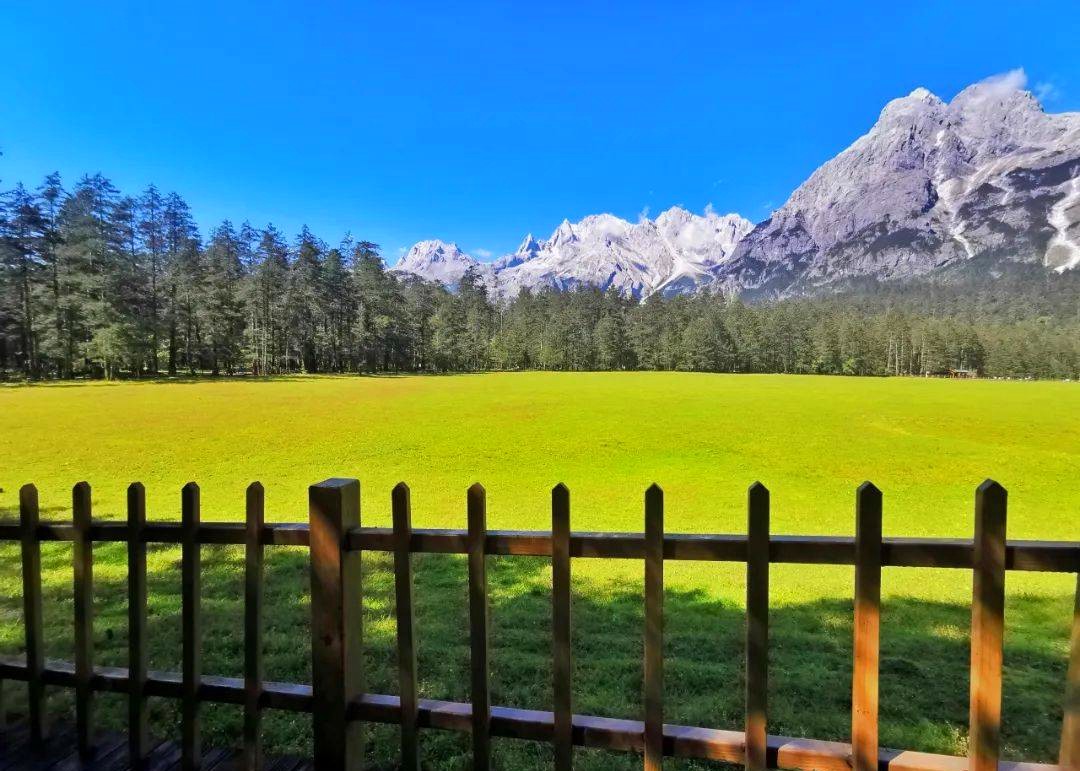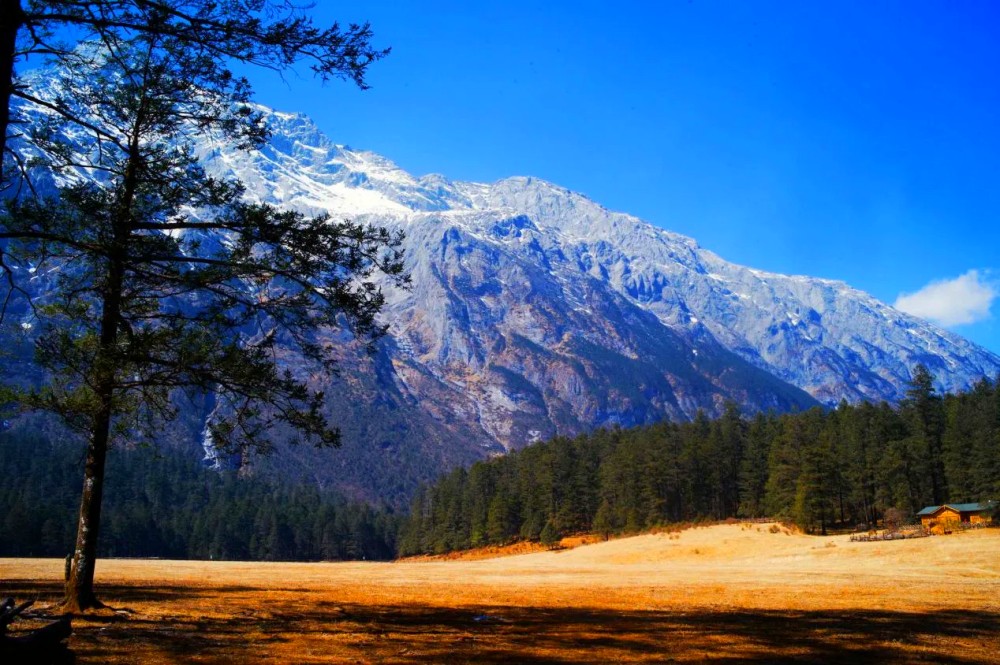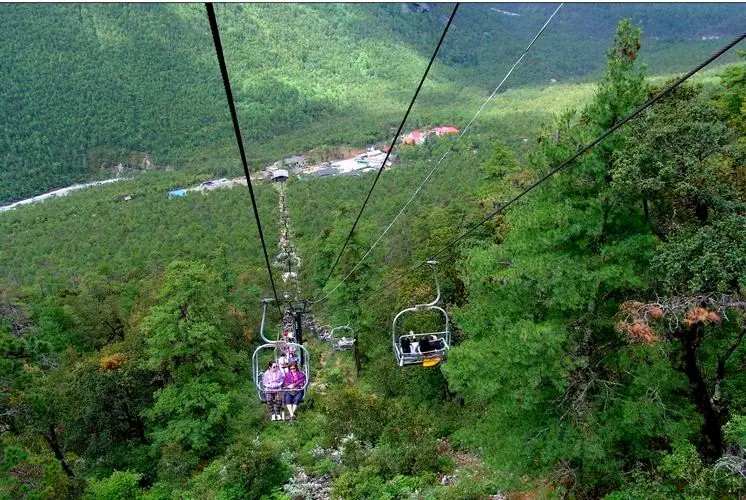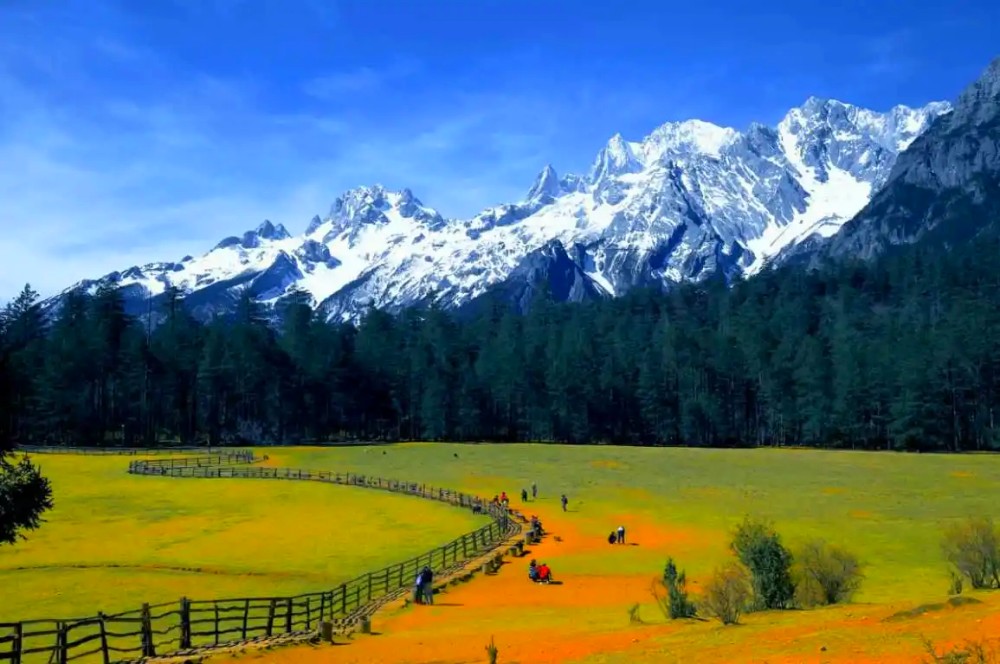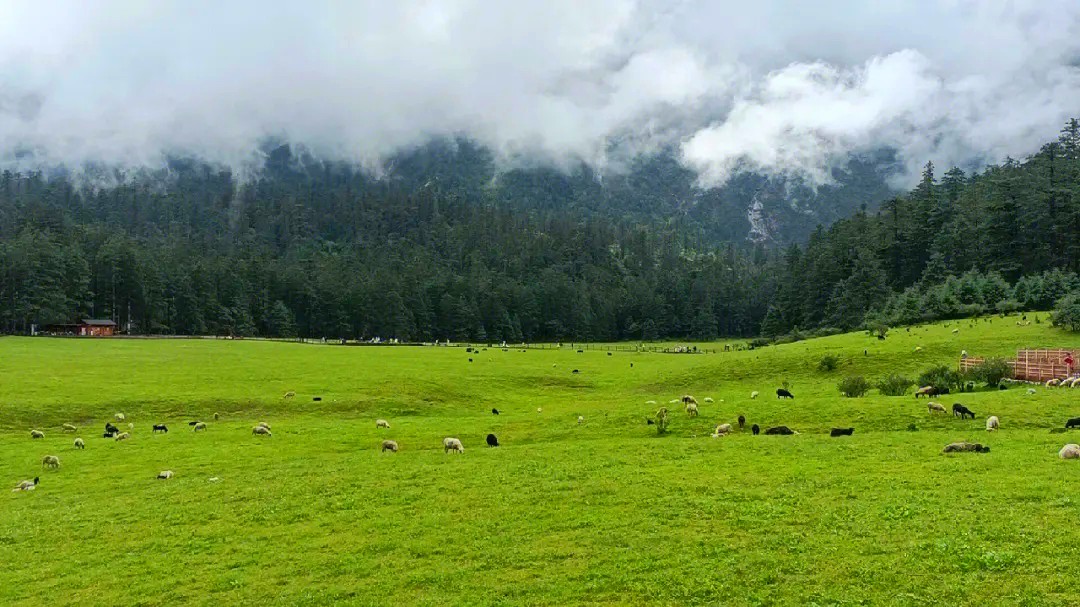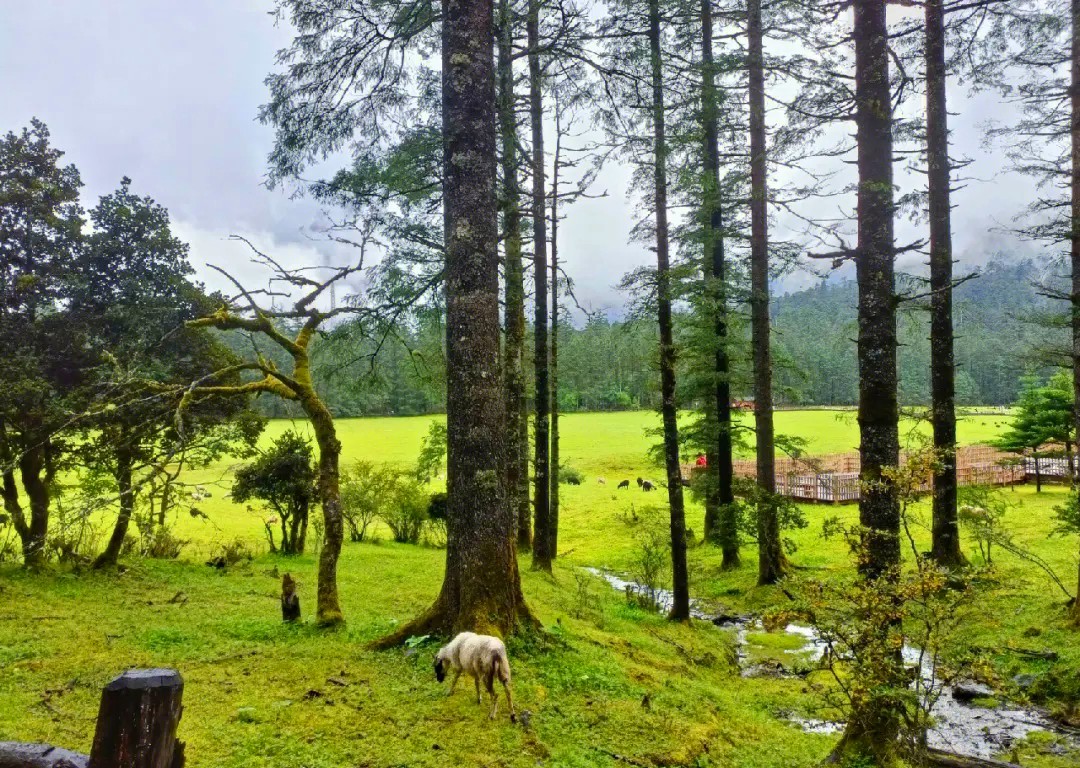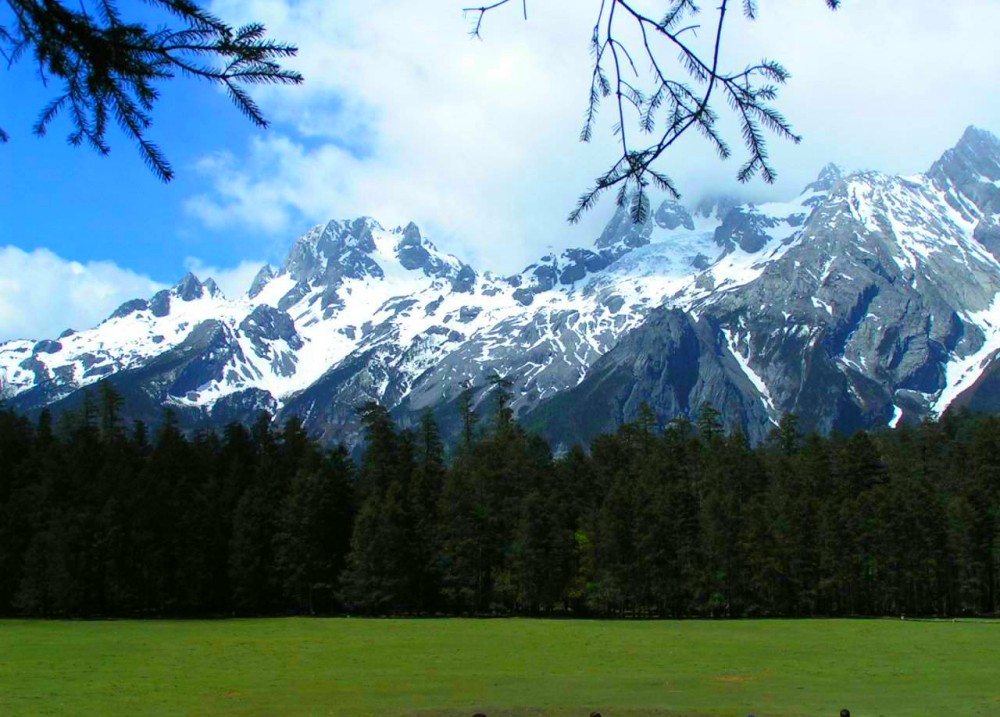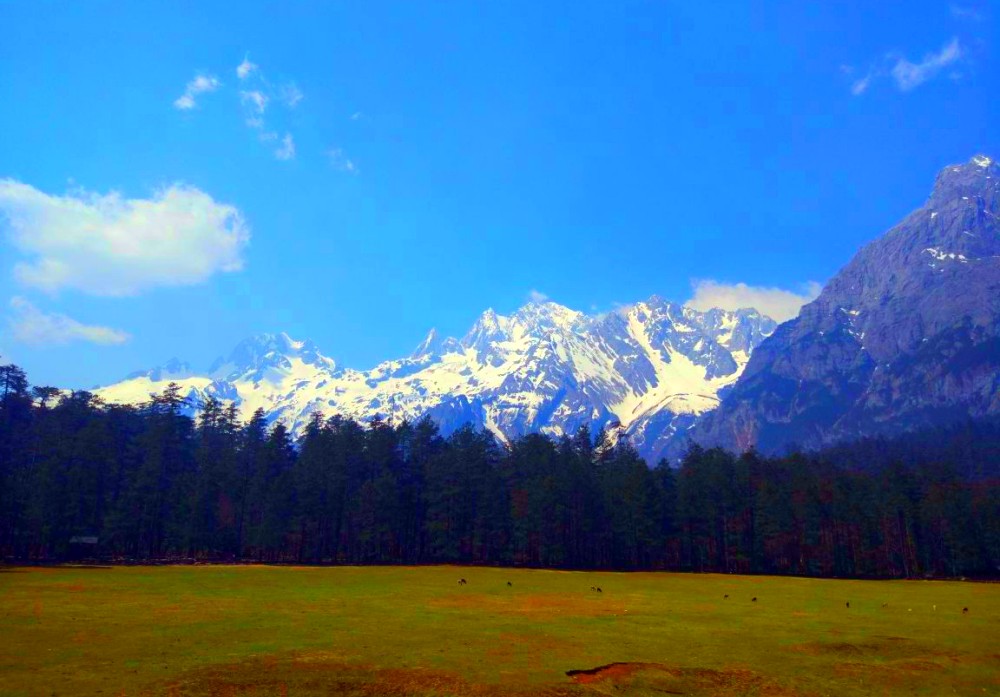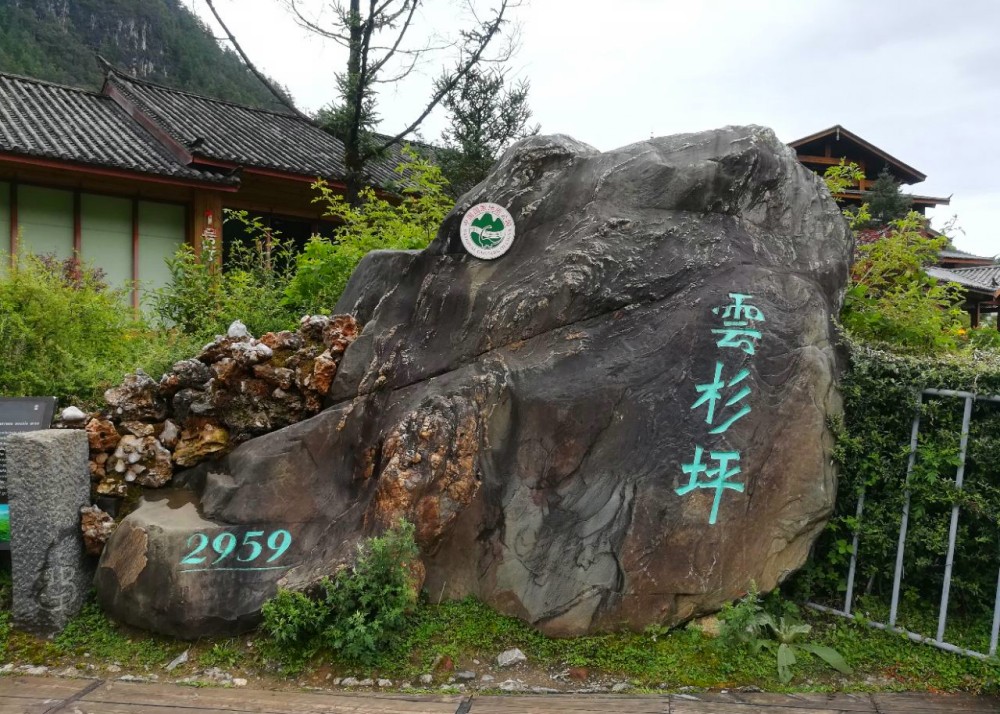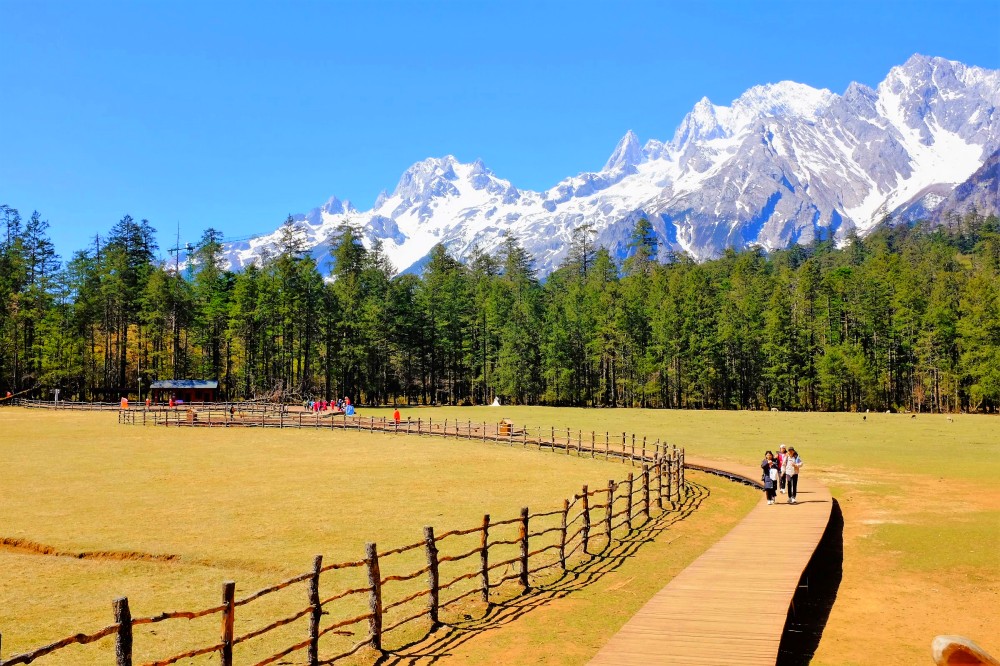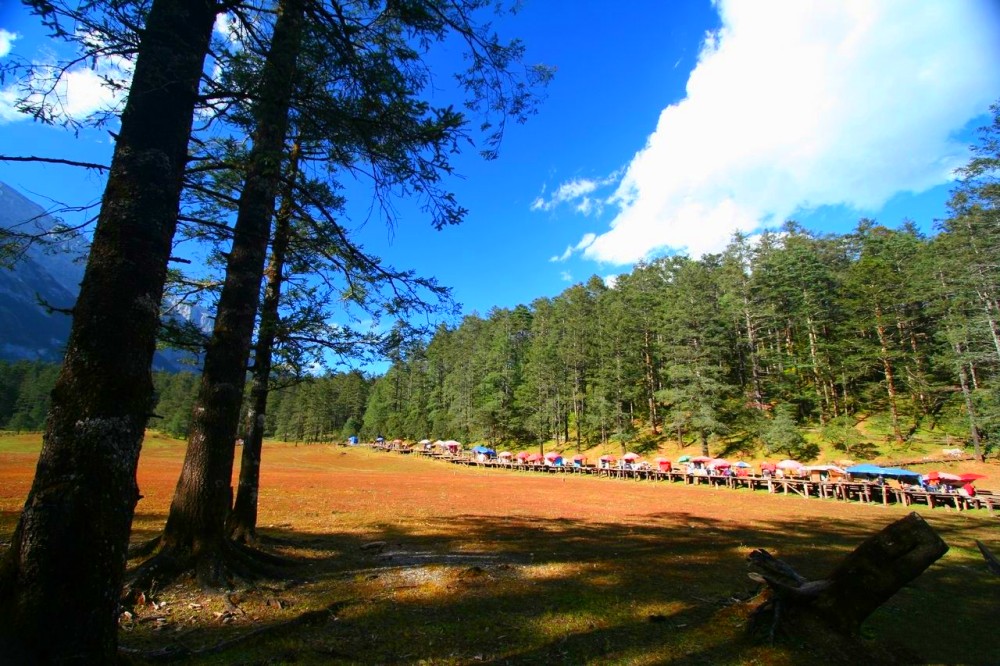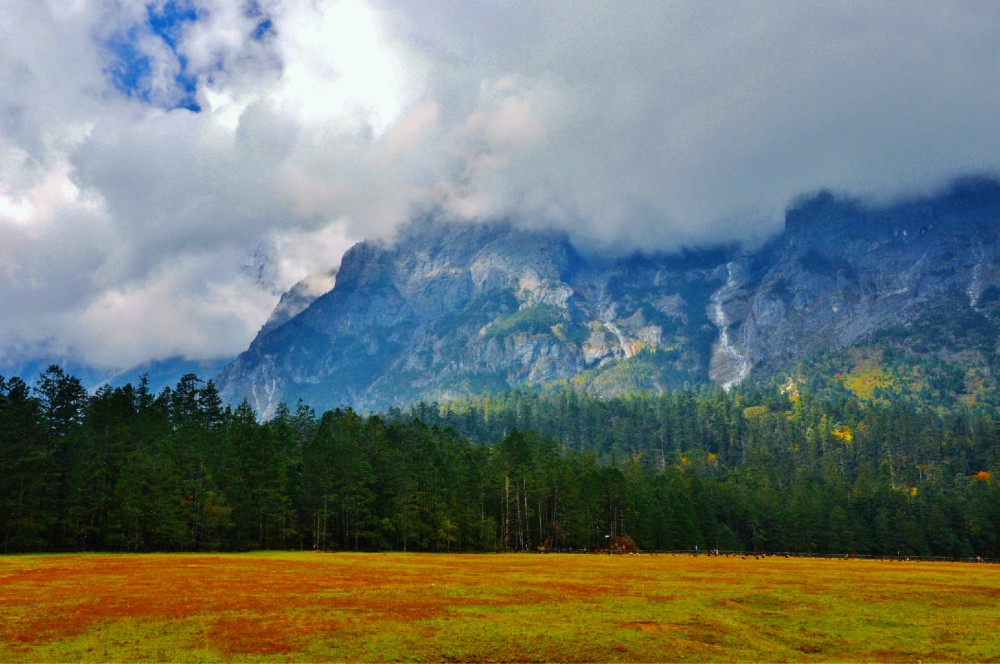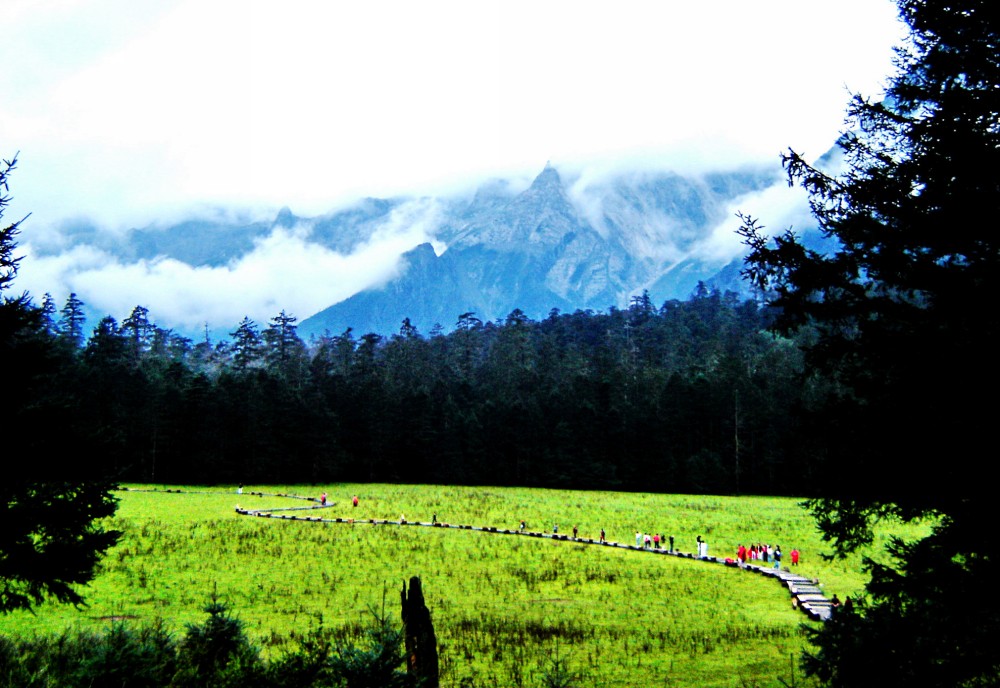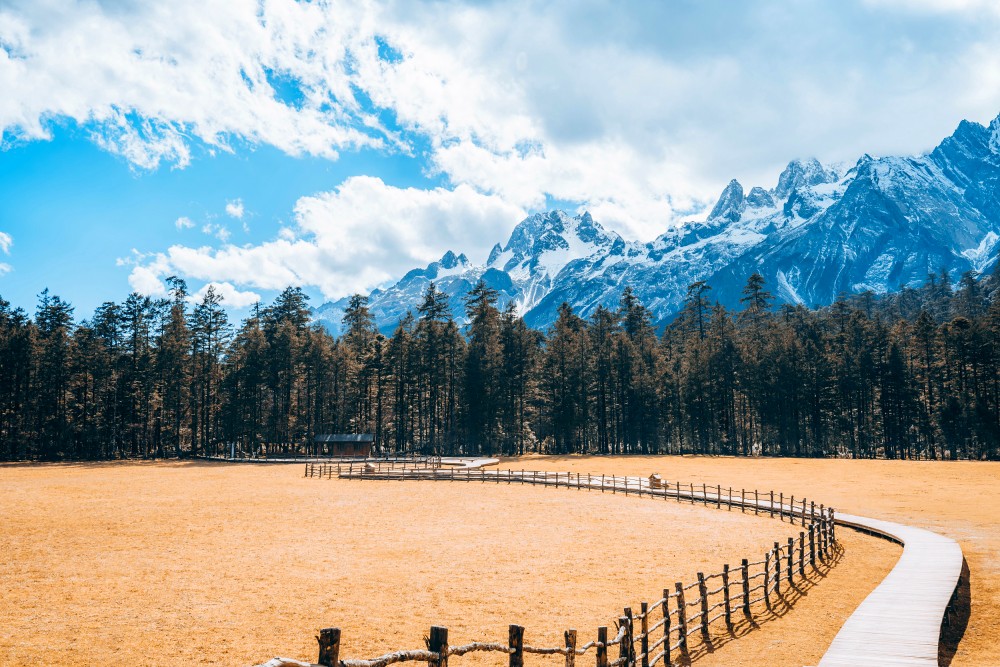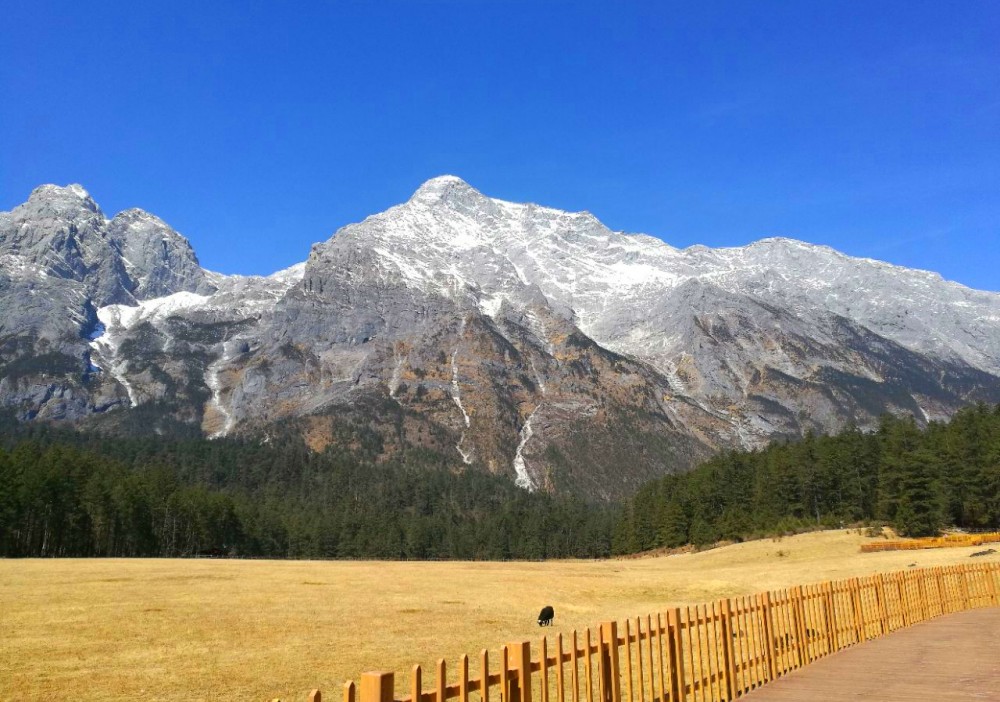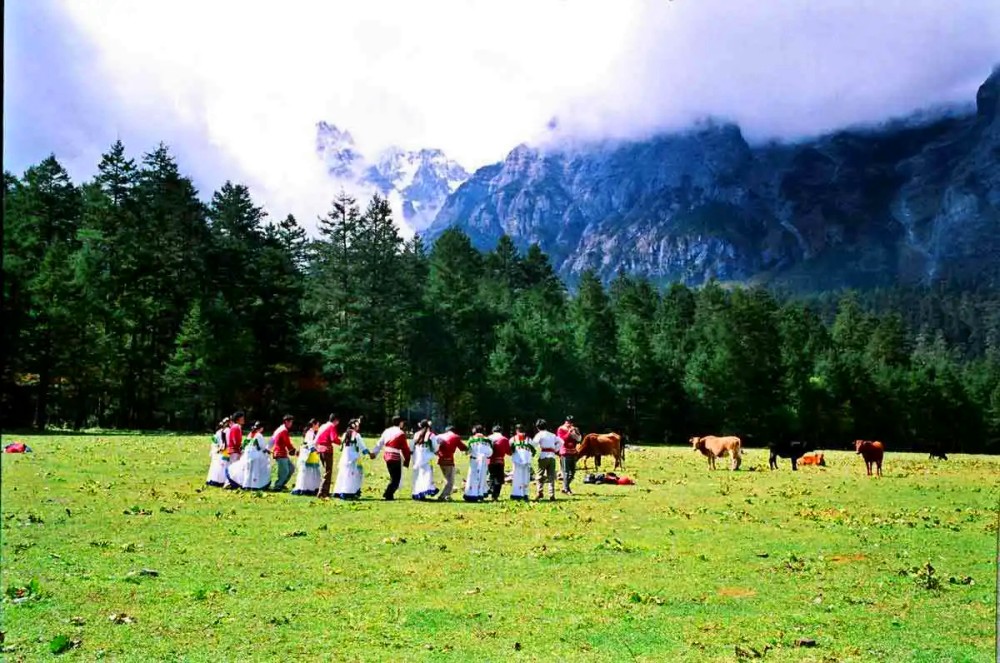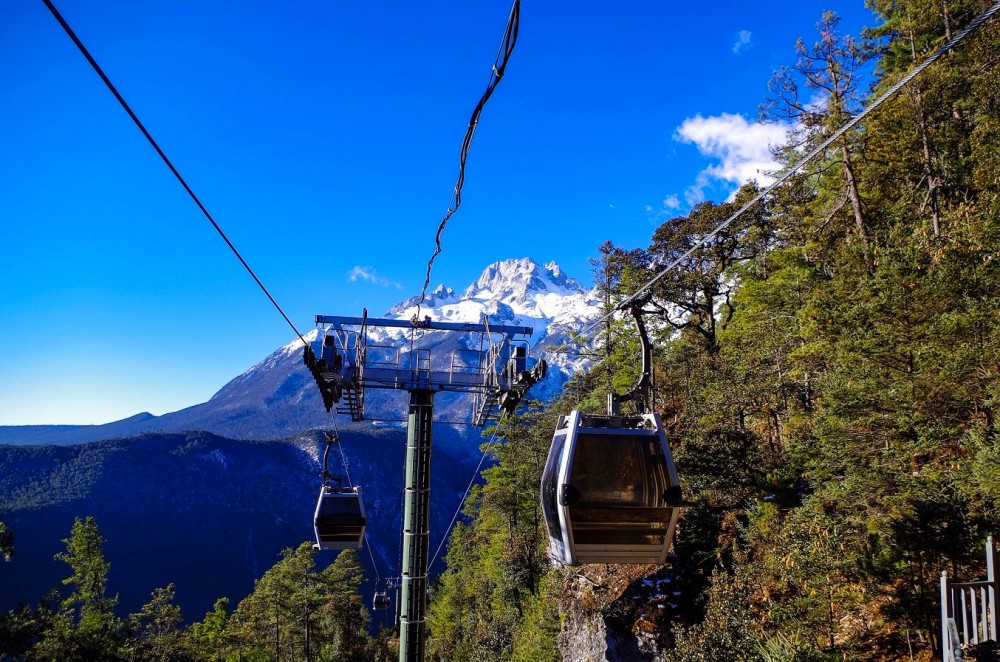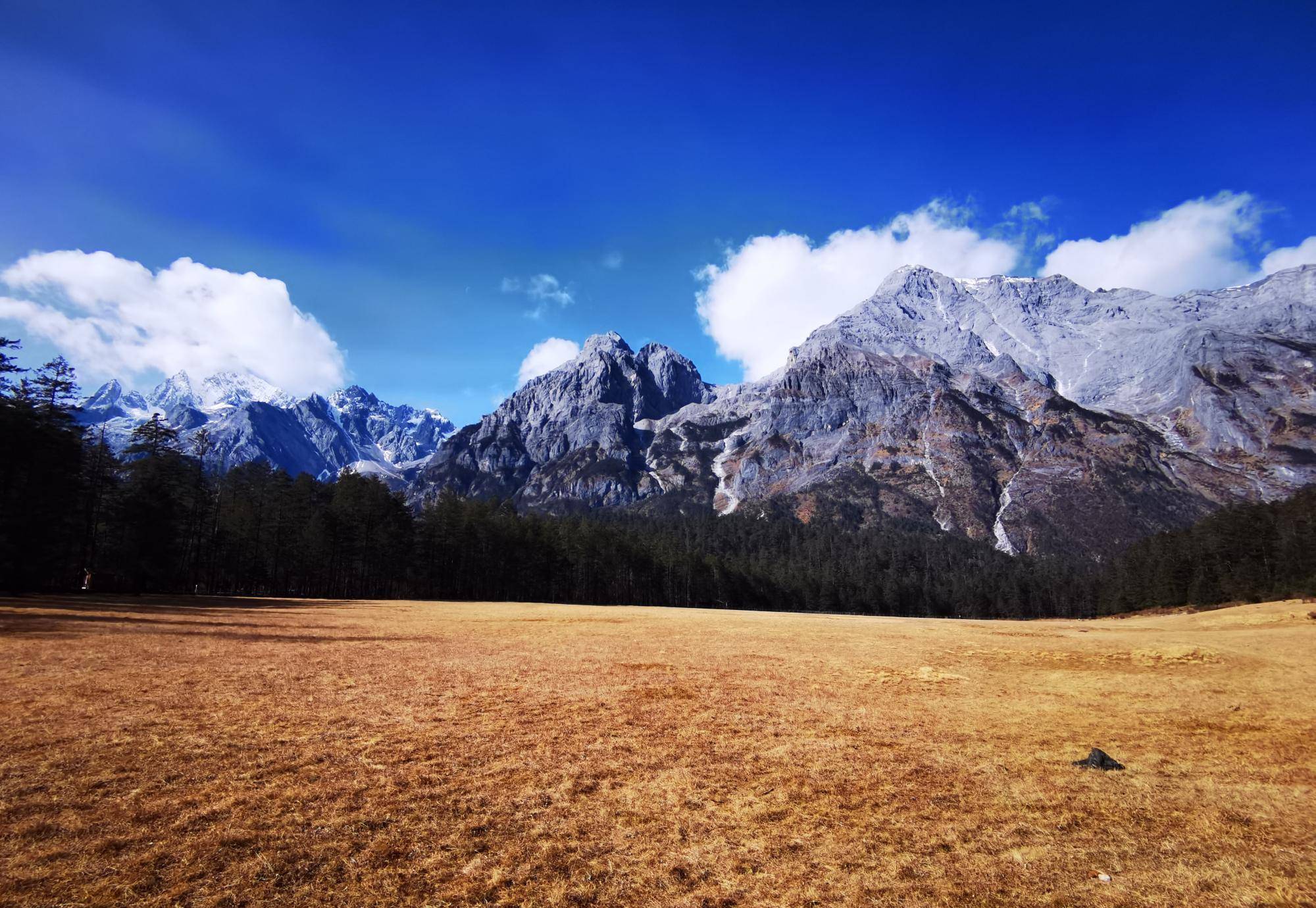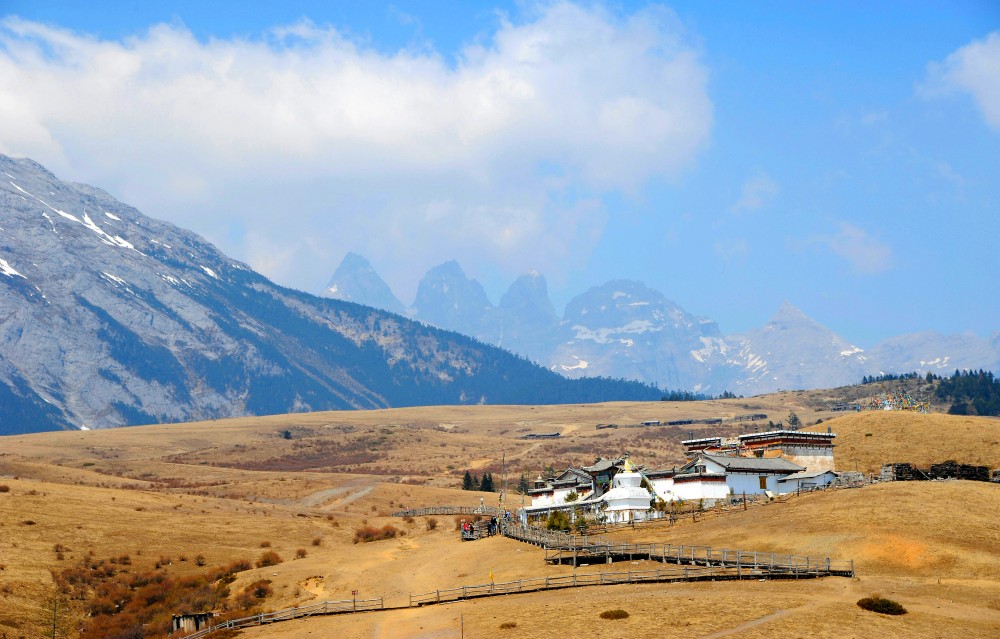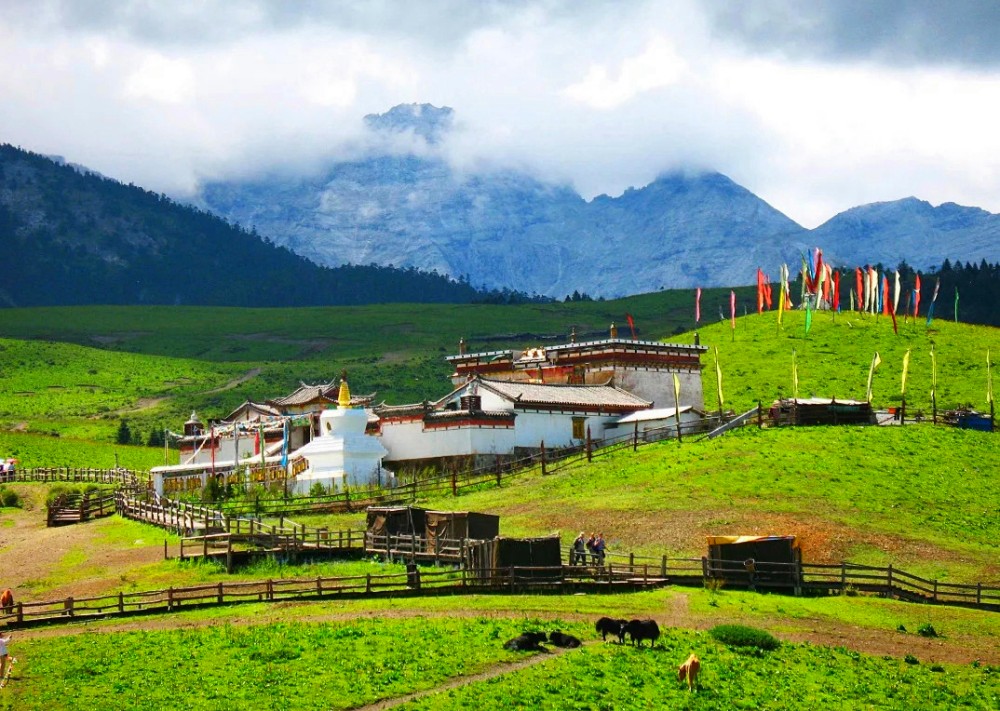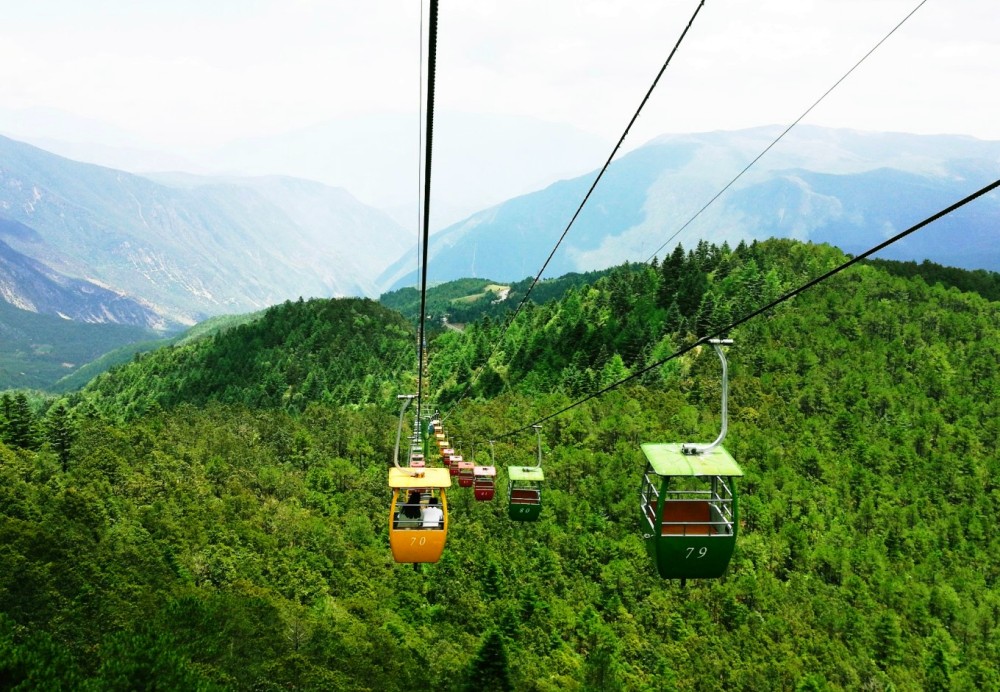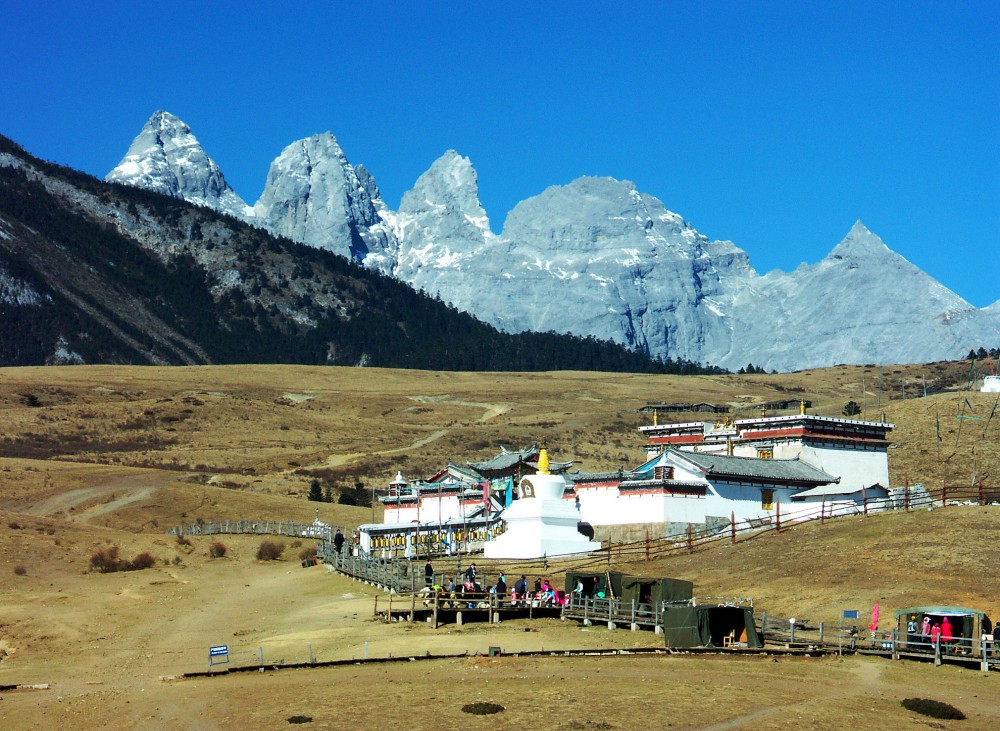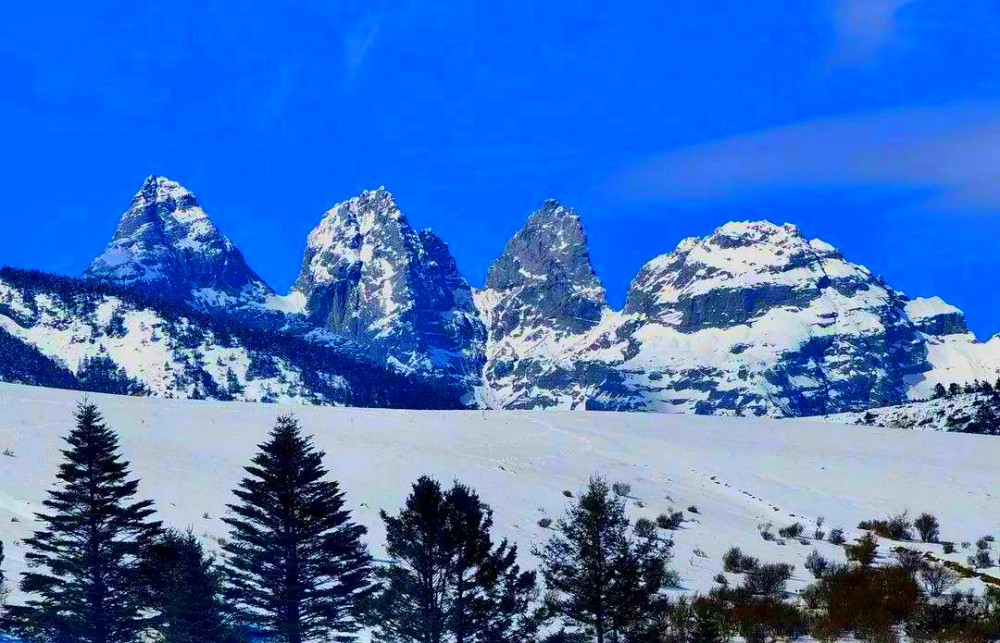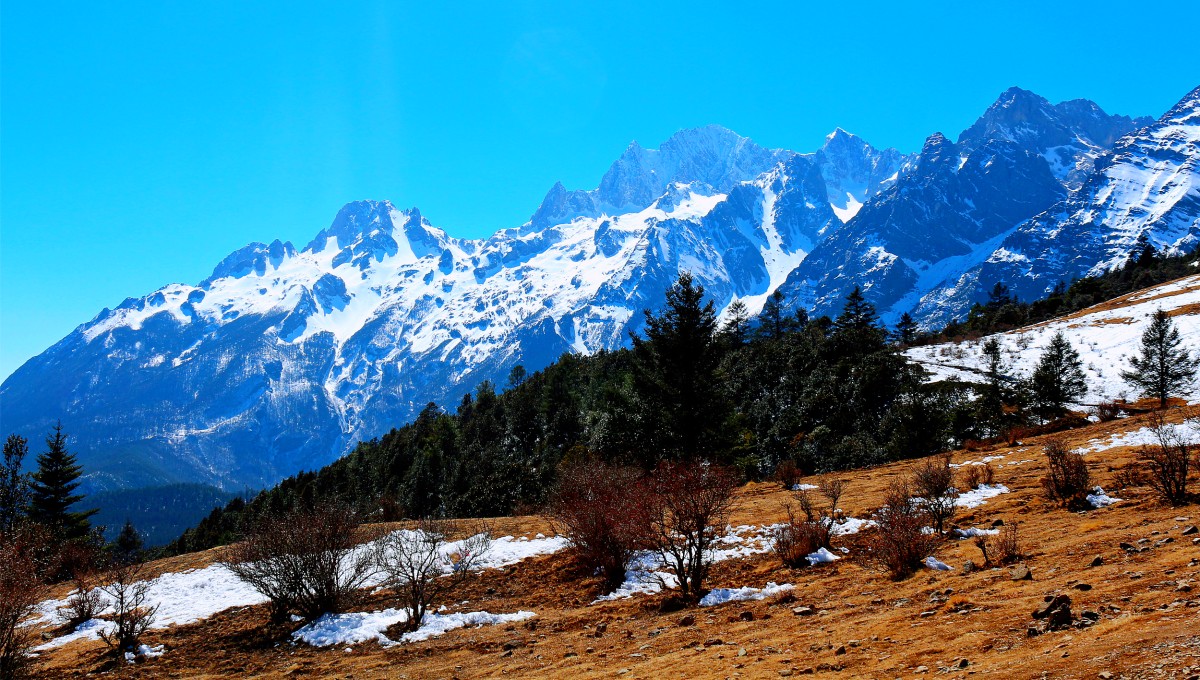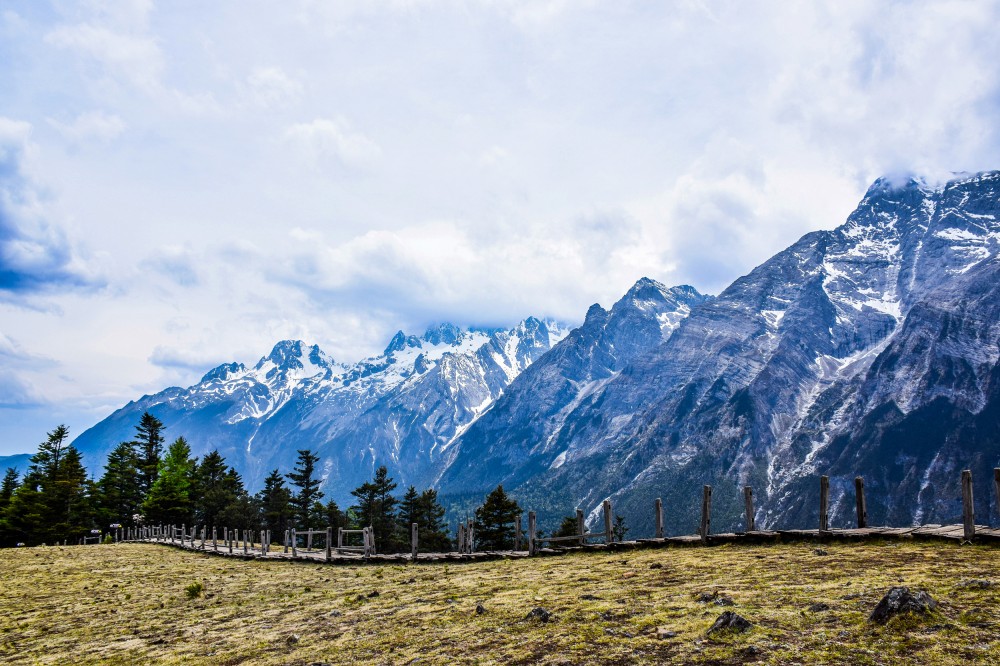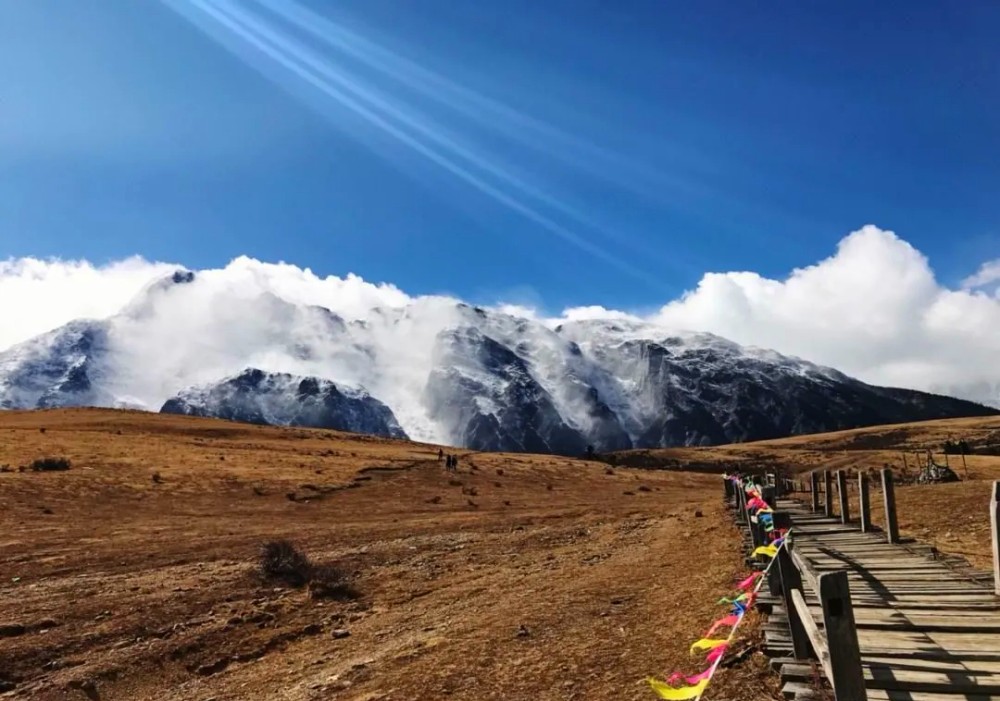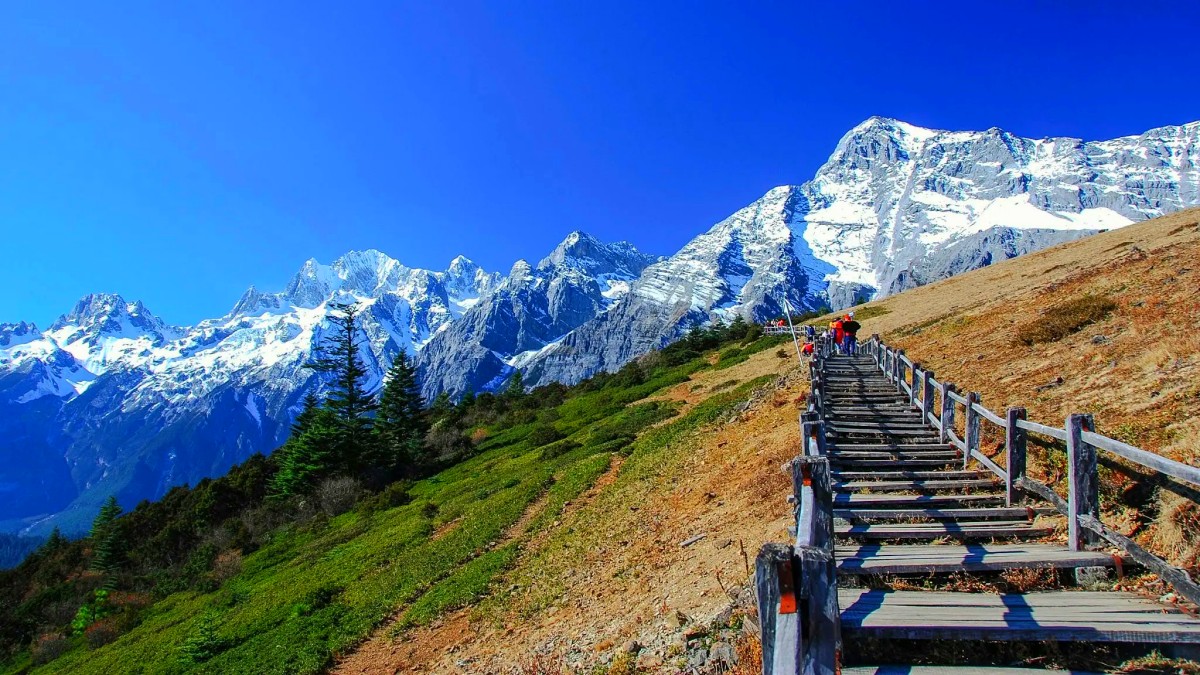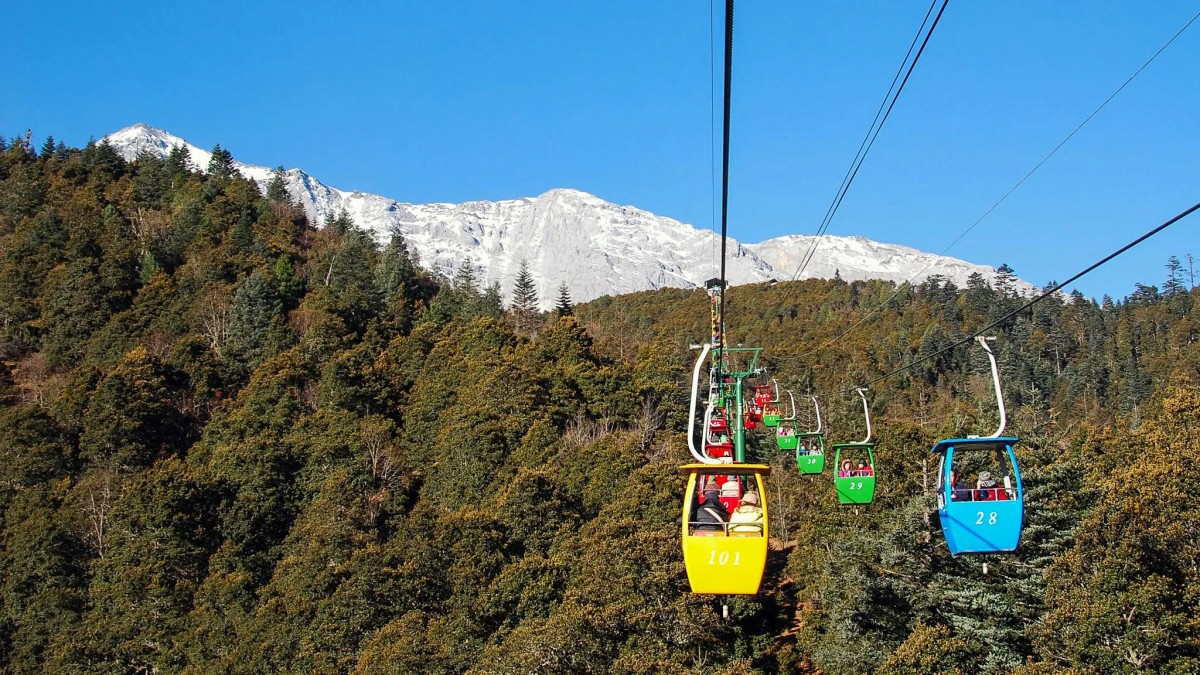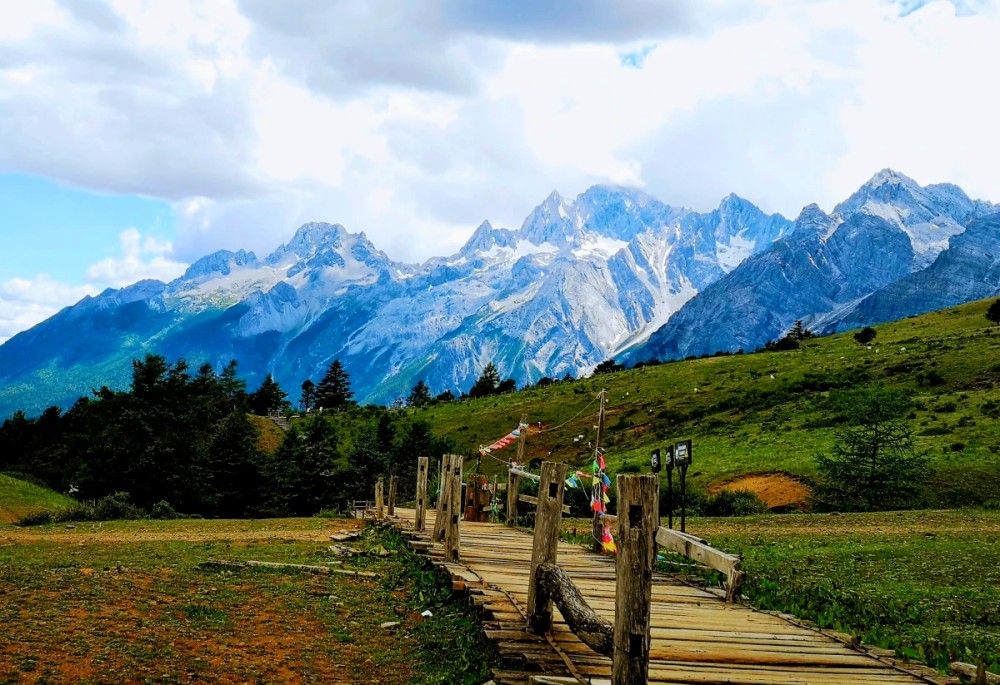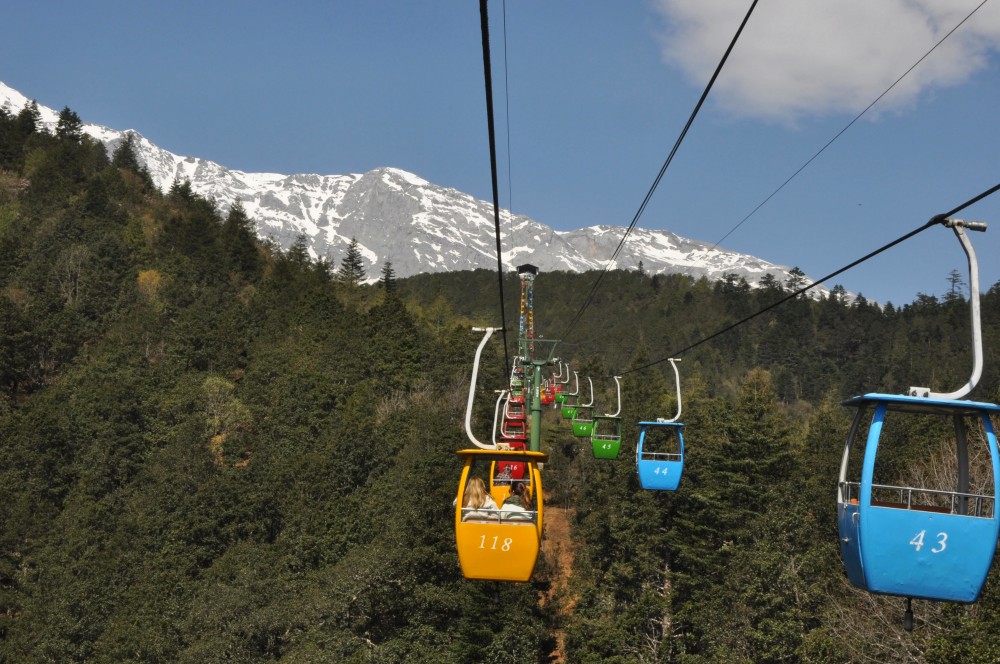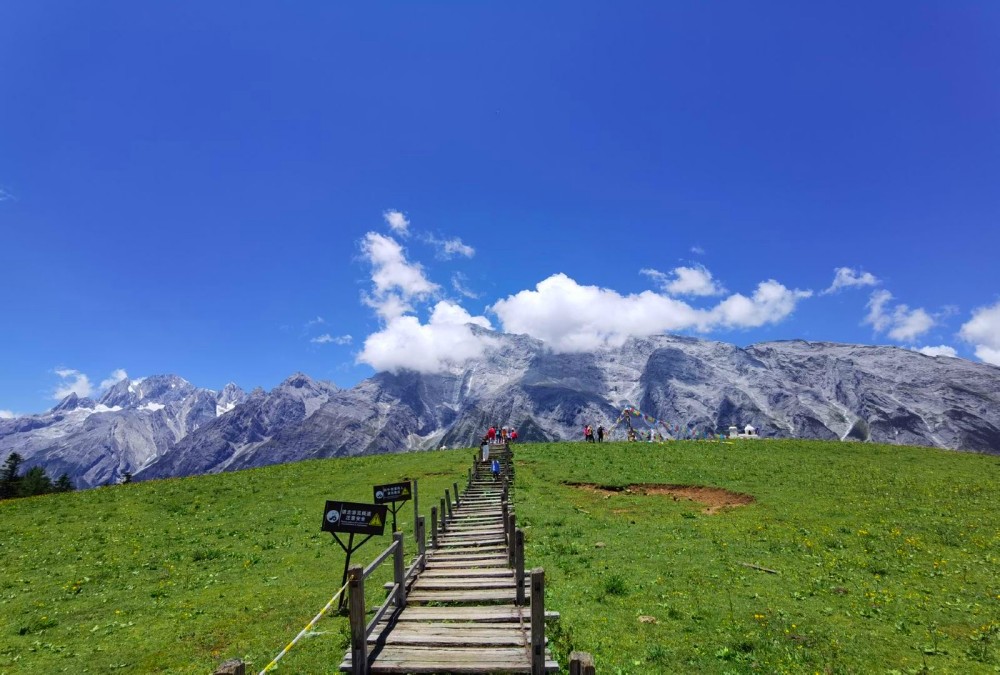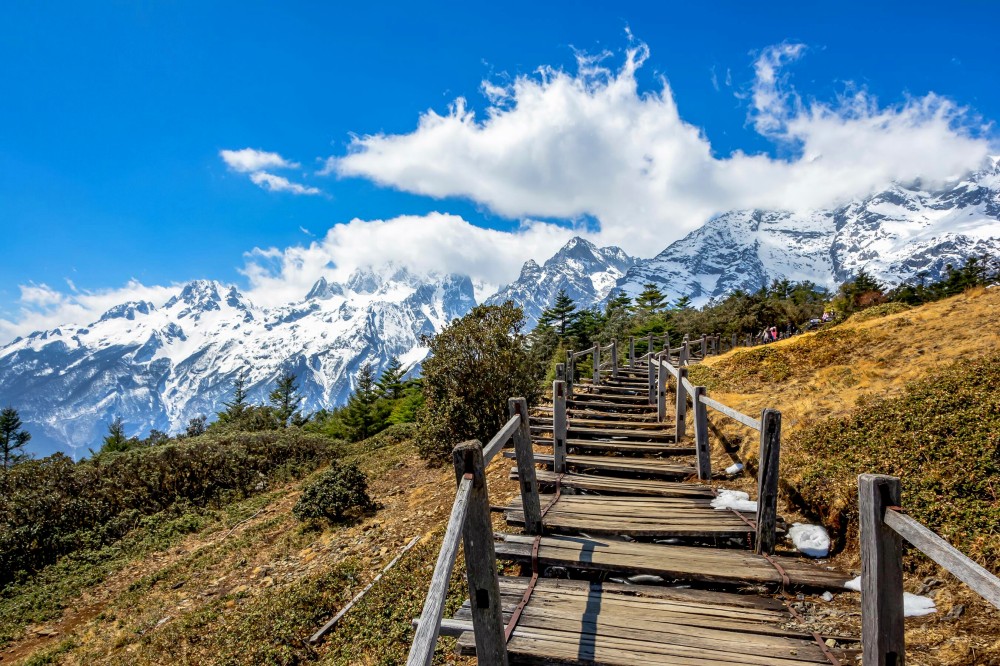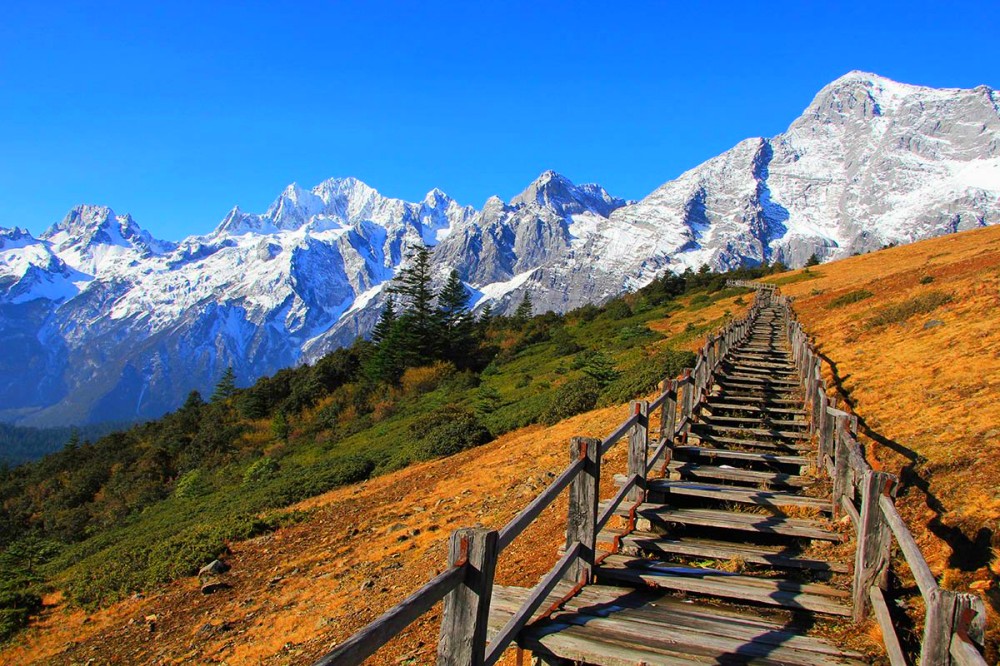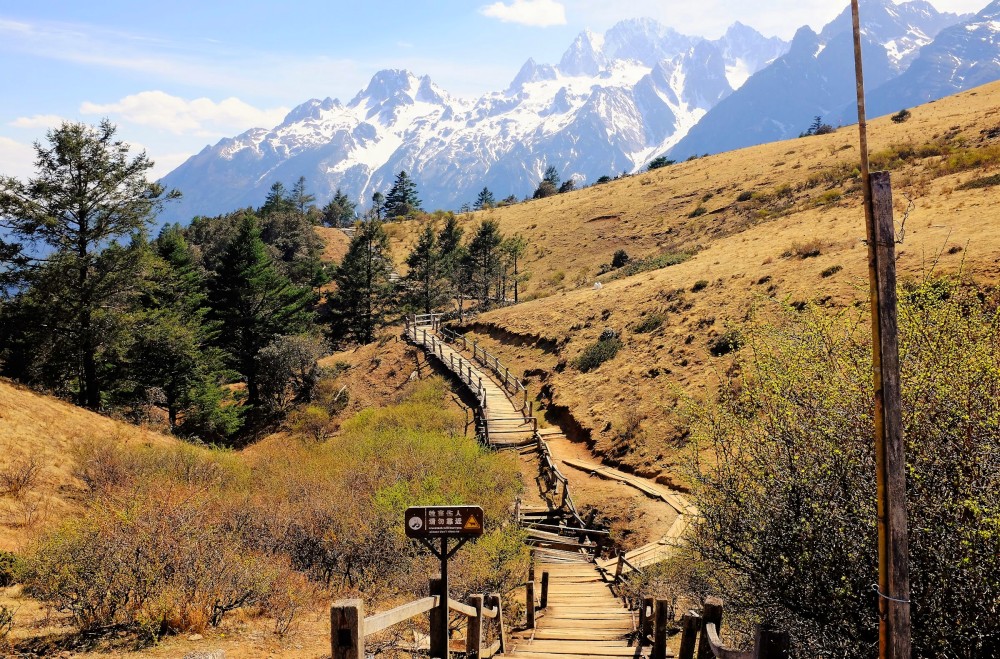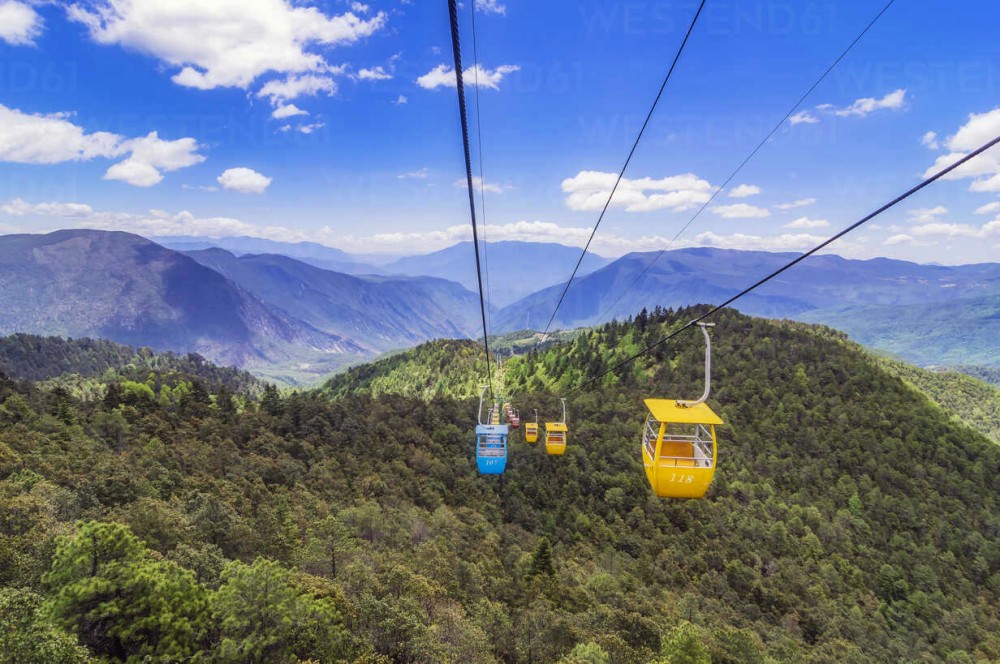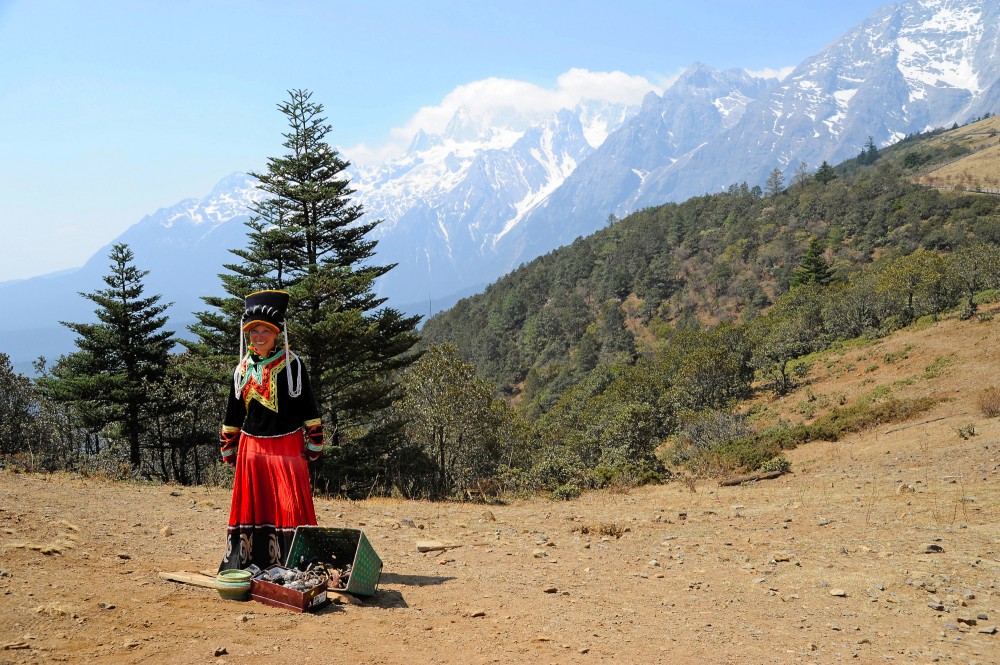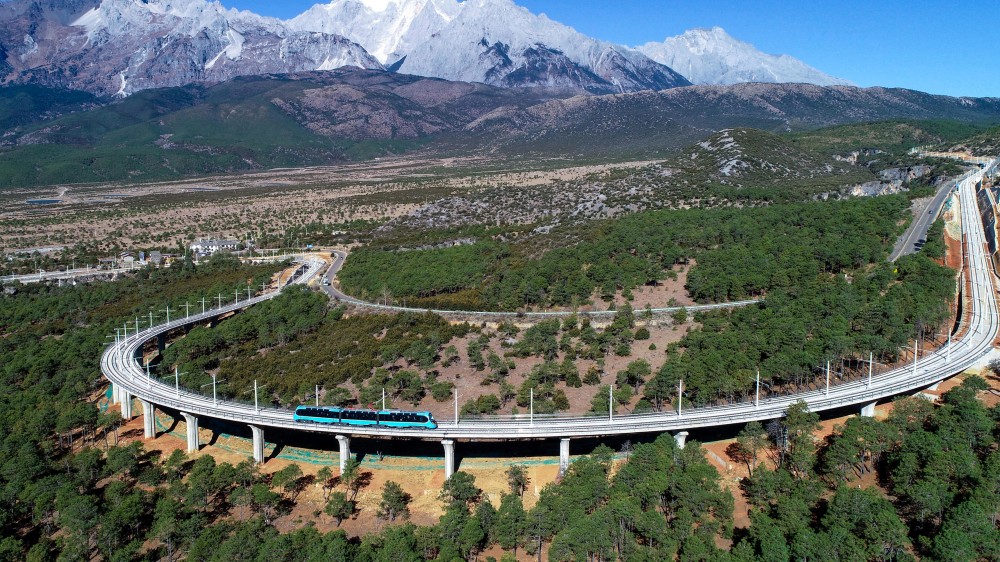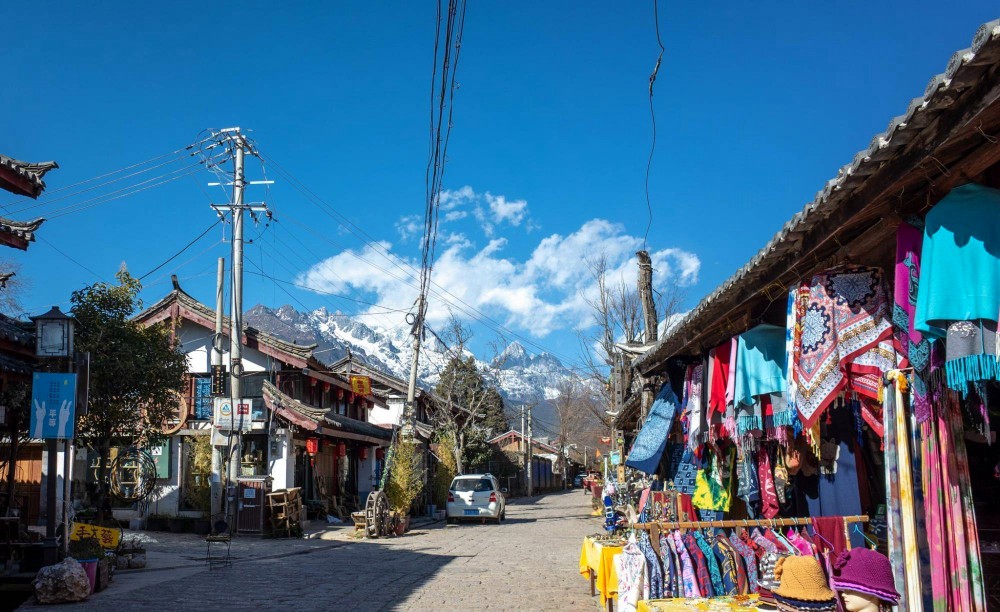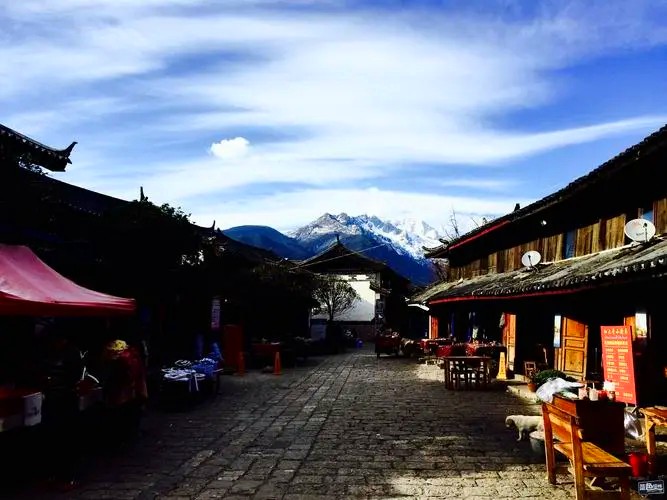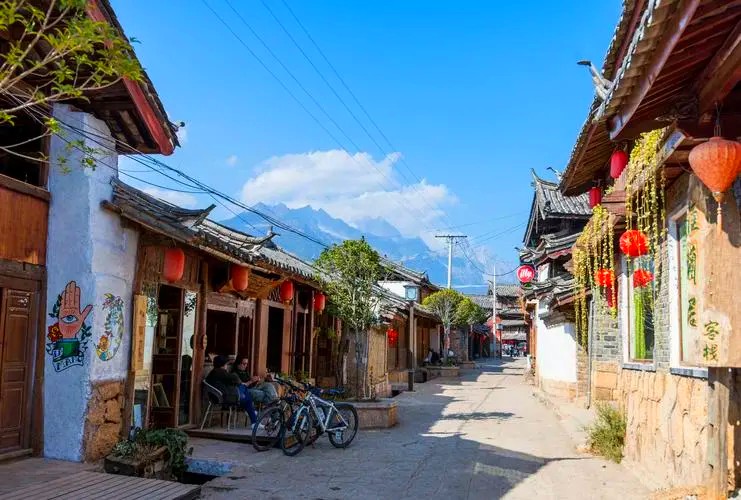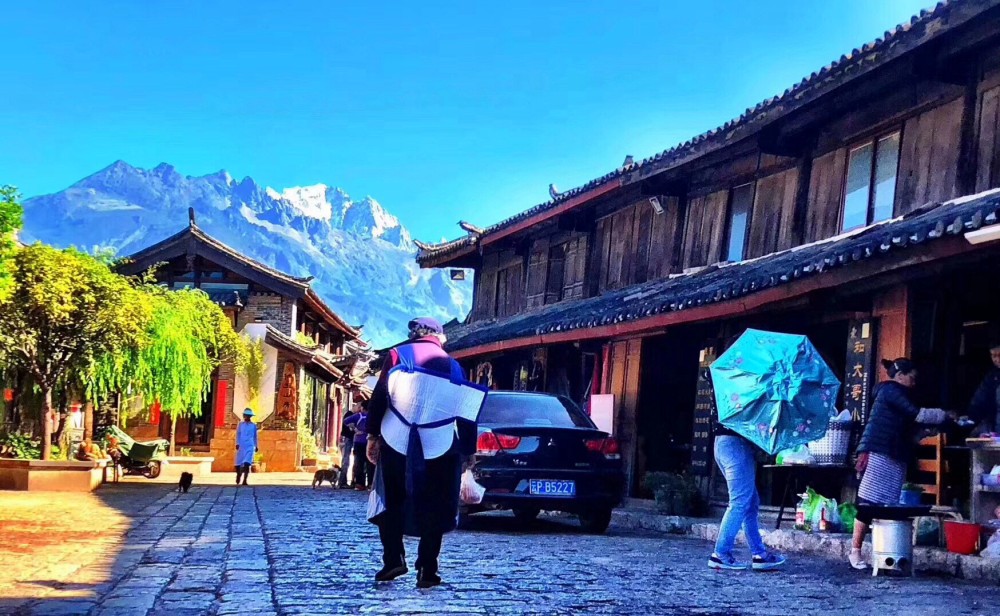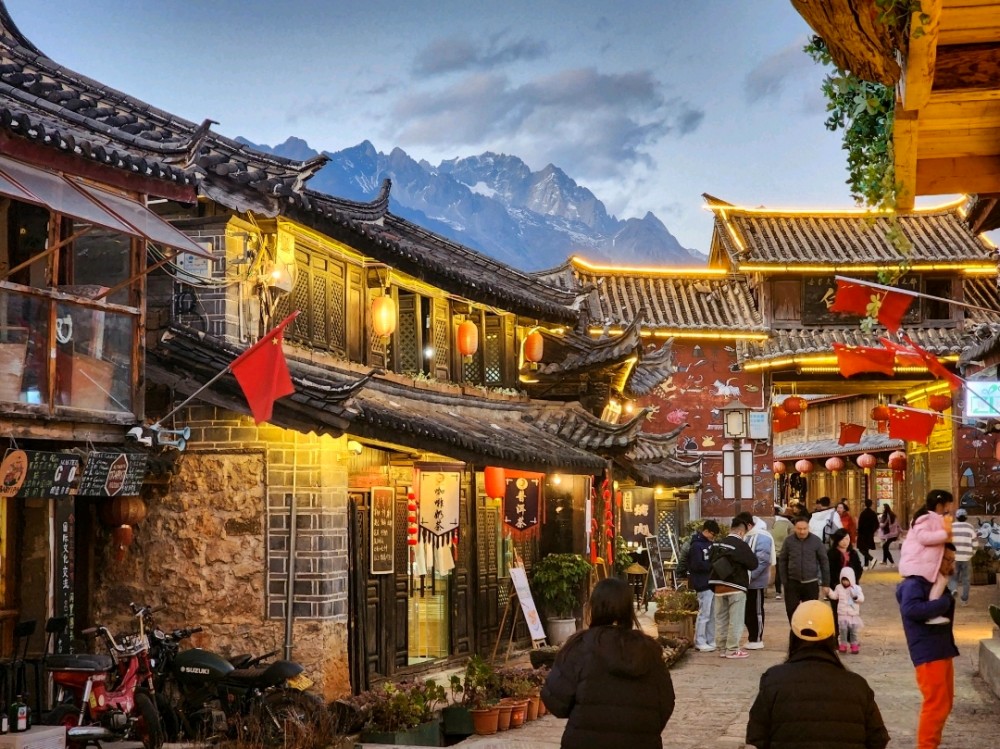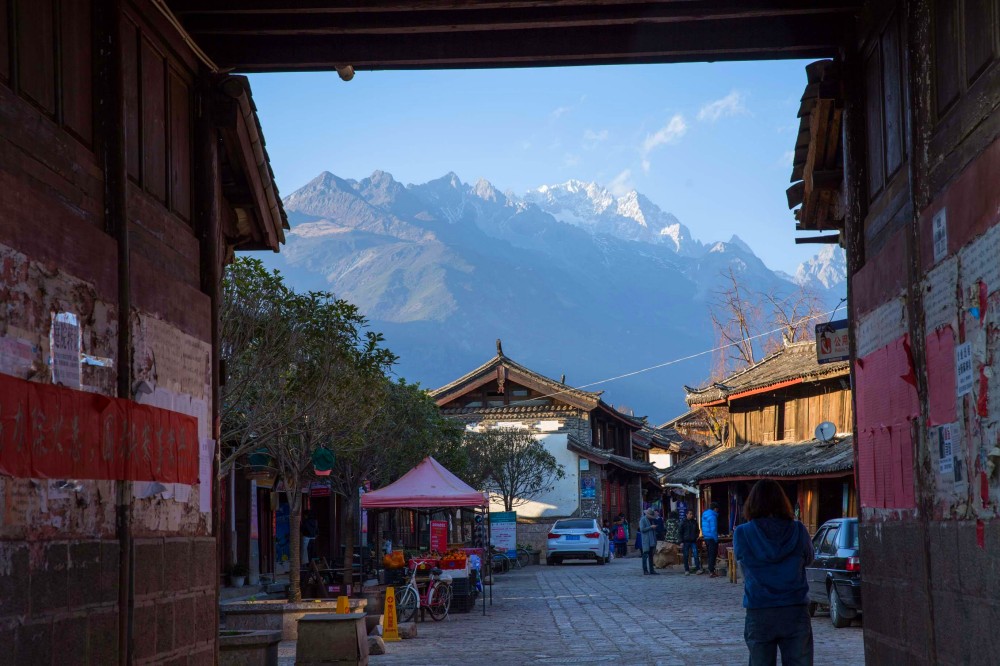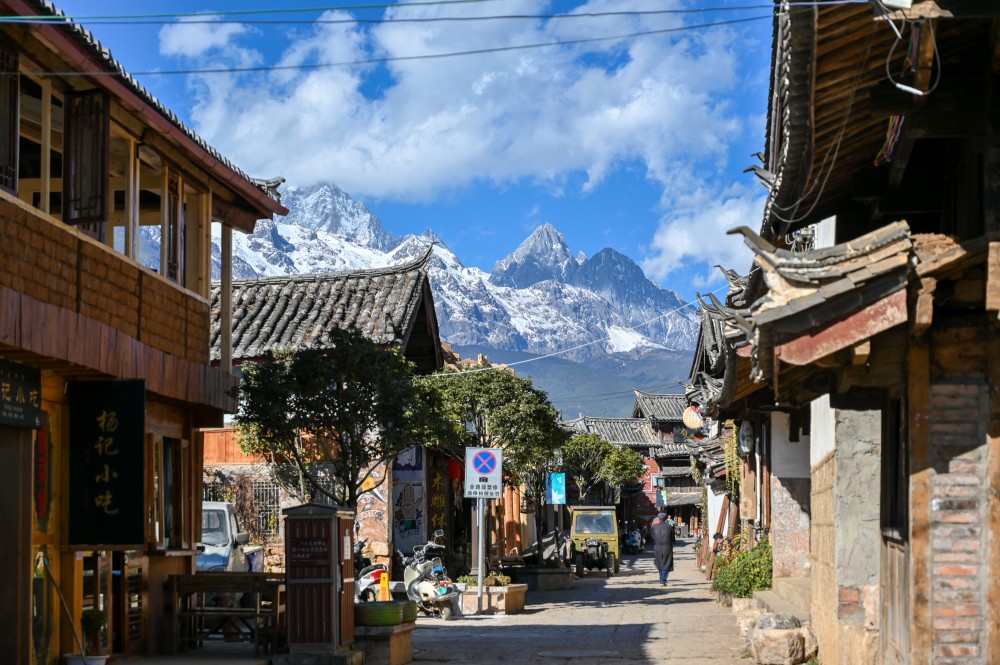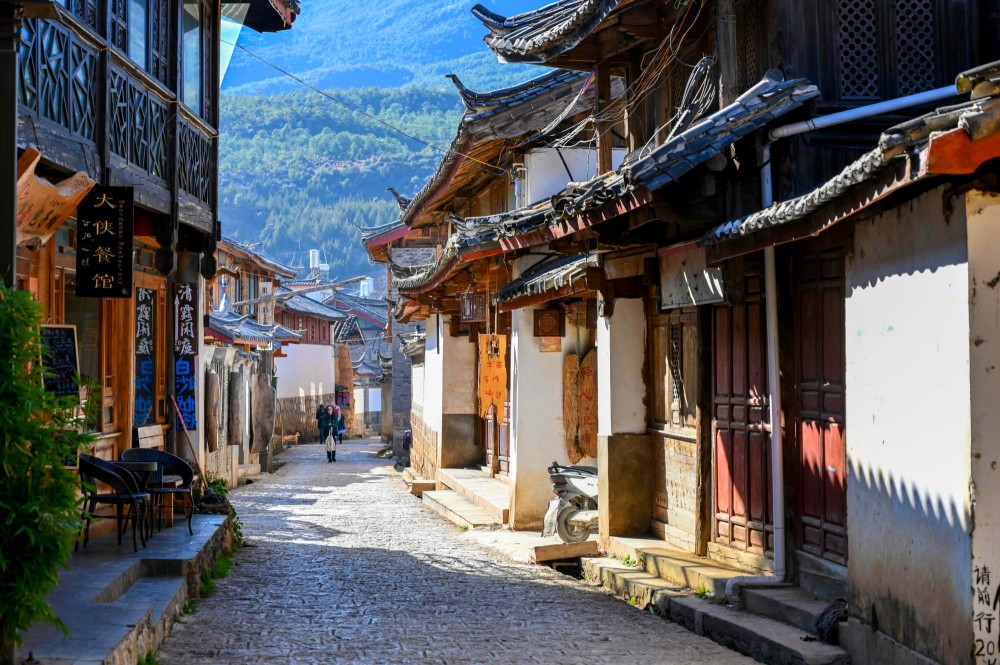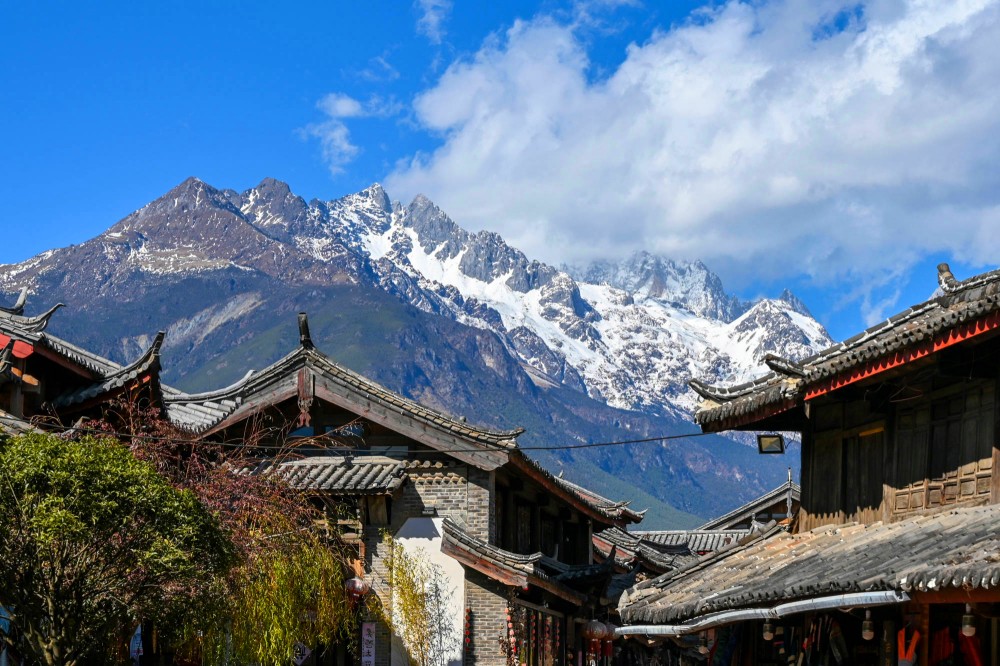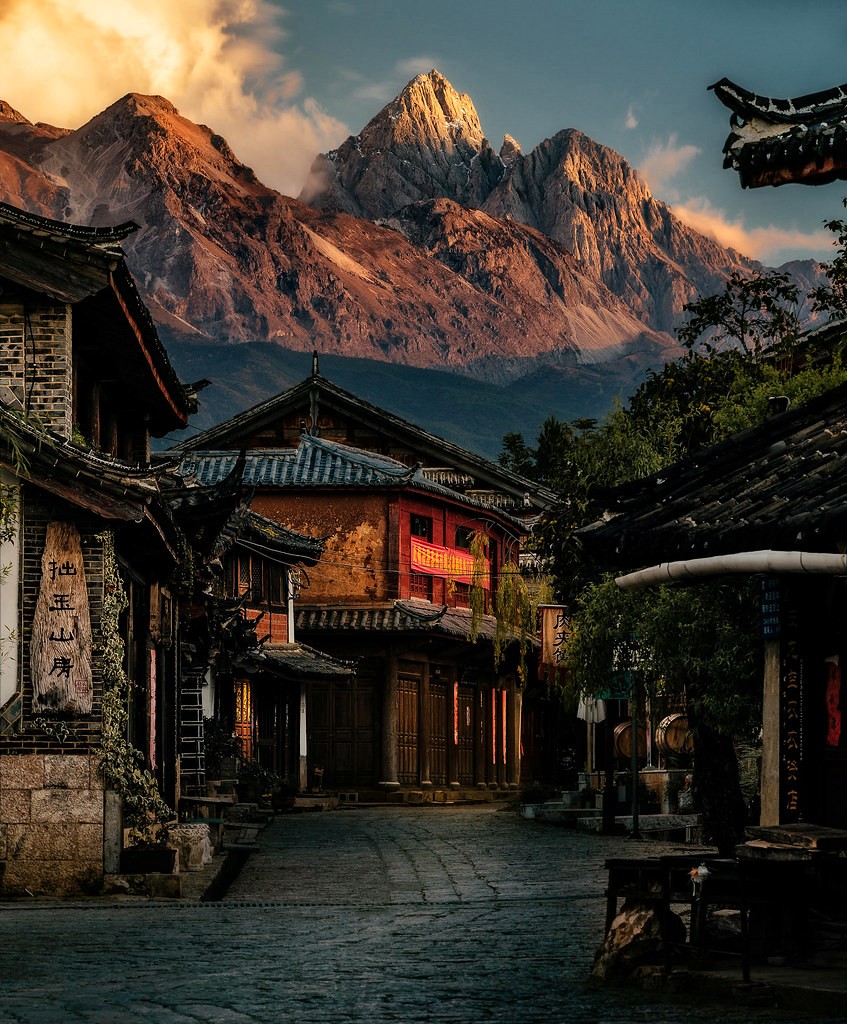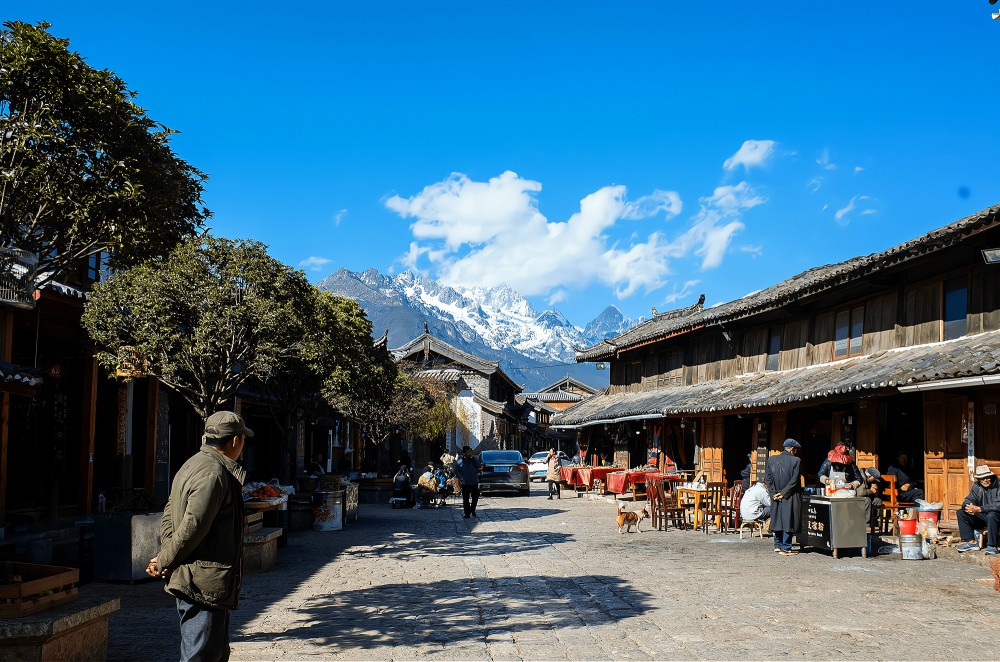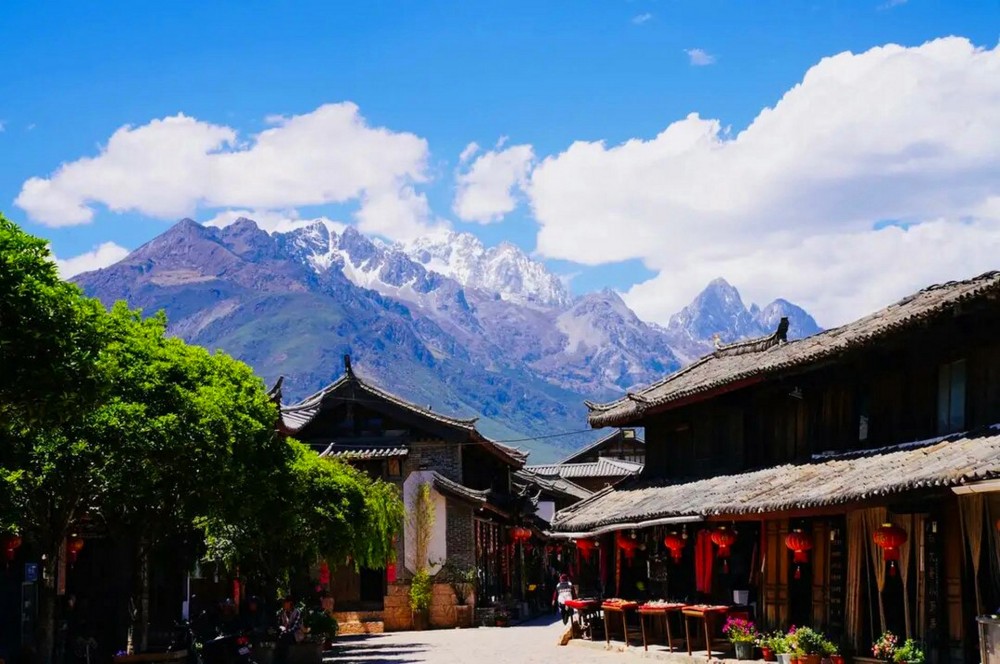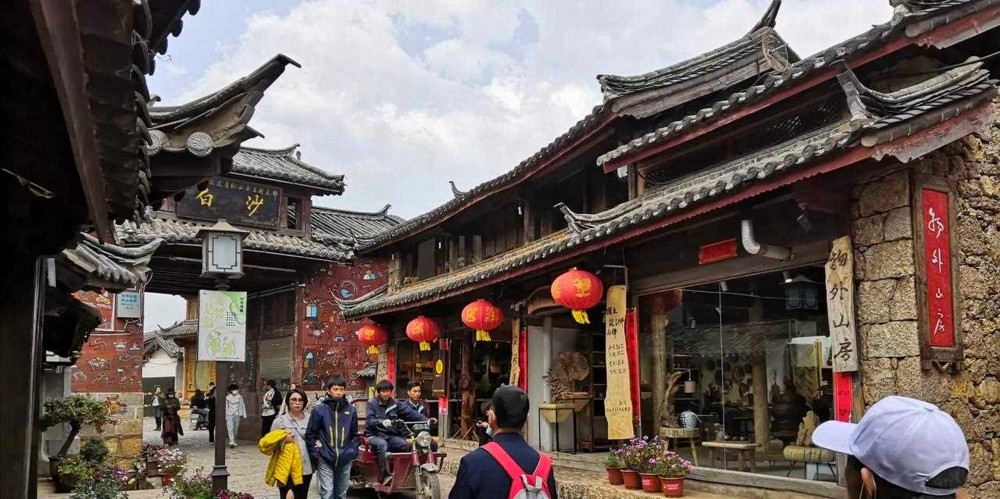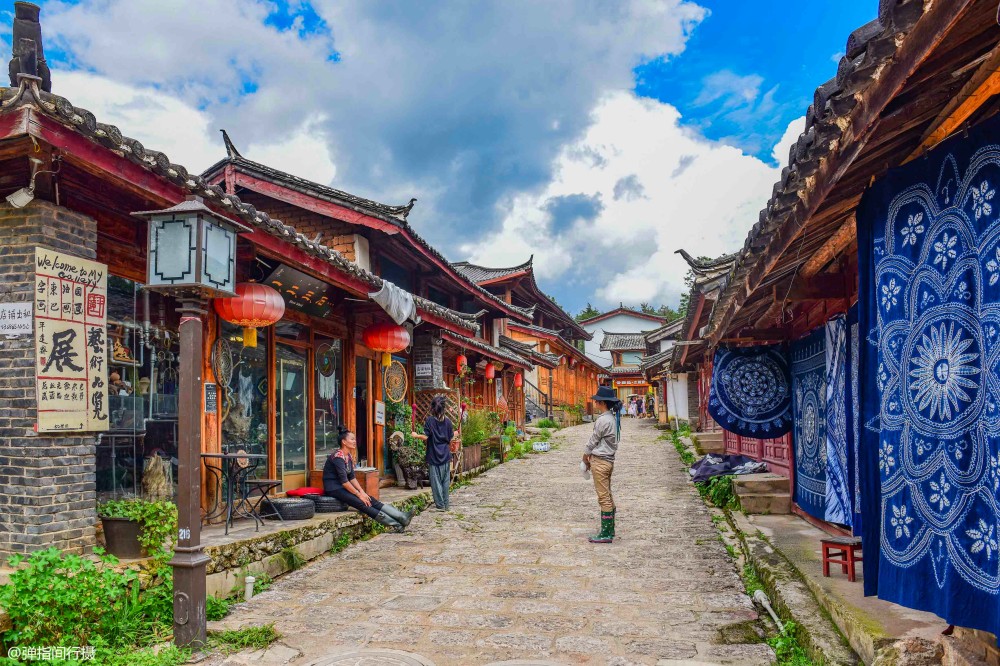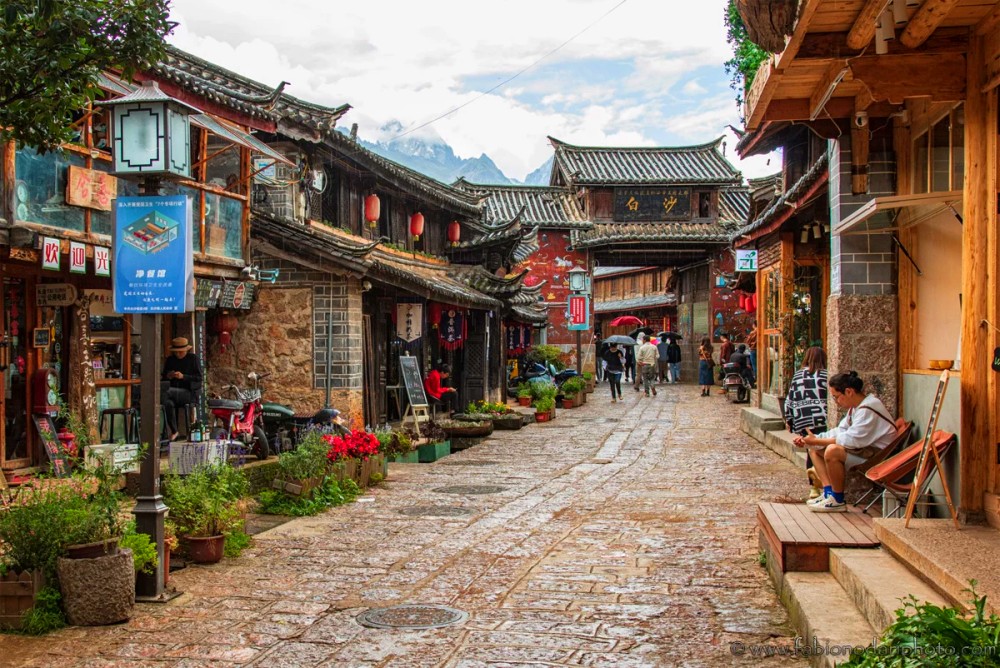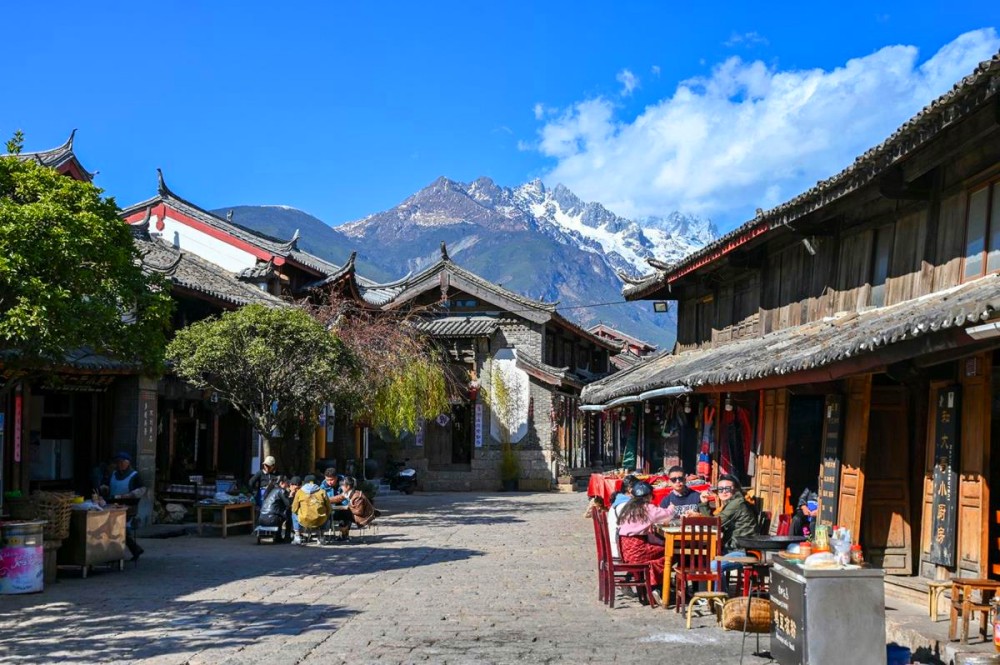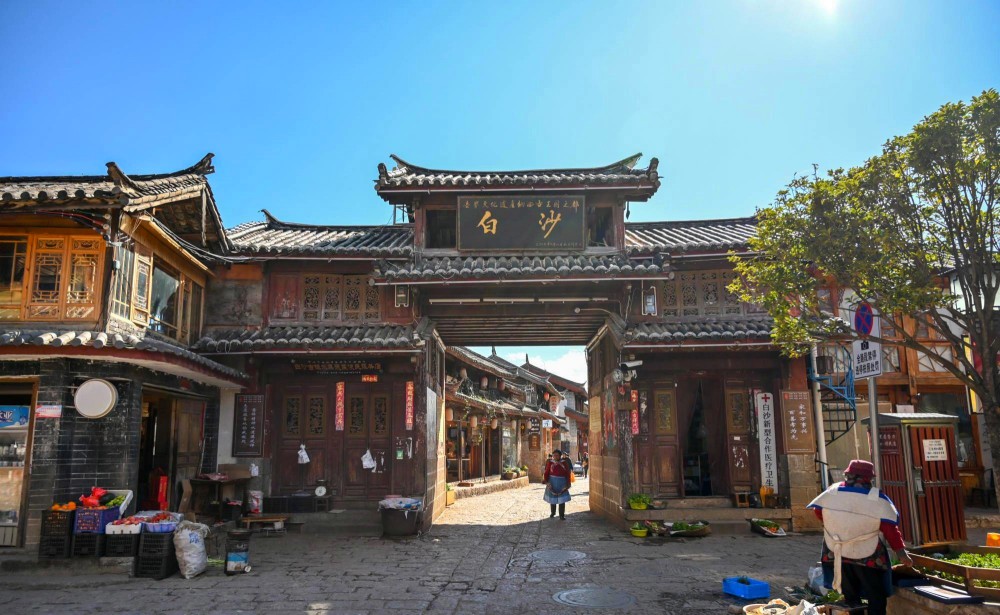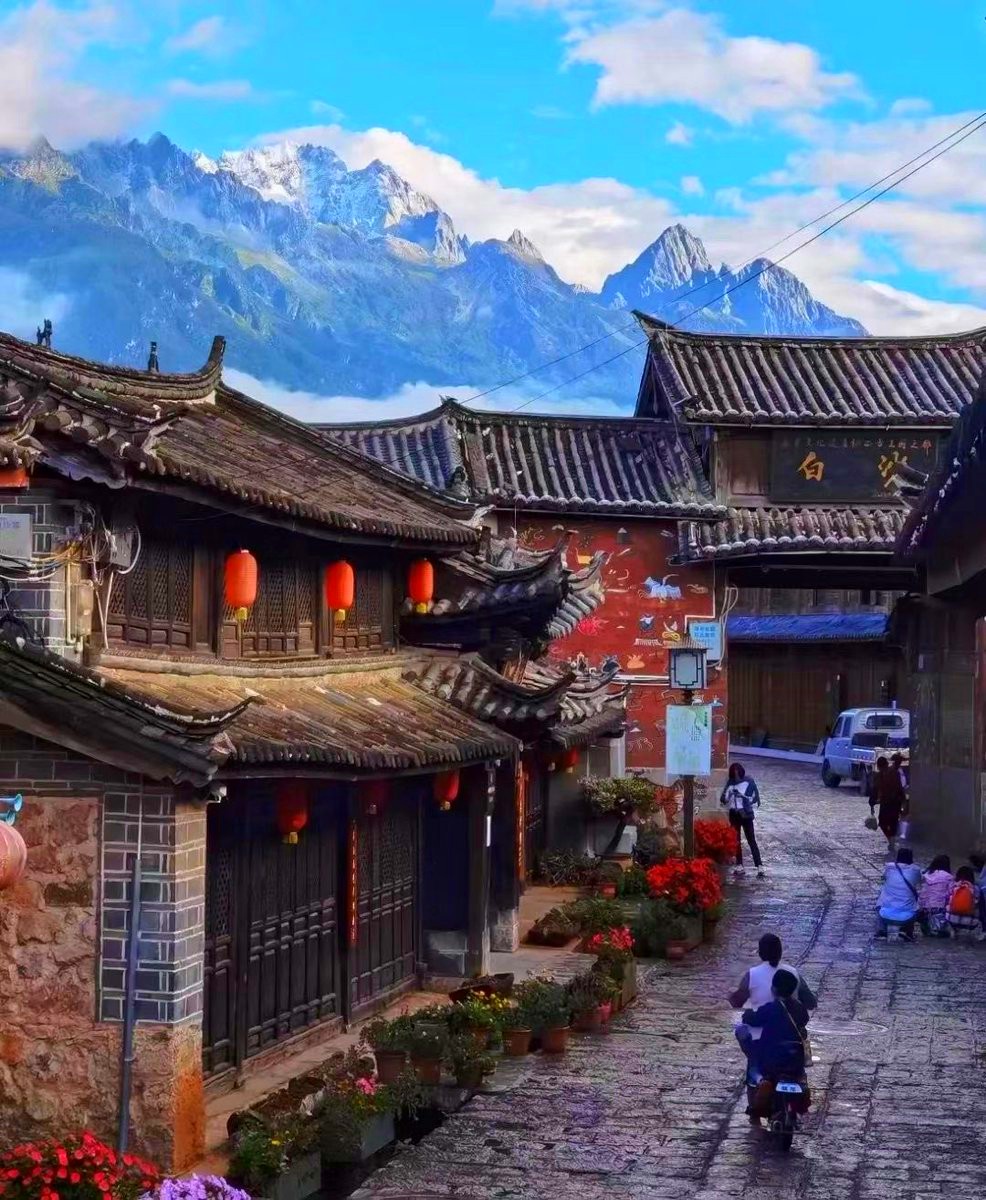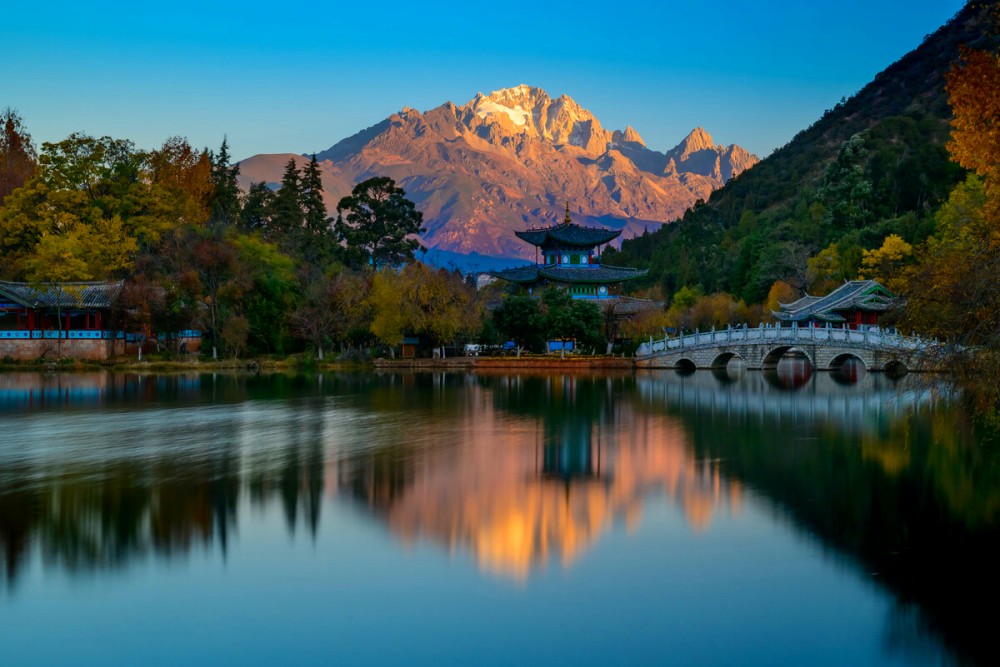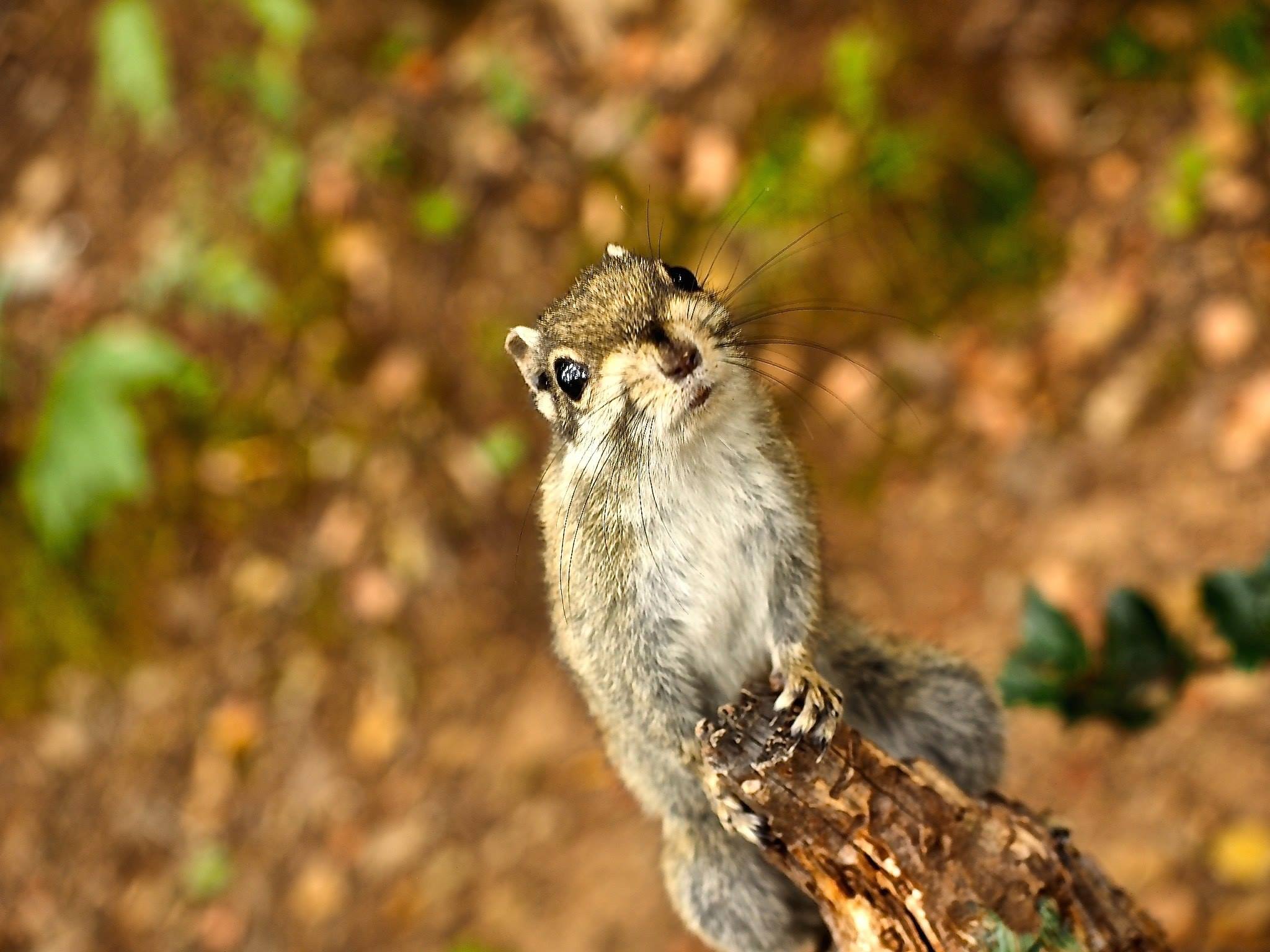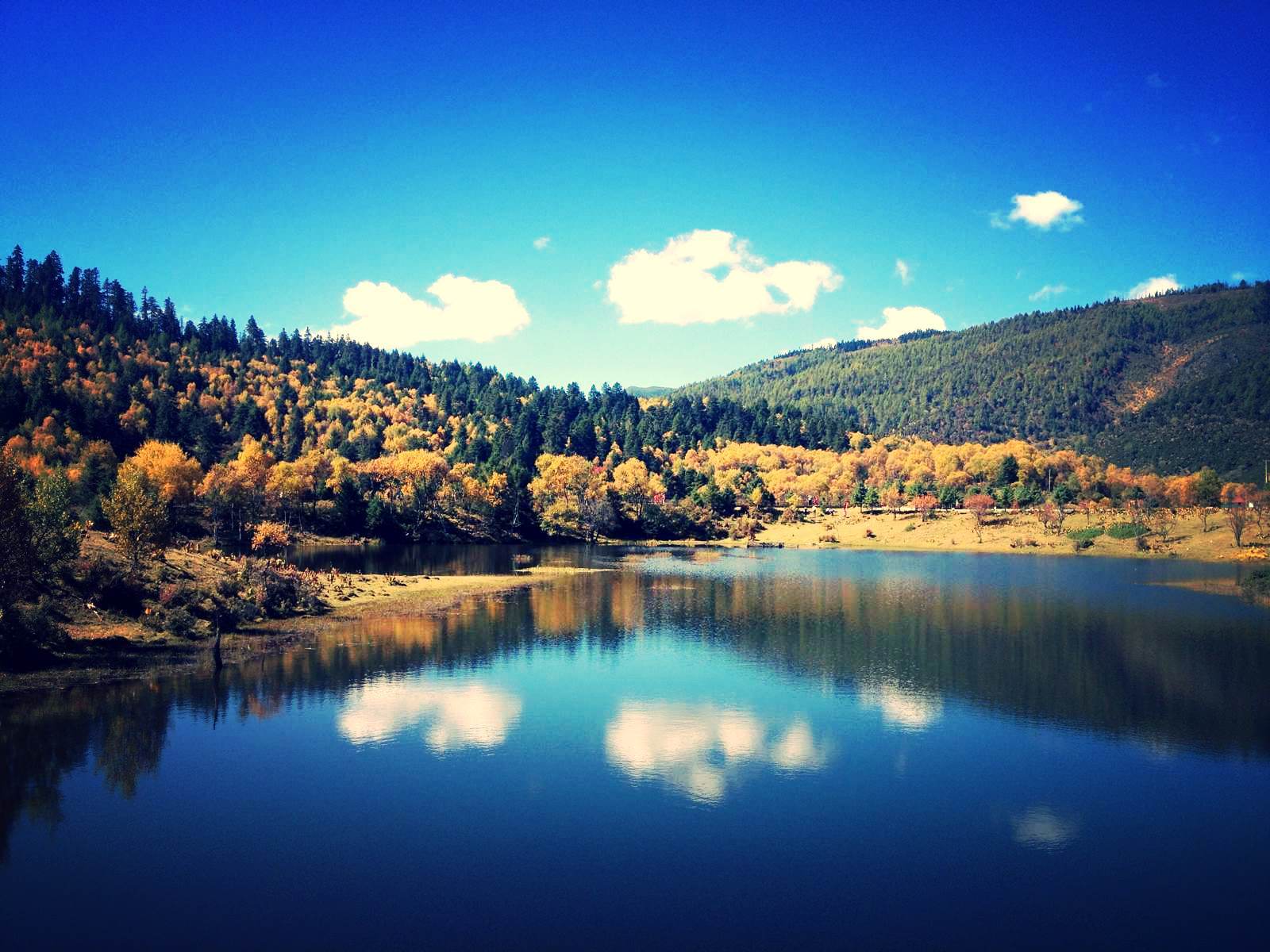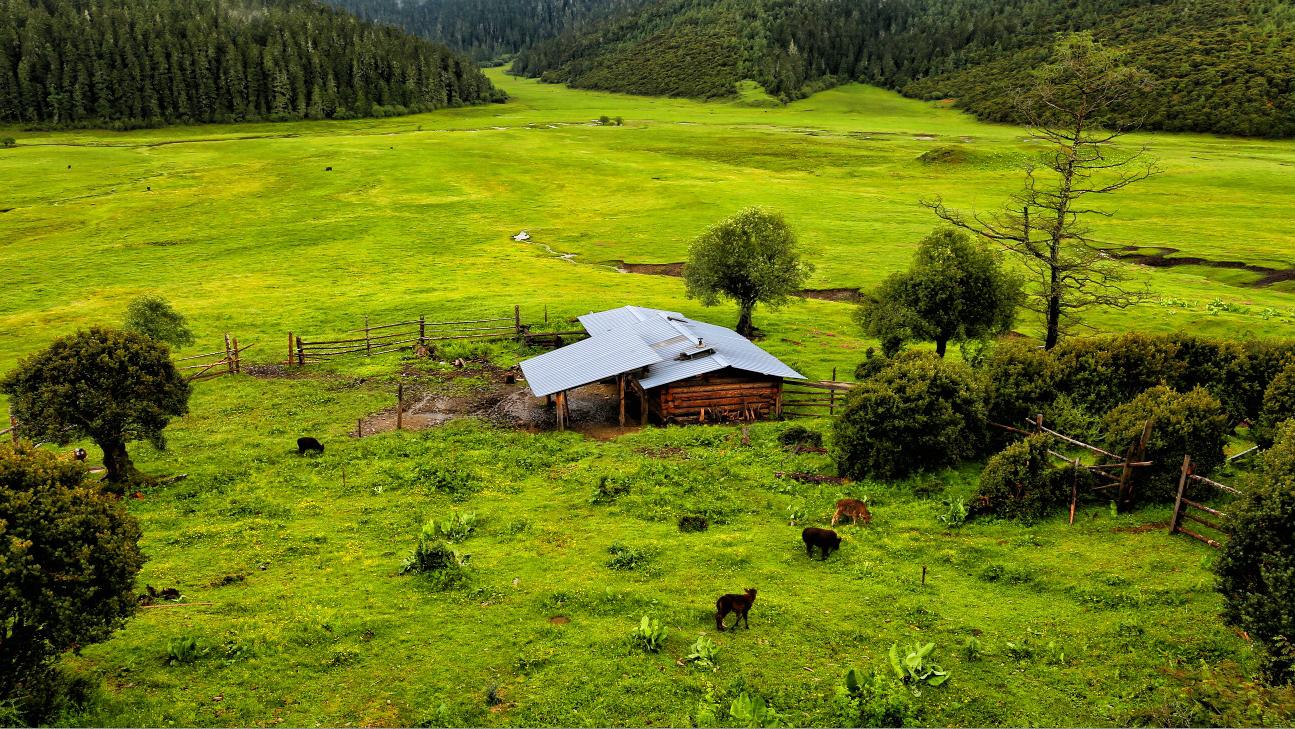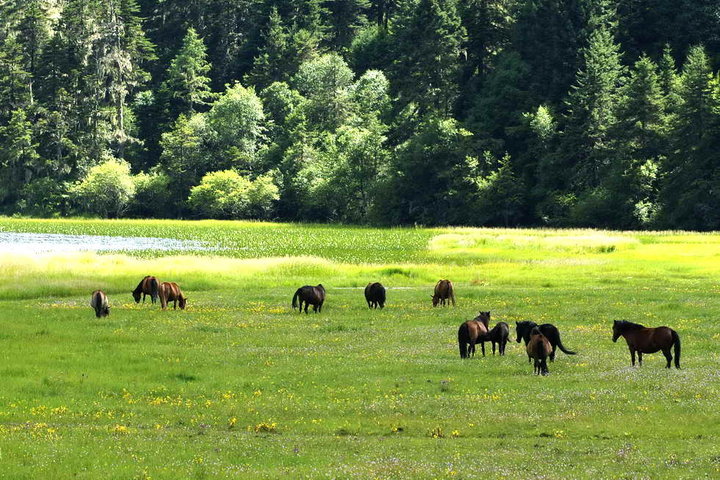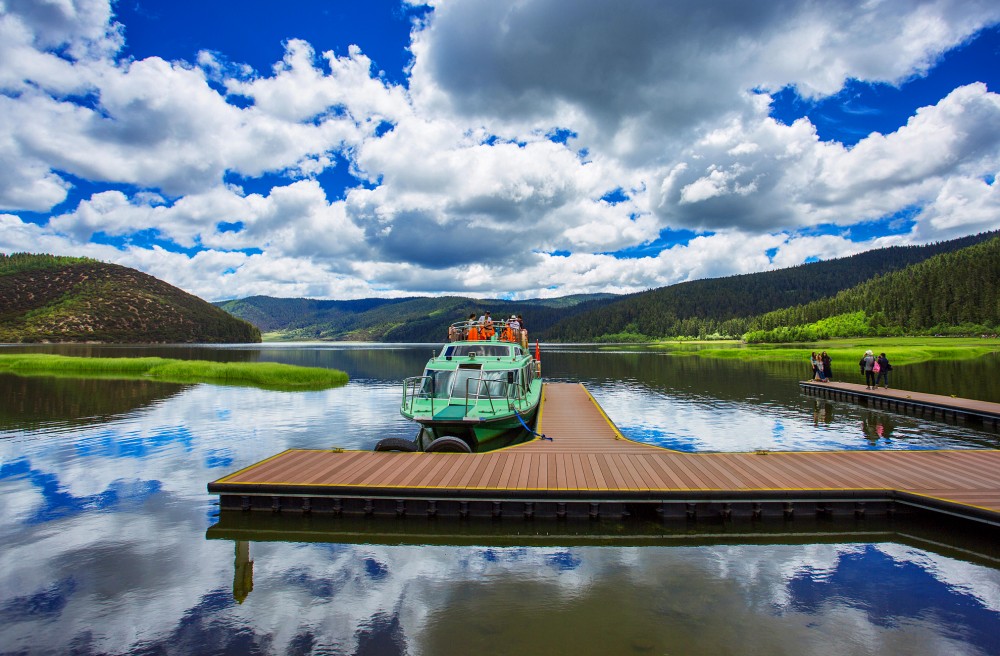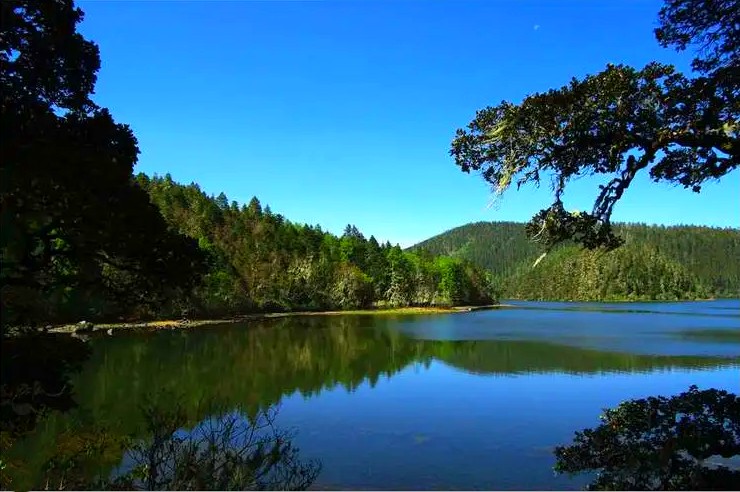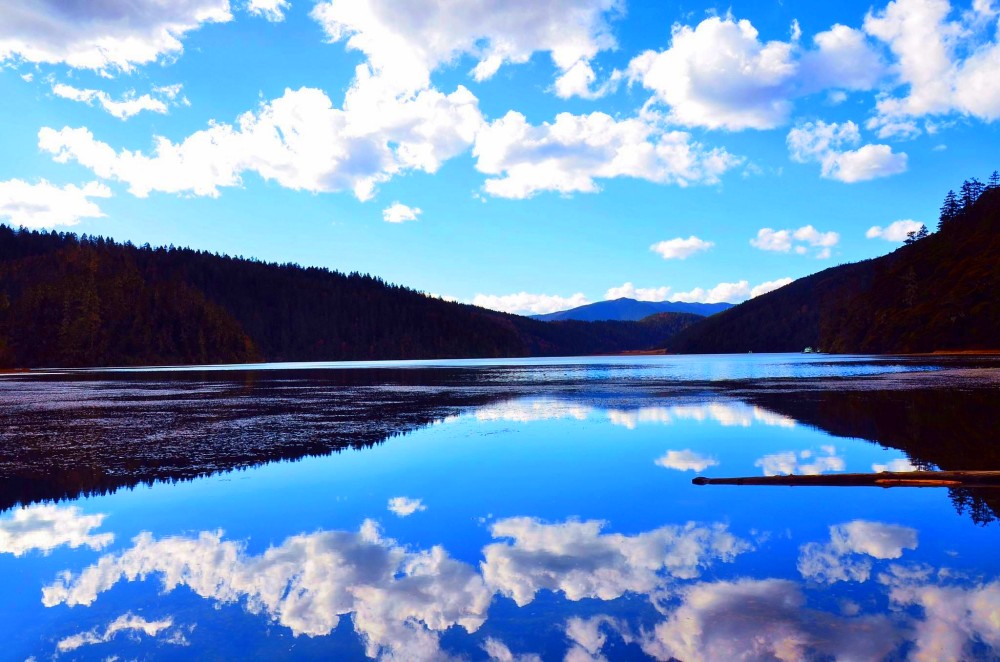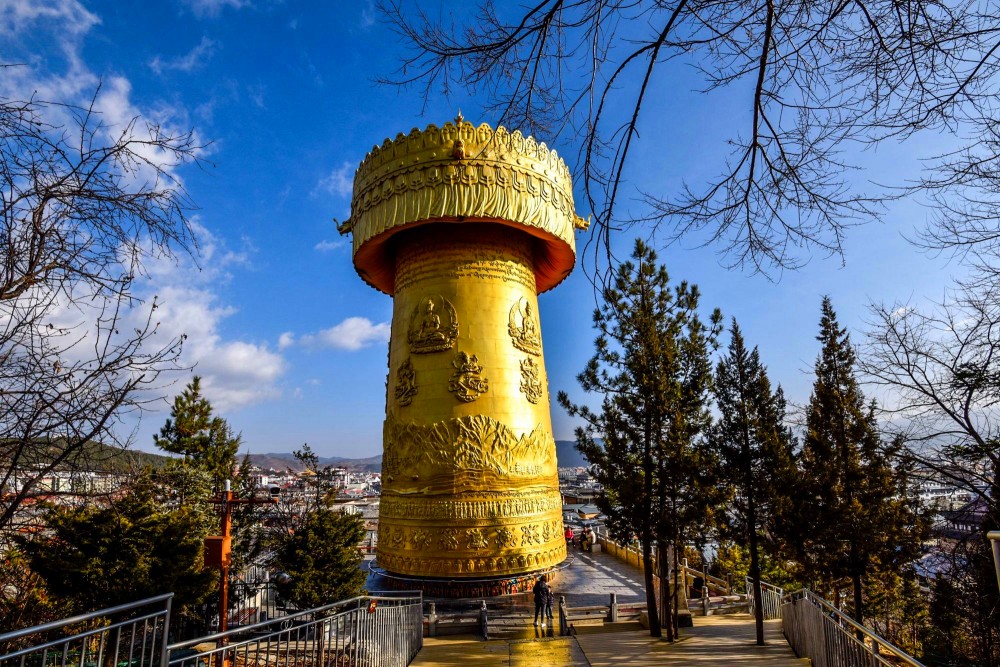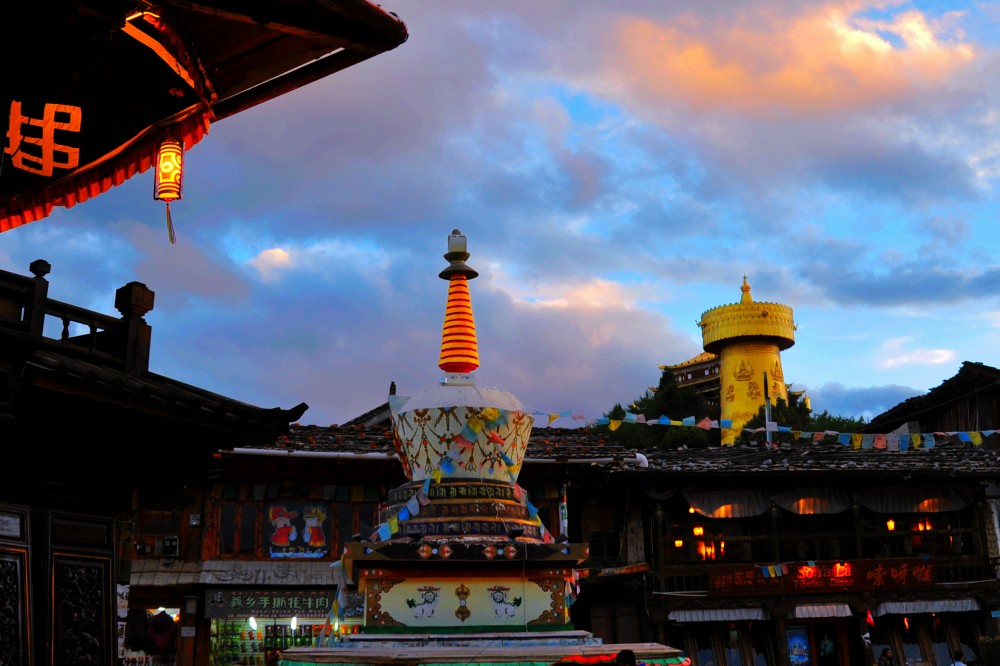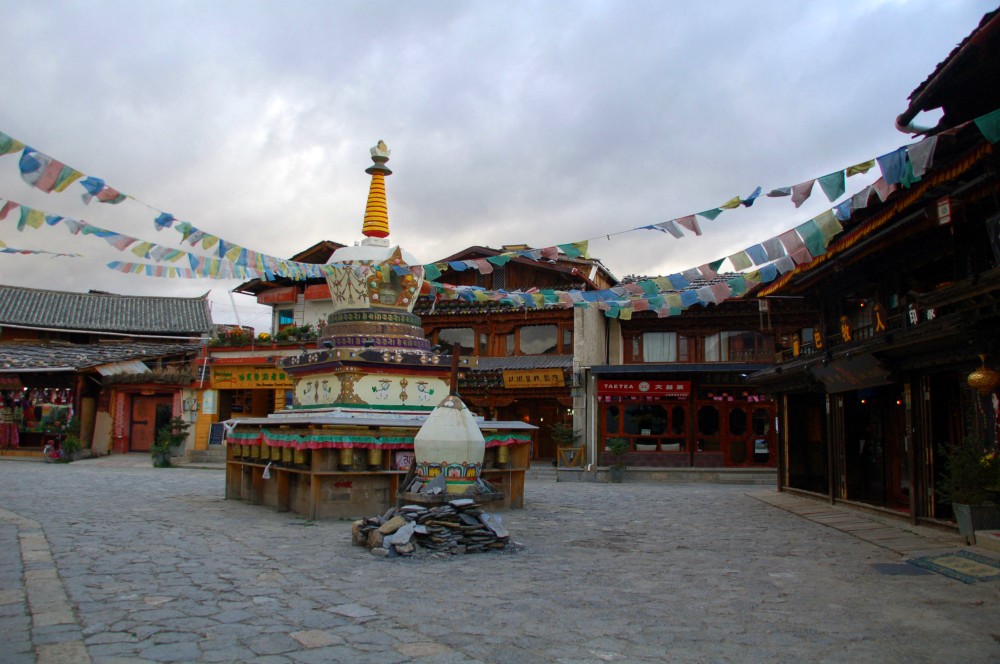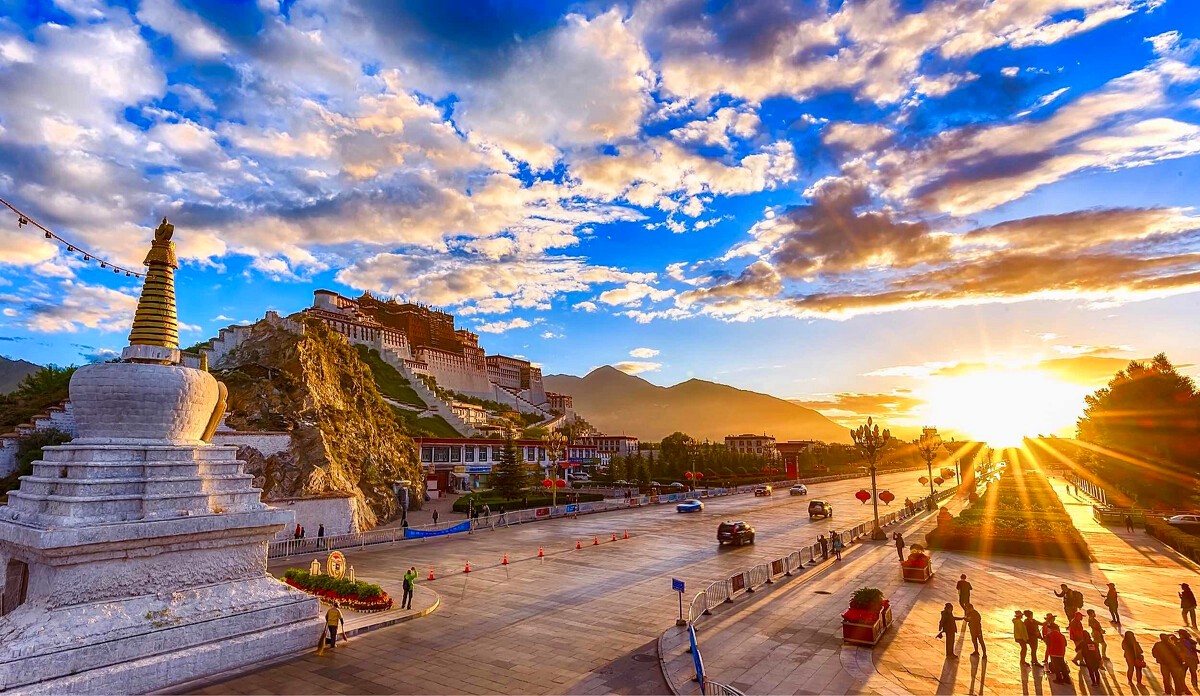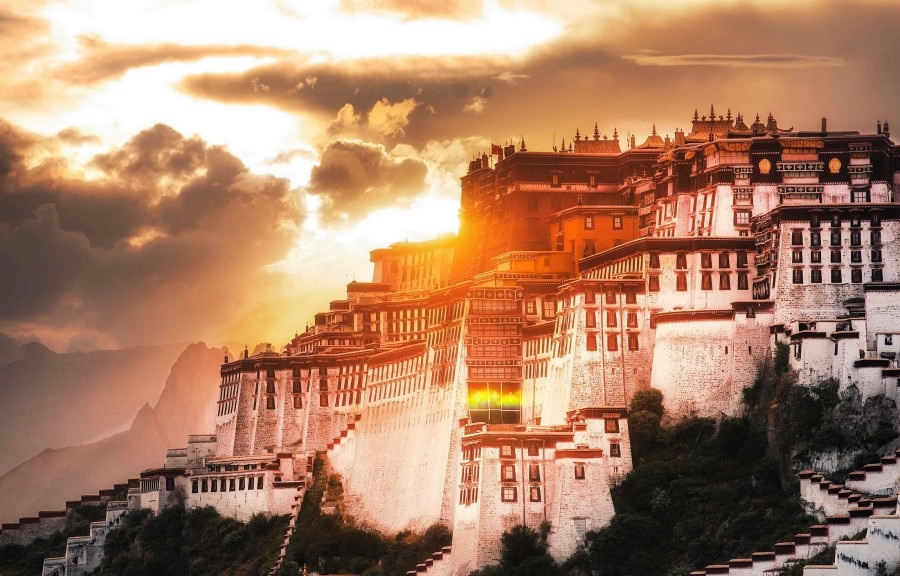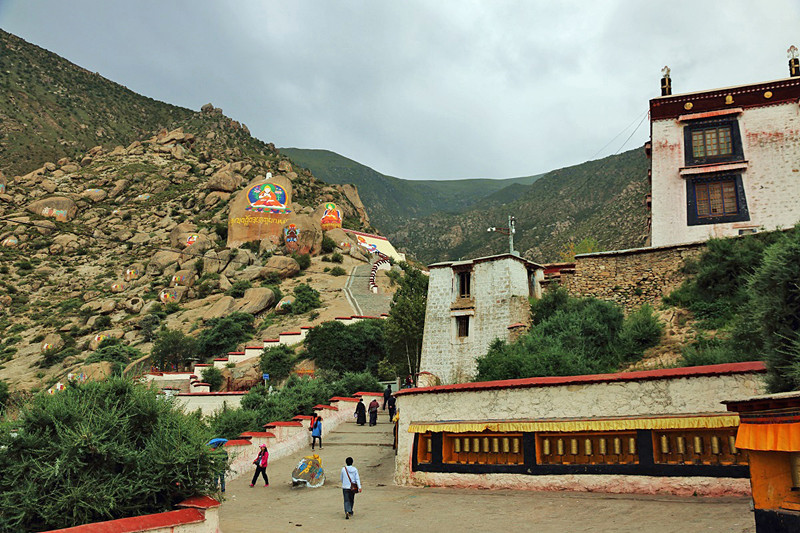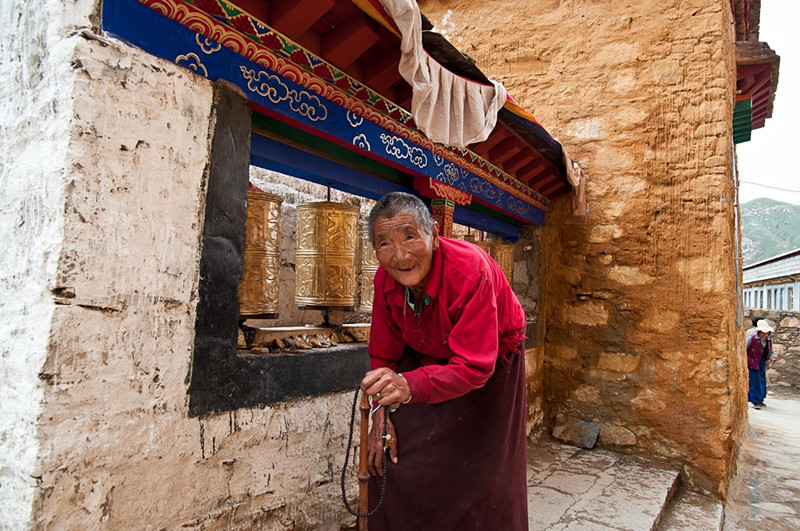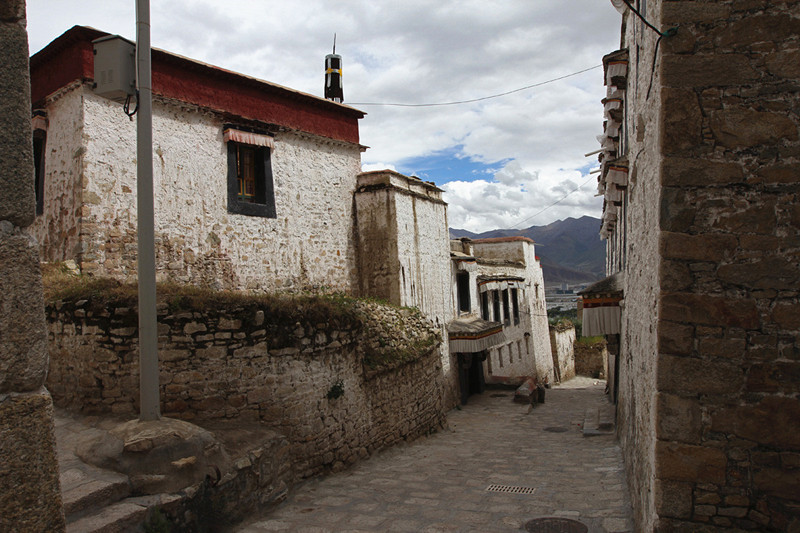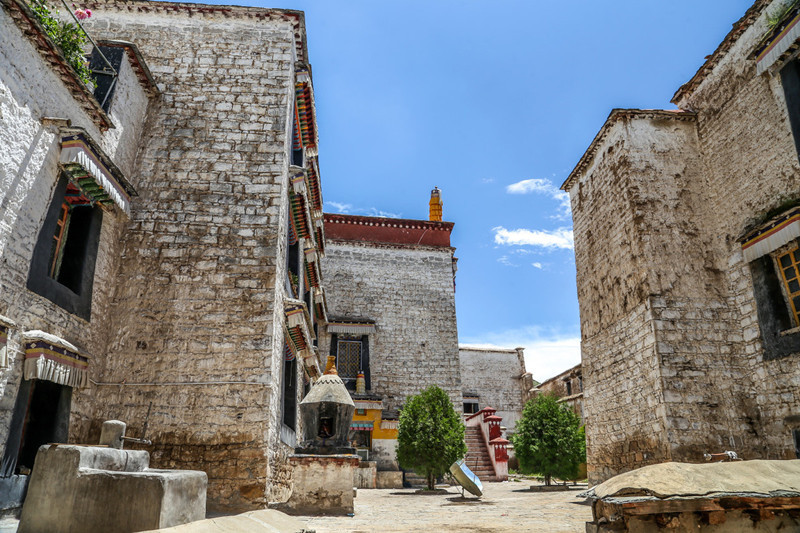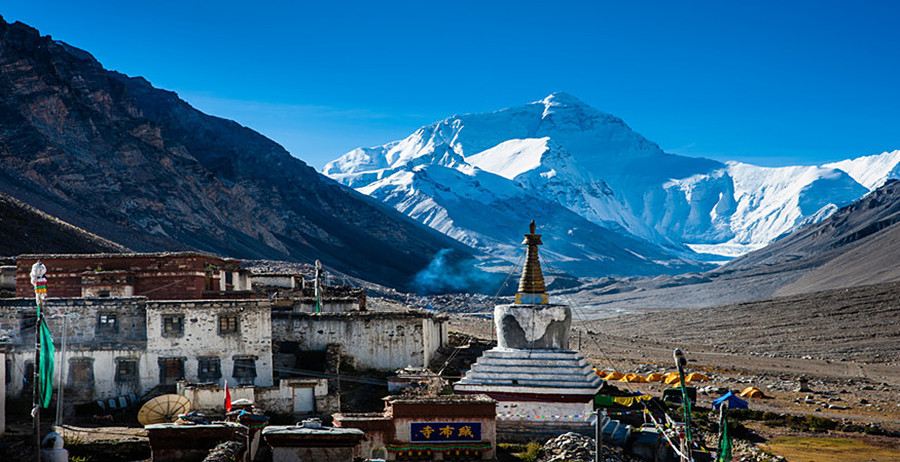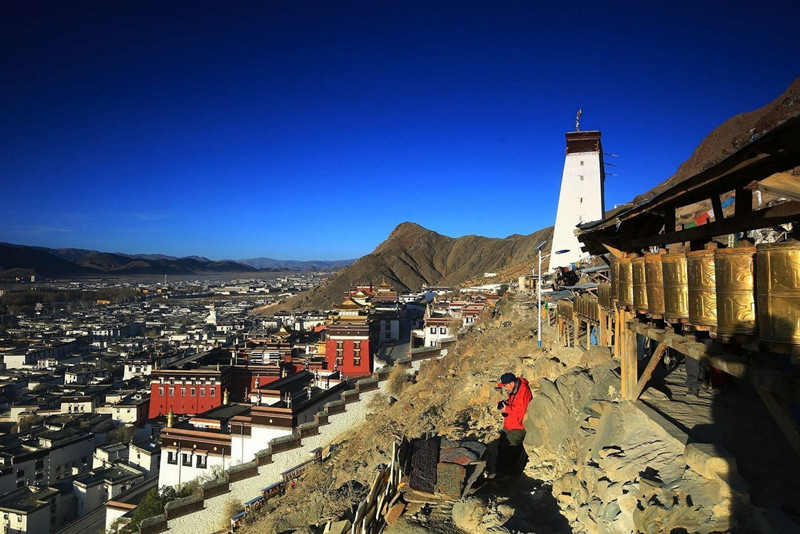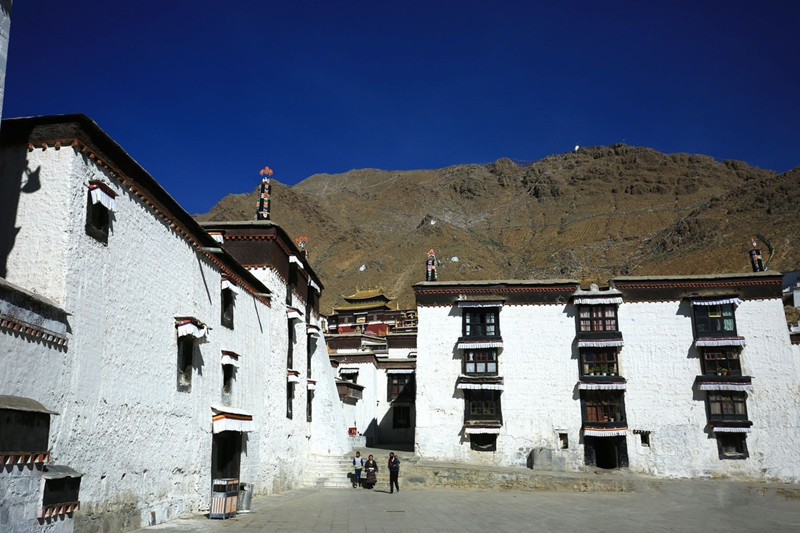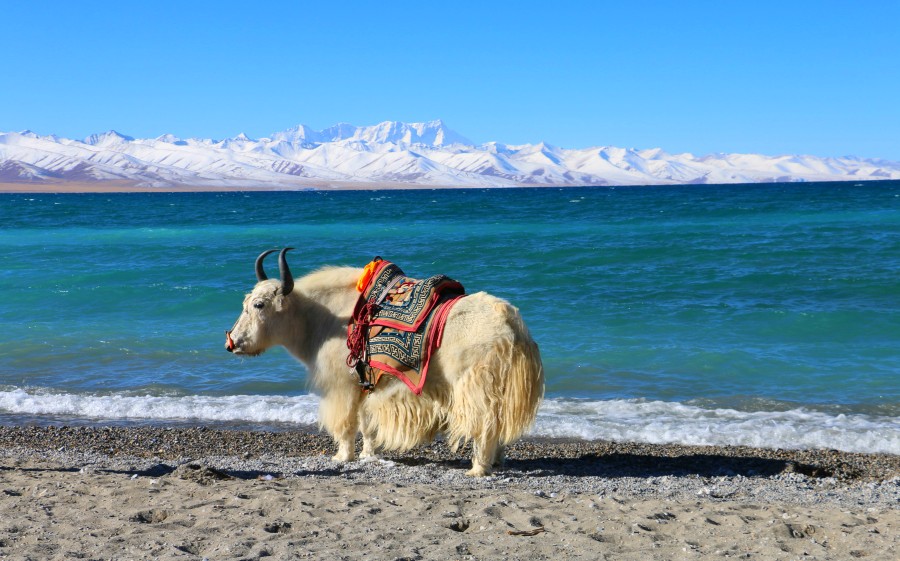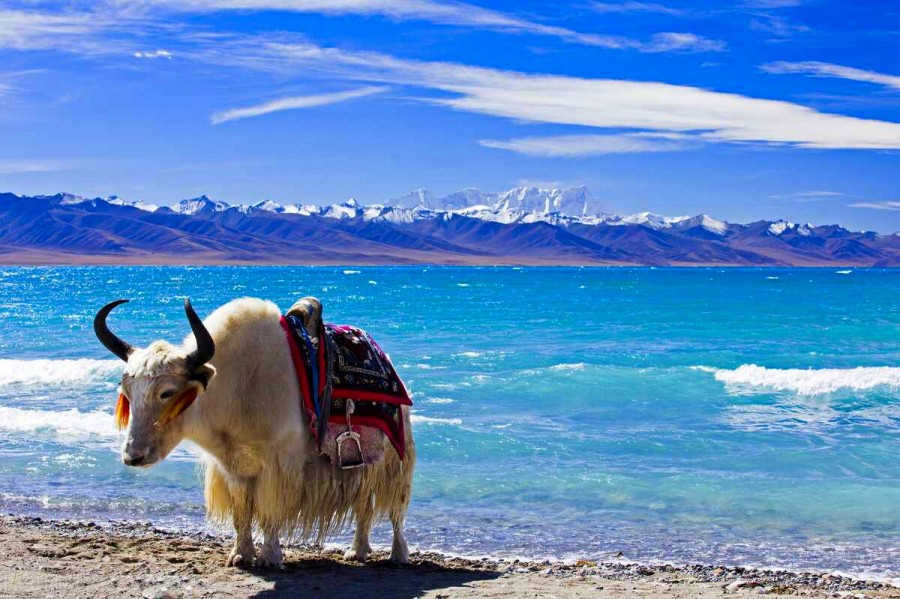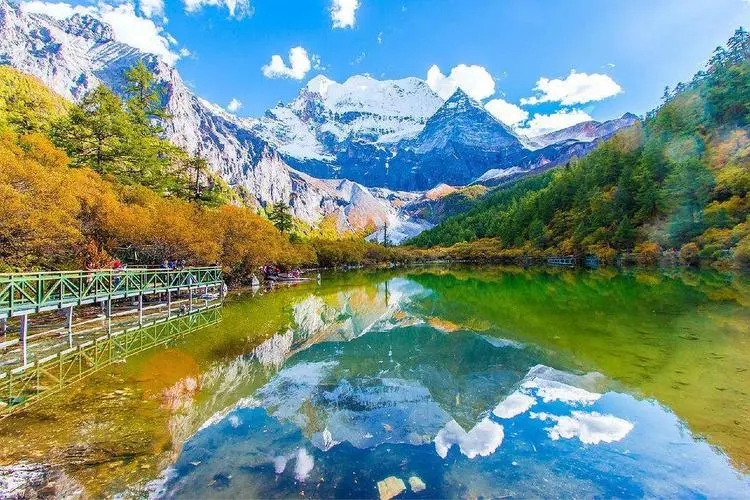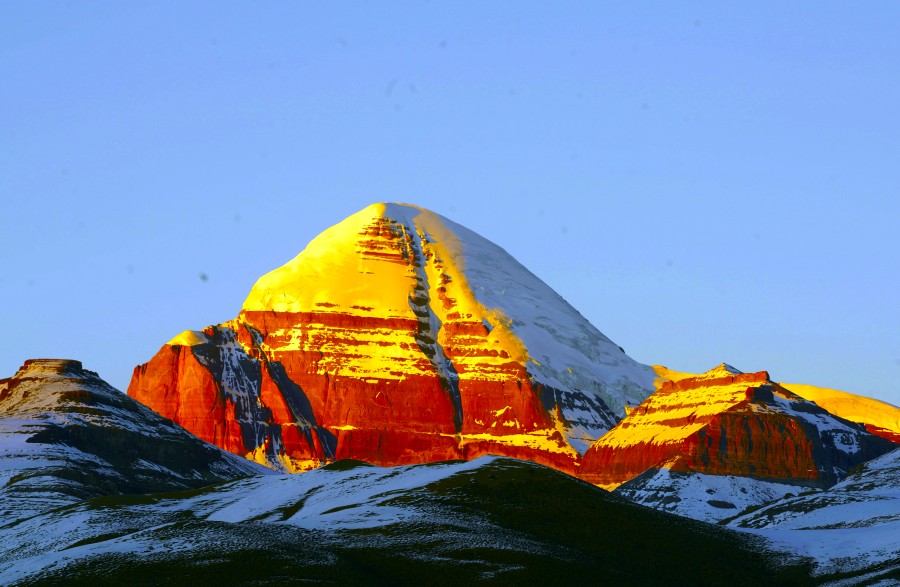17 Days Yunnan-Tibet Mount Everest Overland Self-Driving Tour from Kunming to Lhasa
Yunnan and Tibet are captivating destinations that offer a mix of diverse natural landscapes, rich local cultures, and breathtaking scenery that are sure to create unforgettable memories for any traveler.
| Last Month | Next Month | |||||
|---|---|---|---|---|---|---|
| Sun | Mon | Tue | Wed | Thu | Fri | Sat |
| 28 | 29 | 30 | 31 | 01 | 02 | 03 |
| 04 | 05 | 06 | 07 | 08 | 09 | 10 |
| 11 | 12 | 13 | 14 | 15 | 16 | 17 |
| 18 | 19 | 20 | 21 | 22 | 23 | 24 |
| 25 | 26 | 27 | 28 | 29 | 30 | 31 |
| 01 | 02 | 03 | 04 | 05 | 06 | 07 |
Features
Direct flights from Shangri-La make it convenient to quickly travel to the "Sunlight City" and explore the captivating capital of Tibet, Lhasa. This journey offers a chance to discover the remarkable sights of Yamdrok Lake, Shigatse, and Everest Base Camp, making it an ideal 17-day adventure in Yunnan and Tibet.
Embark on an exhilarating 17-day overland self-driving adventure that takes you from the lively streets of Kunming to the serene landscapes of Tibet and the awe-inspiring Mount Everest. This journey offers a unique opportunity to explore both the vibrant cultural heritage of Yunnan and the majestic beauty of Tibet, all from the comfort of your own vehicle.
This self-driving tour is designed for those who wish to experience the freedom of the open road while traveling through some of the most stunning natural and cultural landscapes in China. From the UNESCO World Heritage Sites in Lijiang and Shangri-La to the highest peaks of the Himalayas, this tour immerses you in diverse cultures, scenic mountain passes, ancient Tibetan monasteries, and some of the most beautiful and remote regions of the world. The overland journey allows you to connect with the land, its people, and its history in a way that no other type of travel can offer.
Whether you're an avid adventurer, a culture enthusiast, or a nature lover, this tour promises to be an unforgettable experience. Get ready for panoramic vistas, high-altitude lakes, and an unparalleled sense of freedom as you drive through the heart of Yunnan and Tibet.
Tour Highlights
Kunming's Stone Forest: Discover the Stone Forest, an ancient karst landscape, often referred to as the “First Wonder of the World.”
Lijiang Old Town: Wander through the charming Old Town of Lijiang, a UNESCO World Heritage Site known for its traditional Naxi architecture and stunning mountain views.
Shangri-La's Tibetan Villages: Experience authentic Tibetan culture in Shangri-La, with visits to traditional villages, Songzanlin Monastery, and Potatso National Park.
Jade Dragon Snow Mountain: Drive through the majestic Jade Dragon Snow Mountain, a scenic spot for off-road adventures, hiking, and photography.
Tiger Leaping Gorge: Cross one of the deepest gorges in the world on a self-driving adventure, with stops to hike and admire breathtaking canyon views.
Mount Everest Base Camp: Stand at the foot of Mount Everest, the world’s highest peak, and enjoy stunning views of the Himalayan range from the Everest Base Camp.
Rongbuk Monastery: Visit the highest monastery in the world, located at the base of Mount Everest, offering unparalleled views of the mountain’s north face.
Tashilhunpo Monastery: Explore the seat of the Panchen Lama in Shigatse, one of the most significant monasteries in Tibet, featuring golden statues, Buddhist murals, and sacred relics.
Tibetan Culture and Villages: Along the way, immerse yourself in local Tibetan culture, exploring villages, markets, and monasteries that offer a glimpse into daily life in this unique region.
Day by Day Itinerary

In the afternoon, for early arrivals, we will assist you with the process of applying for your Temporary Chinese Driving Permit (临时驾驶证) at the Kunming Vehicle Management Office (昆明市车管所).
✅ Estimated processing time: 1 hour.
Documents you must prepare in advance:
A simple health check will be conducted as part of the process. For step-by-step guidance, see the TRAVEL TIPS section titled How to Obtain a Temporary Chinese Driving Permit.
Afterward, you can stroll around the area near the hotel, sample Kunming Over-the-Bridge Rice Noodles and Steam-Pot Chicken, and enjoy the laid-back atmosphere of the Spring City.
Overnight at Hilton Garden Inn Kunming.
Driving Distance: Approx. 330 km
Estimated Driving Time: 4.5–5 hours (plus breaks)
Road Condition: 90% expressway (Kunming–Dali Highway), smooth and wide; remaining section well-paved city road. Moderate traffic leaving Kunming, less busy further west.
08:00 AM - Departure from Kunming
Start your journey from Kunming at 08:00 AM. Ensure your vehicle is ready and all documents (passport, driving permit) are in order. If your temporary driving permit wasn't processed on Day 1, we’ll assist you at the Vehicle Management Office (approx. 1 hour for 10 people, 2 hours for 20 people).
12:00 PM - Lunch in Kunming
After completing formalities, enjoy a local Yunnan-style lunch, such as wild mushroom hotpot. Recommended restaurants: Sanmao Mushroom Hotpot or Yunnan Wild Mushroom Restaurant (Duration: 1 hour).
01:00 PM - Depart for Dali
Begin the drive to Dali around 1:00 PM, traveling along the KunChuDa Expressway. Enjoy the impressive mountain and valley scenery as you make stops for photos and refreshments.
Break 1: Scenic views after 1.5-2 hours of driving. Stop for a quick break, stretch, and take photos. Local vendors often sell snacks and fruits.
Break 2: After 3 hours, stop to fuel up and rest. Ensure the car is in good condition and grab a snack or drink.
04:00 PM - Arrival in Dali
Check into Manxin Hotel Dali. Relax and refresh after your drive.
05:30 PM - Explore Dali Ancient Town
Stroll through Dali Ancient Town, known for its traditional architecture and narrow cobblestone streets. Visit the iconic Three Pagodas of Chongsheng Temple, offering views of Cangshan Mountain.
06:30 PM - Stroll by Erhai Lake
Take a peaceful walk along Erhai Lake, enjoying the serene views and optional boat ride.
07:30 PM - Dinner in Dali
Enjoy a local meal featuring Dali specialties like grilled fish or Dali rice noodles. Recommended restaurants are near Erhai Lake or in Dali Ancient Town.
09:00 PM - Return to Hotel
After dinner, return to your hotel for a restful night.
Travel Tips:
Refuel during breaks, especially before more remote areas.
Carry water and snacks for the journey.
Dali can be cool in the evening, so bring a light jacket.
Be mindful of local traffic and pedestrians in smaller towns.
Driving Distance: Approx. 180 km
Driving Time: About 3.5–4 hours total (excluding sightseeing stops)
After breakfast, visit Xiuzhou Ancient Town (喜洲古镇) to admire the elegant Bai-style courtyard houses like the Yan Family Courtyard and soak in the peaceful local atmosphere. Stroll along cobbled streets lined with ancient banyan trees and try the local specialties, such as Xiuzhou Baba (喜洲粑粑).
Next, continue to Zhoucheng Village (周城), famed for its Bai minority tie-dye handicrafts. You’ll have the chance to see artisans dyeing fabrics with natural indigo in centuries-old courtyards. You can shop for unique hand-made scarves, tablecloths, and decorative items.
Then, drive along the eastern shores of Erhai Lake to Shuanglang Ancient Town (双廊古镇). Here, enjoy lunch featuring Bai-style sour and spicy fish, cool chicken rice noodles, and seasonal vegetables, while overlooking the tranquil blue waters.
In the afternoon, drive a scenic route along Erhai’s lakeside road, stopping at Longkan Dock (龙龛码头) to watch migratory seagulls. Next, take an e-bike ride around Nanzhao Fengqing Island (南诏风情岛), where you’ll explore local Nanzhao culture and art installations.
Later, continue north toward Lijiang. En route, visit Black Dragon Pool (黑龙潭公园). On clear days, you’ll see spectacular reflections of Jade Dragon Snow Mountain mirrored on the lake’s surface.
Finally, arrive in Lijiang Ancient Town (丽江古城) by early evening. Check in to your hotel, then spend time wandering the old town’s lantern-lit streets, lively bar areas, and craft shops.
Evening Dinner: At Lijiang Jinmao Yinyi Hotel, where you’ll enjoy a dinner of fresh salmon sashimi, seasonal vegetables, and traditional Yunnan dishes. Afterwards, relax or explore the nightlife of Lijiang Ancient Town.
🛣️ Road Condition
Driving Distance: Approx. 80–100 km
Driving Time: About 2.5–3 hours total driving(不含游玩时间)
After breakfast, you will drive from Lijiang Ancient Town to Pearl Lake (珍珠湖). Pearl Lake is a hidden gem nestled beneath Jade Dragon Snow Mountain. The lake’s emerald waters reflect snow peaks and surrounding forests, creating a tranquil, postcard-perfect scene. Here you can take photos, walk along the wooden walkways, or enjoy a peaceful moment by the shore.
Next, continue on to the Dongba Valley Scenic Area (东巴谷), where you can enjoy a short off-road driving experience along gravel and unpaved sections. The route winds through alpine meadows and sparse pine forests.
Afterwards, drive to Baisha Ancient Town (白沙古镇)—one of the earliest Naxi settlements and the cradle of the Dongba culture. Upon arrival, you’ll have time to:
Lunch: Sample simple countryside dishes, such as Naxi grilled fish, wild vegetable stir fry, and buckwheat pancakes.
Taste local snacks like Lijiang Baba (丽江粑粑) and chicken bean jelly (鸡豆凉粉).
Shop for Dongba cultural souvenirs.
Evening Dinner: Enjoy Over-the-Bridge Rice Noodles (过桥米线) or hot pot in a local restaurant.
After dinner, the coach will return you to your hotel to rest.
🛣️ Road Condition
Lijiang to Pearl Lake & Dongba Valley:
🧭 Travel Tips for the Day
✅ Altitude Reminder: Pearl Lake elevation ~2,700 m. Walk slowly, drink plenty of water.
✅ Weather: Mornings can be chilly; bring layers and a windbreaker.
✅ Driving Skills: Off-road section is moderate difficulty—keep low gear and steady speed.
✅ Parking: Designated parking areas at Pearl Lake and Baisha (small fee, cash or WeChat Pay).
✅ Photography: Bring a wide-angle lens for mountain reflections.
✅ Snacks & Water: Buy bottled water and snacks before heading to Pearl Lake.
✅ Restrooms: Limited facilities at Pearl Lake—use facilities at Dongba Valley Visitor Center.
✅ Navigation: Use Gaode (Amap) offline maps.
✅ Time Management: Aim to leave Pearl Lake before 2 pm to allow enough time in Baisha.
✅ Souvenirs: Baisha is famous for embroidery—prices are negotiable.
After breakfast, set off from Lijiang towards Shangri-La, embarking on a day of spectacular scenery and cultural encounters.
On the way, you will first visit Upper, Middle, and Lower Tiger Leaping Gorge (上中下虎跳峡). Here, you can admire the roaring Jinsha River carving through one of the world’s deepest canyons. Take a boat tour at Middle Tiger Leaping Gorge to experience the dramatic cliffs and surging water up close.
Next, continue driving to Haba Village (哈巴村). Upon arrival, take a short rest and explore the village’s natural beauty, traditional wooden houses, and terraced fields. You will have lunch here, enjoying an organic free-range chicken hotpot, served in a restaurant offering panoramic views of Haba Snow Mountain (哈巴雪山).
After lunch, the journey continues towards Shangri-La. Along the route, you will pass Baishuitai (白水台), famous for its white calcium terraces known as the “Field of the Immortals.” You’ll also cross Washing Basin Pass (洗脸盆垭口) at an altitude of around 3,700 meters, where you can pause to take photos of the highland scenery.
Driving onwards, you will pass near Pudacuo National Park (普达措国家公园) before reaching the Tibetan Plateau.
Upon arrival in Shangri-La, visit Dukezong Ancient Town (独克宗古城) to stroll through centuries-old alleys, admire Tibetan-style architecture, and soak up the local culture. Here you can also sample Tibetan delicacies like barley wine (青稞酒) and zanba (糌粑).
In the evening, check in at the Hilton Garden Inn Shangri-La. Dinner will be served at the hotel restaurant. Afterward, you can relax and enjoy the peaceful night views of this highland town.
✅ Driving Distance: ~200–220 km
✅ Estimated Driving Time: 5–6 hours (excluding sightseeing stops)
✅ Altitude Reminder: Shangri-La sits at ~3,300 m. Take it easy to acclimatize.
Driving Distance: Approximately 180 km
Estimated Driving Time: About 4.5 to 5 hours (excluding sightseeing and meal breaks)
Itinerary Details:
After breakfast, Following this cultural experience, you will embark on a leisurely visit to Dukezong Ancient Town, a historic settlement boasting a history spanning over 1300 years and rich in Tibetan cultural heritage. Wander through the enchanting labyrinth of traditional Tibetan houses, ancient temples, ornate pagodas, and narrow, winding alleyways adorned with vibrant Tibetan prayer flags fluttering in the breeze. Immerse yourself in the ambiance of this ancient town as you soak in the sights and sounds of Tibetan culture.
Drive to Songzanlin Viewpoint (松赞林观景台) to enjoy a panoramic view of Songzanlin Monastery (松赞林寺), often called the "Tibetan Potala Palace." Ganden Sumtsenling Monastery, also known as Songzanlin Monastery, situated at an elevation of 3,380 meters. Established in 1679, this grand Tibetan Buddhist temple stands as the largest of its kind in Yunnan. Resembling the iconic Potala Palace, Songzanlin Monastery is often referred to as the "Little Potala Palace", showcasing a harmonious blend of Tibetan and Han Chinese architectural influences.
🚗 Travel Tips & Road Conditions:
Road Conditions:
The roads are mostly paved but mountainous and winding. The Jinsha River Bridge (金沙江大桥) is a well-maintained major crossing.
The drive over Baima Snow Mountain (白马雪山) involves narrow, twisting mountain roads with steep ascents and descents, especially at the Baima Pass (白马雪山垭口), which can be challenging.
Expect some narrow stretches and occasional rough patches near Feilaisi (飞来寺), typical of rural highland roads.
Driving Advice:
Altitude & Health Tips:
The route crosses elevations above 3,700 meters at Baima Pass; altitude sickness is a risk.
The star-viewing dinner at Feilaisi offers a unique experience under a pristine high-altitude sky. The hotel’s traditional Tibetan cultural performances add a memorable touch. Dress warmly for the cool night air.
Distance & Driving Time:
Stop 1: Yanjing Ancient Salt Pans (千年盐田)
Historical and Cultural Significance:
What to Do:
Stop 2: Hongla Mountain Pass and Nature Reserve (红拉山自然保护区)
Nature Reserve Highlights:
What to Do:
Afternoon: Continue the Drive to Markam
Altitude Considerations:
Evening: Arrival in Markam
Dinner & Relaxation:
Additional Travel Tips:
Driving Distance: Approx. 250 km
Estimated Driving Time: 5–6 hours (including breaks)
Road Conditions:
Mostly paved roads with some gravel or rough sections near mountain passes.
Moderate traffic in some areas, lighter as you approach more remote regions.
Be prepared for narrow, winding roads near mountain passes.
08:00 AM - Departure from Markam
Start your day by departing from Markam at 08:00 AM. Ensure your vehicle is prepared for mountainous terrain, especially if the roads are winding.
Carry any necessary documents and supplies (water, snacks, first-aid kit).
Dongda Pass (Dongda Mountain)
Scenic Views: Drive towards Dongda Pass, a revered Tibetan location often referred to as a "Heavenly Realm on Earth."
What to Expect: As you drive, the snow-capped mountains and green forests provide stunning views. The crystal-clear rivers add to the beauty of the landscape.
Photo Stops: Take time to stop and capture the views of towering mountains and serene valleys, as this place is perfect for photography.
Rest: Take a short break to absorb the beauty of your surroundings before continuing your journey.
10:30 AM - Continue to Zogang
Drive to Zogang: After exploring Dongda Pass, continue your journey to Zogang County.
Scenic Drive: This route offers amazing views of mountains, canyons, and remote villages, so keep your camera handy.
12:30 PM - Arrival in Zogang County
Explore Zogang: Upon arrival in Zogang, you'll be surrounded by mountainous terrain and deep canyons. Zogang is a great spot for nature lovers and outdoor enthusiasts.
Trekking Opportunities: Trek through picturesque forests and enjoy the unique landscapes.
Photo Opportunities: Capture breathtaking views of the valleys, mountains, and local wildlife that make this area so special.
1:30 PM - Lunch in Zogang
Traditional Tibetan Lunch: Enjoy a traditional Tibetan-style lunch at a local restaurant. Yunnan and Tibetan cuisine are rich in flavor, so try dishes like Tibetan momo (dumplings), yak meat, or sautéed vegetables.
Rest and Refuel: Take a moment to relax and enjoy your meal before continuing your journey.
3:00 PM - Lancang River Grand Canyon
Lancang River Grand Canyon: Head towards the Lancang River Grand Canyon, one of the most dramatic natural sights in the region.
Experience the Rapids: Known for its exhilarating rapids, the Lancang River flows quickly through the narrow gorge.
Seasonal Changes: In winter, the river is calm and crystal-clear; in summer, it becomes wild and frothy, with crashing waves that reverberate against the canyon's cliffs.
The Sound of Nature: The rushing water sounds like thunder, making this a truly captivating natural phenomenon.
Photo Stop: The steep mountain valleys and dramatic landscape make this the perfect place for photos.
4:30 PM - Explore Jueba Mountain
Jueba Mountain: After visiting the canyon, head to Jueba Mountain, which offers breathtaking panoramic views.
Geological Features: Explore the unique geological formations and take in the stunning vistas of the surrounding forests and canyons.
Hiking Options: If you’re up for it, take a short hike around the mountain to discover hidden gems and enjoy the natural serenity of the area.
6:00 PM - Check-In at Zogang
Hotel Check-In: Arrive back in Zogang and check into your accommodation for the night.
Relax: After a long day of driving and exploration, rest and refresh at your hotel.
7:00 PM - Evening at Leisure
Relax in Zogang: Enjoy a peaceful evening in Zogang. You can either rest at the hotel or take a leisurely evening walk around the area.
Night Views: The surrounding mountains provide a quiet and serene atmosphere for evening reflection.
Overnight: Zogang
Travel Tips:
Mountain Driving: The roads can be winding and narrow near the mountain passes, so take extra caution.
Fuel: Ensure your fuel tank is topped off before leaving more remote areas.
Snacks & Water: Bring enough water and snacks to stay refreshed during the long drive.
Clothing: Temperatures can change rapidly in the mountains, so bring layers of clothing, including a jacket for cooler evenings.
Safety: Have a first-aid kit and emergency supplies on hand in case of any issues during the drive.
Driving Distance: Approx. 280 km
Estimated Driving Time: 6–7 hours (including breaks)
Road Conditions: Mostly paved roads with some winding mountain sections. Moderate to light traffic. Be cautious on the mountain turns and narrow roads.
08:00 AM - Departure from Zogang
Begin your journey from Zogang at 08:00 AM. Ensure your vehicle is well-prepared for mountain driving and have all necessary documents and supplies.
Yela Mountain
Head towards Yela Mountain, where the road offers breathtaking views of the surrounding valleys and forests. Enjoy the towering peaks, lush vegetation, and winding roads as you ascend the mountain.
Stop along the way for photo ops of the pristine nature and towering trees that make this route so scenic.
Nujiang 72 Turns
Drive along the famous Nujiang 72 Turns, a picturesque path that meanders up the mountainside, offering stunning views of the Nujiang River below.
This winding route provides a unique experience of nature, where the road curves and twists, allowing you to enjoy magnificent vistas of the river below and the surrounding mountains. The 72 Turns offer plenty of opportunities to stop and marvel at the landscape.
As you drive, you’ll feel like an explorer, uncovering the region’s charm and immersing yourself in the natural beauty. Each turn brings a new view, adding to the allure of the journey.
Nujiang Grand Canyon
Continue driving towards the Nujiang Grand Canyon, a majestic gorge carved by the Nujiang River.
The canyon is known for its steep cliffs, rushing waters, and dramatic rock formations. It is one of the most awe-inspiring places in the region.
Make time to stop and take in the canyon’s beauty, snapping photos of the dramatic landscapes.
Basu County
As you approach Basu County, enjoy the breathtaking mountain landscapes and explore the small villages nestled in the valleys.
Take a moment to appreciate the local Tibetan culture, where traditional customs and lifestyles are still preserved.
Arrival in Ranwu Town
Arrive in Ranwu Town in the late afternoon. Check into your hotel and rest after a long day of scenic driving and exploration.
Relax and take a leisurely evening walk around the town, enjoying the tranquil atmosphere and views of Ranwu Lake.
Overnight: Ranwu Town
Travel Tips:
Be cautious of winding, narrow mountain roads, especially on the Nujiang 72 Turns.
Ensure your vehicle is fully fueled before leaving Zogang, as fuel stations may be sparse in more remote areas.
Carry sufficient water and snacks for the long drive.
Dress in layers for varying temperatures, particularly at higher altitudes.
Driving Distance: Approx. 220 km
Estimated Driving Time: 5–6 hours (including breaks)
Road Conditions: Mostly paved roads, with some gravel sections and winding mountain roads. Moderate traffic, but lighter in rural areas.
08:00 AM - Departure from Ranwu Town
Begin your journey from Ranwu Town at 08:00 AM. Ensure your vehicle is in good condition for the mountain terrain, and have your supplies ready for the day's drive.
Ranwu Lake
Tranquil Alpine Setting: Your first stop is Ranwu Lake, a serene alpine lake surrounded by snow-capped mountains.
Scenic Beauty: Take a moment to enjoy the peaceful atmosphere as you walk along the lakeshore. The crisp mountain air and the reflection of the towering peaks in the lake will provide you with a perfect opportunity for photos and quiet contemplation.
Photo Opportunities: The lake is known for its pristine beauty, so don’t miss the chance to capture this magnificent scene.
Laigu Glacier
Glacier Exploration: Continue your drive to Laigu Glacier, located near the base of the Laigu Mountain.
What to Expect: The glacier, with its glacial ice and breathtaking views, provides a dramatic contrast to the lush landscapes surrounding it.
Take Your Time: Walk along the observation points to fully appreciate the size and magnificence of the glacier.
Bomi County
Tibetan Town Experience: Proceed towards Bomi County, a charming Tibetan town known for its traditional architecture and vibrant marketplace.
Cultural Immersion: Wander through the historic streets, appreciating the distinctive Tibetan buildings and local handicrafts. Immerse yourself in the essence of Tibetan culture and enjoy the town’s lively atmosphere.
Local Shopping: Be sure to visit the local markets to purchase unique Tibetan goods, such as handwoven textiles and wooden carvings.
Tongmai Bridge
Historic Landmark: Your next stop is the Tongmai Bridge, a historic structure that crosses the raging river in Bomi County.
Views of the River Valley: From the bridge, you’ll have incredible views of the clear-flowing river below, with the water rushing through the valley.
Take in the History: The Tongmai Bridge is also a key historical landmark in the region, reflecting the engineering achievements of the Tibetan people.
Lulang Town
"Jiangnan of Tibet": Continue your journey to Lulang Town, located in Nyingchi Prefecture. Often referred to as the “Jiangnan of Tibet,” Lulang is known for its lush rolling hills, crystal-clear rivers, and traditional Tibetan culture.
Natural Beauty: The area is rich in natural beauty, with a vibrant mix of forests, meadows, and scenic views. Take a relaxing walk through the area, soaking in the peaceful atmosphere.
Cultural Immersion: Explore the Tibetan architecture and experience the local culture at a leisurely pace.
Sejila Mountain Pass
Mountain Views: Before reaching Nyingchi, drive through Sejila Mountain Pass, where you’ll be greeted by stunning views of the surrounding peaks and valleys.
Scenic Drive: The road is well-paved, but winding, so be cautious as you navigate through this mountainous region. The views here are some of the best in Tibet.
Arrival in Nyingchi
Hotel Check-In: Arrive in Nyingchi in the late afternoon. Check into your hotel and take some time to rest after the scenic drive.
Evening Leisure: Spend the evening exploring the town or relaxing at your hotel. You can enjoy a leisurely walk along the river or visit local shops.
Overnight: Nyingchi
Travel Tips:
Road Safety: Be cautious of the winding mountain roads, especially in the Sejila Mountain Pass area.
Altitude: Nyingchi is at a lower altitude compared to other Tibetan regions, but be mindful of possible altitude sickness, especially in higher areas like Laigu Glacier.
Fuel: Ensure your vehicle has a full tank before leaving Bomi County as fuel stations may be limited in more remote areas.
Clothing: Pack warm clothes, especially if you're visiting glaciers or high-altitude areas like Laigu Glacier.
Snacks & Water: Bring water and snacks for the drive, especially as some stretches are remote.
Driving Distance: Approx. 400 km
Estimated Driving Time: 8–9 hours (including breaks)
Road Conditions: Mostly paved roads with some winding mountain sections. Moderate traffic on the Nyingchi-Lhasa Highway.
08:00 AM - Departure from Nyingchi
Start your journey from Nyingchi at 08:00 AM. Make sure your vehicle is prepared for a long drive, and have all necessary supplies, such as water, snacks, and a fully charged phone, before heading out.
Basumtso Lake (Basum Lake)
Tranquil Alpine Lake: Your first destination is Basumtso Lake, located about 30 km from Nyingchi. This pristine lake is surrounded by snow-capped mountains, offering crystal-clear waters that perfectly reflect the peaks.
Outdoor Activities: Take some time to explore the area, enjoy a boat ride, or go for a short hike around the lake. This peaceful spot is perfect for photos and offers a moment of serenity to soak in the surrounding beauty.
Photo Opportunities: Capture the reflections of the mountains and sky in the lake’s surface.
Gongbujiangda (Gongbujiangda County)
Traditional Tibetan Town: After Basumtso Lake, head towards Gongbujiangda, a traditional Tibetan town known for its historic streets and distinctive architecture.
Cultural Immersion: Wander through the town’s streets to witness local Tibetan life. You’ll see traditional Tibetan homes, colorful markets, and have the chance to interact with the friendly residents.
Local Handicrafts: You may also find some local Tibetan crafts available for purchase, such as handwoven textiles or wooden carvings, offering a unique souvenir from your journey.
Nyingchi-Lhasa Highway
Scenic Drive: Continue your journey along the Nyingchi-Lhasa Highway, a meandering and scenic route that stretches across the Tibetan Plateau.
Breathtaking Views: Expect snow-covered peaks, rugged gorges, streams, and vast plains along the way. The road offers spectacular views of the Himalayas and Tibetan Plateau, making it a truly unforgettable drive.
Photo Stops: Plan for occasional stops to admire the scenery and take photos of the stunning landscapes. The route is famous for its breathtaking vistas and will offer many opportunities to capture the beauty of Tibet.
Kading Valley
Kading Valley Exploration: As you drive further along the Nyingchi-Lhasa Highway, stop to explore Kading Valley, an area famous for its dramatic mountain landscapes and wildflower meadows.
Nature Walks: If time allows, take a short walk through the valley, soaking in the tranquility of the surroundings and marveling at the natural beauty.
Arrival in Lhasa
Check-In at Hotel: Arrive in Lhasa in the evening and check into your hotel. After a long day of scenic driving, relax and refresh.
Evening at Leisure: You may choose to take a leisurely stroll in Lhasa or relax at your hotel. Lhasa is the spiritual heart of Tibet, and its peaceful evenings offer a chance to reflect on the day's journey.
Overnight: Lhasa
Travel Tips:
High Altitude: Lhasa sits at an altitude of over 3,600 meters (11,800 feet), so be mindful of the altitude and take it easy. Stay hydrated and avoid strenuous activities upon arrival.
Road Safety: The Nyingchi-Lhasa Highway is generally in good condition, but be cautious of winding roads and occasional rough sections.
Fuel and Snacks: Ensure your vehicle has enough fuel for the journey, especially before heading into more remote areas. Carry snacks and water for the drive.
Clothing: Dress in layers, as the weather can vary throughout the day, and bring a warm jacket for cooler temperatures in the mountains.
Highlights: Potala Palace, Jokhang Temple, Barkhor Street
Estimated Driving Time: Minimal (Walking Tour)
Morning: Potala Palace
Start the Day: Begin your tour by visiting the iconic Potala Palace, which majestically sits atop Red Hill in the heart of Lhasa.
Historical Significance: This UNESCO World Heritage site served as the home of past Dalai Lamas and was the religious and political center of Tibet for centuries. It remains the highest palace in the world, offering not only cultural and historical importance but also a remarkable architectural feat.
Explore the Red Palace: Ascend the 365 steps to reach the Red Palace, where you’ll find the Dalai Lama’s political hall, prayer halls, and the stupa hall, all richly decorated with Buddha statues, murals, and ancient Tibetan treasures.
Photo Opportunities: Don’t forget to take photos of the incredible exterior of the palace and the breathtaking views of Lhasa from the palace grounds.
Mid-Morning: Jokhang Temple
Sacred Site: After visiting the Potala Palace, head to Jokhang Temple, the spiritual heart of Tibetan Buddhism.
Tibetan Architecture: This 7th-century temple is renowned for its stunning Tibetan architecture, ancient relics, and sacred atmosphere. As you enter, take in the peaceful ambiance and learn about the significance of the temple to local Tibetans, who believe that worshiping here can bring spiritual fulfillment.
Cultural Importance: Known as the "heart of Tibetan Buddhism," this temple draws both pilgrims and tourists from around the world. Spend some time admiring the relics, the Buddha statue, and the rich historical artifacts that have been preserved within.
Afternoon: Barkhor Street
Cultural Exploration: Stroll through Barkhor Street, a lively commercial area encircling Jokhang Temple. This area is often referred to as the Barkhor Circuit, a route that has been walked by pilgrims for centuries.
Traditional Market: Along this winding street, you’ll find traditional Tibetan-style buildings, shops selling local handicrafts, cultural souvenirs, clothing, and delicacies.
Local Life: Barkhor Street is a vibrant center for Tibetan culture and commerce, and it is constantly alive with activity, with locals and tourists alike walking its length. It’s a great place to experience the daily life of Lhasa, purchase handmade goods, and savor Tibetan food.
Cultural Hub: Beyond shopping, this area is also a place for cultural exchange, with frequent traditional exhibitions, artistic performances, and folk events that showcase Tibetan culture. Take your time to explore and immerse yourself in the rich traditions of the area.
Overnight: Lhasa
Travel Tips:
Altitude Consideration: Lhasa sits at an altitude of over 3,600 meters (11,800 feet), so take it easy and drink plenty of water to adjust to the high altitude.
Dress Comfortably: Wear comfortable shoes as you’ll be walking quite a bit, especially on the steps of the Potala Palace and around Barkhor Street.
Respect Local Traditions: While visiting Jokhang Temple and Barkhor Street, be mindful of local customs. You may see Tibetans performing pilgrimages, and it’s a good idea to observe these practices respectfully.
Photography: While photos of the Potala Palace and Barkhor Street are allowed, Jokhang Temple may have restrictions on photography inside the temple itself. Always check for signs or ask before taking photos.
Driving Distance: Approx. 340 km
Estimated Driving Time: 7–8 hours (including breaks)
Road Conditions:
Paved roads with some winding sections and occasional gravel areas.
Moderate traffic on the main highway.
Caution required when driving near Karola Glacier due to icy roads in colder months.
08:00 AM - Departure from Lhasa
Begin your day by departing from Lhasa early in the morning. Make sure your vehicle is prepared for a long drive, with sufficient fuel, water, and snacks for the journey.
Yamdrok Lake
Driving Distance: 20 km from Lhasa
Scenic Drive: Start your journey with a 20-kilometer drive along the shoreline of Yamdrok Lake, one of Tibet's most stunning lakes.
Road Conditions: The road here is paved, with some winding turns offering stunning views of the lake and surrounding mountains.
What to Expect: The turquoise waters of Yamdrok Lake, surrounded by snow-capped peaks, make for a spectacular view. Stop at various points along the road to admire and photograph the landscape.
Lunch Break
Location: A local town or roadside area
Enjoy a traditional Tibetan meal such as yak meat, momo, or tsampa.
Karola Glacier
Driving Time: Approx. 1 hour from Yamdrok Lake
Road Conditions: Paved road with some steep sections as you approach the Karola Glacier.
Scenic Drive: Continue your journey to Karola Glacier, one of Tibet’s most breathtaking glaciers. The road runs close to the glacier, and its glacier tongue extends toward the road, resembling a frozen waterfall hanging above your head.
What to Expect: The massive glacier and its surrounding landscape are truly mesmerizing. Stop to take photos of the glacier, which is one of Tibet's most iconic natural features.
Manla Lake & Gyantse
Driving Time: Approx. 2 hours from Karola Glacier
Road Conditions: The road here is mostly paved, with some winding sections. The drive is smooth, and you’ll pass through beautiful landscapes.
Manla Lake: Enjoy a brief stop at Manla Lake, a stunning high-altitude lake surrounded by dramatic mountains.
Gyantse: Continue your drive to the ancient town of Gyantse, where you can explore the Gyantse Kumbum (a multi-story pagoda) and the Pelkor Chode Monastery.
What to Expect: Gyantse is known for its rich history and beautiful Tibetan architecture, providing a perfect break before heading to Shigatse.
Arrival in Shigatse
Arrival Time: Late afternoon
Driving Time: Approx. 2 hours from Gyantse
Road Conditions: The road from Gyantse to Shigatse is paved and well-maintained.
Hotel Check-In: Upon arrival in Shigatse, check into your local 3-star hotel and rest after the long drive.
Evening Leisure: In the evening, you may choose to visit the Tashilhunpo Monastery or take a leisurely walk around the city.
Meals:
Breakfast: At the hotel in Lhasa
Lunch: Traditional Tibetan lunch en route
Dinner: Free to explore local restaurants in Shigatse
Overnight: Shigatse (Local 3-Star Hotel)
Self-Driving Tips:
Fuel: Make sure your vehicle is fully fueled before departing Lhasa, as fuel stations may be limited on the way.
High Altitude: As you’ll be driving at high altitudes, be mindful of potential altitude sickness. Stay hydrated and avoid strenuous activities.
Weather: The weather in Tibet can be cold, especially near glaciers. Dress warmly and be prepared for fluctuating temperatures.
Road Safety: Pay attention to road conditions, especially around Karola Glacier where icy patches can make the roads slippery.
Snacks & Water: Carry sufficient snacks, water, and a first aid kit for the journey.
Driving Distance: Approx. 330 km
Estimated Driving Time: 6.5 hours (including breaks)
Road Conditions:
Paved roads up to Dingri County, then some gravel roads as you approach Everest Base Camp.
Winding mountain roads and narrow sections, so drive cautiously.
Moderate to light traffic along the way.
08:00 AM - Departure from Shigatse
Start your day early with a breakfast at the hotel. Ensure your vehicle is in good condition for a long drive, and make sure to carry snacks, water, and photographic equipment for the scenic journey.
Drive through Rural Farmlands and Villages
Route Overview: The drive starts with a picturesque route through rural farmlands and traditional Tibetan villages. As you drive, you will pass through open pastoral landscapes, with the Himalayas slowly becoming visible as you approach Tingri.
Road Conditions: The first part of the journey is mostly paved and relatively smooth, but be cautious of occasional gravel patches as you get closer to the mountains.
Dingri County & Dingri Viewpoint
Driving Time: Approx. 4 hours from Shigatse
First Everest View: As you approach Dingri County, you’ll make your first stop at the Dingri Viewpoint for a breathtaking view of Mount Everest.
What to Expect: The majestic mountain will slowly come into focus, towering in the distance with its snowy peak piercing the sky. Take some time to stop and capture the moment with photos.
Gyawula Pass
Driving Time: Approx. 1 hour from Dingri
Panoramic Views: Continue on to Gyawula Pass, where you’ll stop for panoramic views of the entire Himalayan Range, including peaks over 7000 meters tall.
What to Expect: The view here is truly awe-inspiring, with Everest standing proudly above the clouds. This is one of the best spots to admire the Himalayas in their full glory. It’s a great place for a quick rest and to enjoy the grandeur of nature.
Arrival at Everest Base Camp (EBC)
Driving Time: Approx. 1.5 hours from Gyawula Pass
Dedicated Road to Everest: The road becomes more rugged as you approach the Everest Base Camp. The mountain slowly grows larger and closer, dominating the landscape.
Final Stop: You’ll arrive at Everest Base Camp, where Mount Everest appears like a massive pyramid standing before you, one of the most iconic views in the world.
Timing for Sunset: Aim to reach the Base Camp before sunset to witness the golden hues of the setting sun illuminating the majestic peak of Mount Everest. It’s a natural phenomenon you won’t want to miss.
Winter Season Alternative
Accommodation: During the winter season (when the tented lodges at Everest Base Camp are closed), we will relocate to Basong Village, the closest village to Everest. This village offers simpler accommodations, but the proximity to Everest remains stunning.
Meals:
Breakfast: At the hotel in Shigatse
Lunch: Along the way (packed lunch or roadside stop depending on availability)
Dinner: Provided at the Everest Base Camp Guest House (for those staying at the Base Camp)
Overnight: Everest Base Camp Guest House (Dorm Bed) / Basong Village (Winter Alternative)
Self-Driving Tips:
High Altitude: As you approach Everest Base Camp, you’ll be at a high altitude (over 5,000 meters), so it’s crucial to take it slow and stay hydrated. Altitude sickness can be a concern, so watch for symptoms and stop to rest if needed.
Road Conditions: Be prepared for rugged terrain once you leave Dingri County. The roads are narrow and gravelly, with some steep inclines. Drive with caution and be mindful of your vehicle's brakes on downhill sections.
Fuel: Ensure your vehicle is fully fuelled before departing Shigatse as fuel stations may be scarce along the route.
Cold Weather: Bring warm clothes as temperatures at Everest Base Camp can drop significantly, especially in the evenings. Layering is key, and ensure you have enough warm layers for the night.
Snacks and Water: Carry sufficient snacks, water, and any necessary personal items, as services along the way can be sparse.
Driving Distance: Approx. 340 km
Estimated Driving Time: 6–7 hours (including breaks)
Road Conditions:
Mostly paved roads, with some gravel sections near the Everest region.
Mountainous terrain, narrow and winding roads as you leave Everest.
Early Morning: Stroll Around Everest Base Camp
Start the Day: Wake up early to enjoy the serenity of the Everest Base Camp in the morning light. Take a stroll around the camp, savoring the majestic views of Mount Everest and the surrounding peaks.
Photography Tips: Capture the golden hues of the early morning sun as it illuminates the peaks, creating a stunning contrast against the blue sky.
Breakfast at Everest Base Camp
Meal: Have a hearty breakfast at the guesthouse before you begin the drive back to Shigatse. Prepare for a day of scenic views and cultural exploration.
Visit Rongbuk Monastery
Driving Time: Approx. 1 hour from Everest Base Camp
Monastery Visit: After breakfast, your guide will take you to Rongbuk Monastery, the world’s highest-altitude monastery (5,000 meters).
Cultural & Scenic Significance: This monastery offers incredible views of Mount Everest and is the last monastery on the Tibetan plateau before reaching the mountain’s base. It is also famously featured in the movie “2012”, where the waves engulf the last piece of land.
Photography Opportunity: Take photos of the monastery against the backdrop of Everest. You’ll also get a glimpse of traditional Tibetan Buddhist architecture and culture.
Drive to Xilin Viewpoint
Driving Time: Approx. 1.5–2 hours
Scenic Viewpoint: After leaving the Rongbuk Monastery, continue on to Xilin Viewpoint, a scenic stop offering spectacular views of the eastern slope of Everest and Mt. Lhotse.
What to Expect: From here, you’ll be able to take stunning photos of the Himalayan range as the mountains stretch out before you, with Mt. Everest towering in the background.
Pass Through the Ancient Town of Sakya
Driving Time: Approx. 1.5 hours
Cultural Exploration: On your way back to Shigatse, you’ll pass through the ancient town of Sakya, which is home to the famous Sakya Monastery. You can take a brief stop to explore the town or photograph the traditional Tibetan architecture.
Arrival in Shigatse
Driving Time: Approx. 2 hours
Return to Shigatse: Continue your drive and arrive back in Shigatse in the late afternoon.
Hotel Check-In: Upon arrival, check into your local 3-star hotel and relax after the long drive.
Evening: Farewell Dinner
Dinner: Enjoy a Farewell Dinner at your hotel or a local restaurant, celebrating the conclusion of your Tibet adventure. Reflect on the amazing journey to Mount Everest and all the incredible experiences along the way.
Meals:
Breakfast: At Everest Base Camp
Lunch: On the road (packed lunch or roadside stop)
Dinner: Farewell Dinner in Shigatse
Overnight: Shigatse (Local 3-Star Hotel)
Self-Driving Tips:
Road Safety: The roads leading out of Everest Base Camp are narrow and can be gravelly, especially near Rongbuk Monastery. Drive cautiously, particularly on winding mountain roads.
Altitude: You will be driving at high altitudes today, so make sure to monitor how you feel and take breaks as needed. Drink plenty of water and avoid any strenuous activity.
Clothing: Weather at Everest Base Camp can be cold, even in summer. Dress in layers and carry warm clothing, especially in the morning and evening.
Fuel & Snacks: Ensure your vehicle has enough fuel for the journey as stations may be sparse. Carry snacks and water for the trip.
Driving Distance: Approx. 280 km
Estimated Driving Time: 5–6 hours (including breaks)
Road Conditions:
Mostly paved roads, with some gravel sections near river valleys.
Winding mountain roads as you travel through the Yarlung Tsangpo River Valley.
08:00 AM - Departure from Shigatse
After breakfast at your hotel, begin the drive back to Lhasa. Make sure your vehicle is in good condition, and pack any snacks or drinks for the journey.
Visit Tashilhunpo Monastery
Driving Time: Approx. 30 minutes from Shigatse
Monastery Visit: Begin the day with a visit to Tashilhunpo Monastery, the largest monastery in western Tibet and the seat of the Panchen Lamas.
What to Expect:
Drive Along the Yarlung Tsangpo River
Driving Time: Approx. 4.5–5 hours
Scenic Route: After visiting Tashilhunpo, continue your journey towards Lhasa along the Yarlung Tsangpo River Valley.
What to Expect: The Yarlung Tsangpo River (also known as the Brahmaputra River) is one of the longest rivers in the world. As you drive, you’ll be treated to scenic views of gorges, mountains, and traditional Tibetan villages.
Road Conditions: The road is mostly paved, but be aware of some gravel sections and winding mountain roads as you travel through the valley.
Arrival in Lhasa
Late Afternoon Arrival: After a scenic journey, you’ll arrive in Lhasa in the late afternoon.
Hotel Check-In: Check into your local 3-star hotel for your last night in Tibet.
Alternative Travel Option: Train to Lhasa
Train Option: Depending on availability and schedule, there may be an option to return to Lhasa by train for a different perspective of the landscape. The train journey through the Tibetan Plateau offers panoramic views of the high-altitude terrain and can be a unique way to experience the landscape.
Evening Leisure:
After checking into your hotel, enjoy a relaxing evening in Lhasa. Take some time to reflect on your Tibet journey or explore the city at your own pace.
Meals:
Breakfast: At the hotel in Shigatse
Lunch: On the road (packed lunch or roadside stop)
Dinner: Free to explore local restaurants in Lhasa
Overnight: Lhasa (Local 3-Star Hotel)
Self-Driving Tips:
Altitude Considerations: You will be traveling at high altitudes, so take it slow and be mindful of altitude sickness. Drink plenty of water and avoid strenuous activities.
Fuel: Ensure that your vehicle is fully fueled before leaving Shigatse, as fuel stations can be sparse along the route.
Road Safety: Some sections of the road are narrow and winding, especially near the river valley. Drive cautiously, especially in gravel areas.
Weather: Bring warm layers, as the weather can be cool, especially in the morning and evening, even during summer months.
Train Option: If you choose to take the train back to Lhasa, enjoy the comfort of the ride and the views as you pass through the Tibetan Plateau.
Driving Distance: N/A (Airport/Train Station transfer)
Estimated Driving Time: Approx. 1 hour (depending on your departure point)
Morning: Farewell to Lhasa
Farewell: On the last day of your Tibet journey, take a moment to reflect on the incredible experiences shared with your fellow travelers.
Departure Transfer: We will accompany you to the airport or train station in Lhasa for your departure. The drive is short and straightforward, but it’s filled with the bittersweet feeling of leaving behind the awe-inspiring landscapes of Tibet.
Cherishing the Memories
As we bid farewell to our dear companions, we express our deep gratitude for the moments shared, the landscapes explored, and the cultural treasures discovered along the way.
Whether you choose to remain in Tibet for further exploration or continue your journey elsewhere, we wish you safe travels and happy new adventures.
Closing Remarks
Bidding Farewell: As we part ways, we carry with us not just the stunning memories of Tibet but also the warmth of newfound friendships. We look forward to the next gathering, wherever the winds of adventure may take us.
Final Thoughts: May the bonds formed during this journey remain strong and echo in the hearts of all those who traveled this route.
Departure
End of the Self-Driving Journey: Your self-driving adventure from Yunnan to Tibet officially concludes today.
We thank you for allowing us to be a part of this memorable experience.
Safe Travels: We wish you a safe journey ahead and hope our paths cross again in the future!
Related Tours
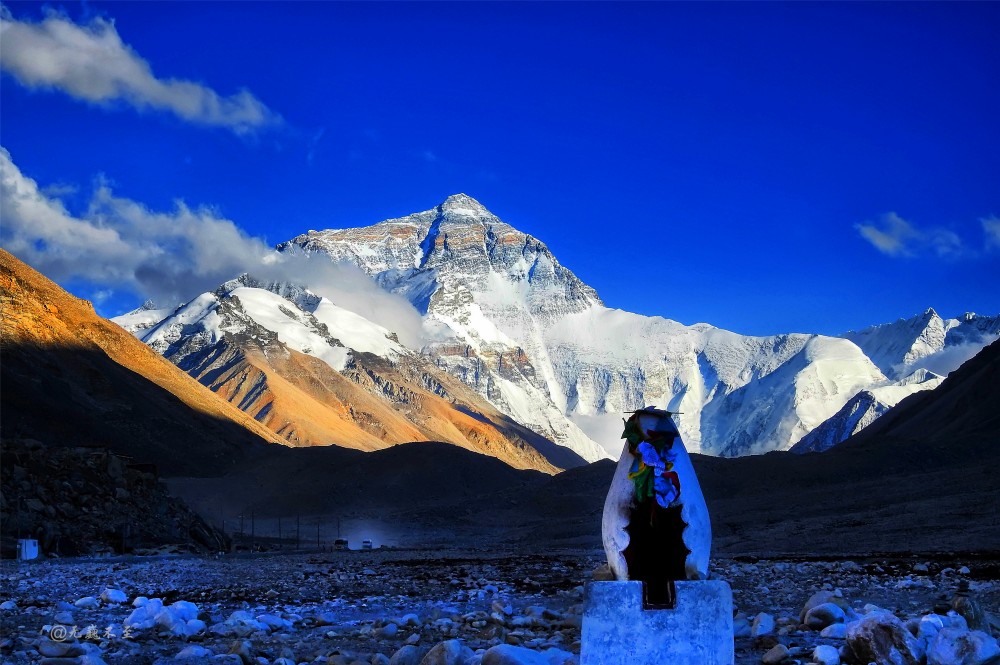
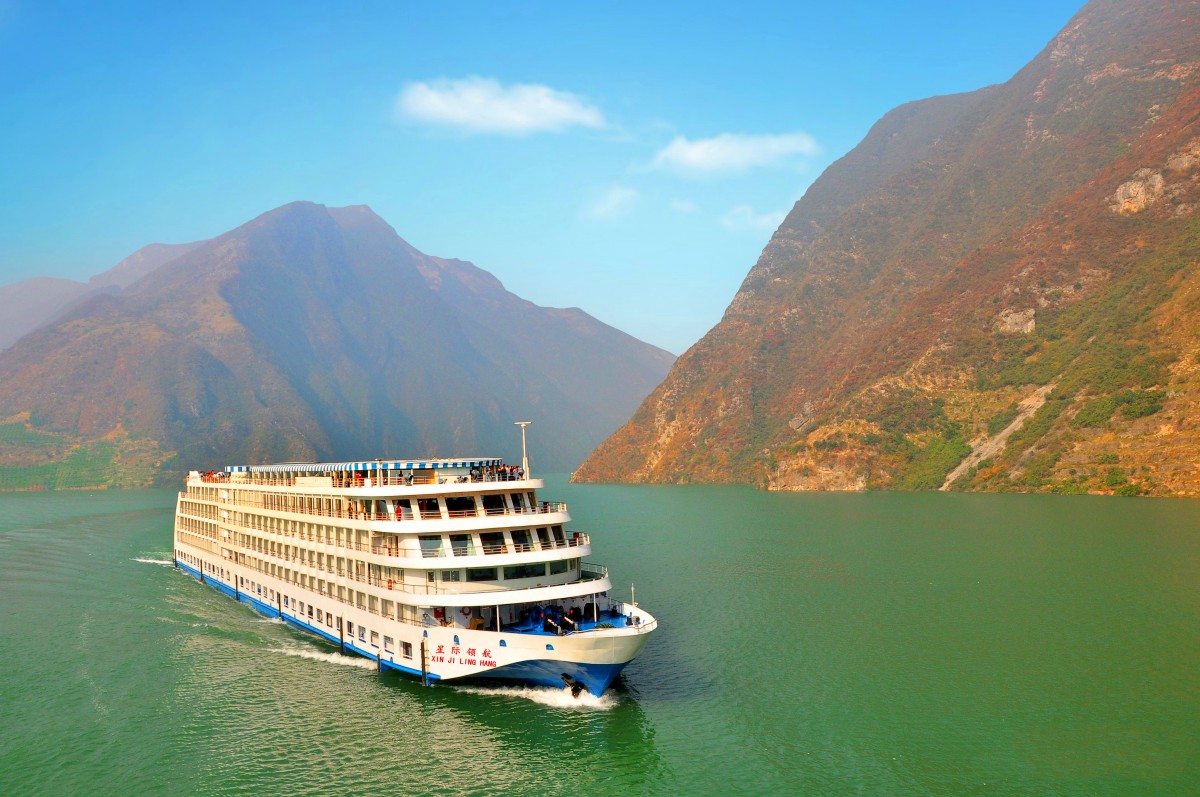


Price Description


Travel Tips
Self-Driving Tips: Yunnan-Tibet Road and Everest Access
Road Conditions in Yunnan:
The roads in Yunnan are mostly well-maintained highways, with some winding mountain roads. Key roads, such as the Kunming-Dali Highway and Lijiang-Shangri-La Highway, are smooth and easily navigable. However, mountain driving can be challenging, so always be prepared for narrow, winding roads in some areas. High-altitude roads in Shangri-La and Lijiang may require extra caution.Tibet Road Conditions:
Once you enter Tibet, the roads become more remote, with some sections of gravel and rugged mountain paths. The road to Mount Everest Base Camp is particularly challenging, involving steep climbs and high-altitude terrain. The roads from Shigatse to Tingri and onwards to Everest Base Camp can be bumpy and winding, so a 4WD vehicle is recommended.Altitude Considerations:
Driving through the Tibetan Plateau means high-altitude driving. Prepare for altitude sickness as you reach areas over 3,500 meters above sea level. Drink plenty of water, avoid alcohol, and take it slow. If you feel symptoms of altitude sickness, rest, and allow your body to acclimatize. Your vehicle should be equipped with a first aid kit and other essential supplies.Vehicle Recommendations:
A 4WD vehicle is recommended for this trip, especially for the rugged terrain in Tibet. The roads leading to Everest Base Camp and other remote locations are challenging, and a 4WD will ensure better handling on rocky and uneven surfaces. Ensure that your vehicle is equipped with spare tires, fuel, and basic maintenance tools, as service stations can be sparse in remote areas.Navigating the Everest Road:
The road from Shigatse to Tingri and Everest Base Camp takes you along some of the highest altitudes in the world. It is advisable to take frequent breaks and drive cautiously, especially when ascending steep passes. Prepare for unpredictable weather, with potential snow and rain, even in summer months. The views along the way, especially from Gawula Pass, will reward you for your efforts. However, keep in mind that driving near Everest Base Camp is restricted to certain hours, so plan your schedule accordingly.Weather & Seasonal Considerations:
While the best time to visit Tibet is during the spring and summer (April to October), winter can bring harsh conditions, especially at high altitudes. Roads can be icy, and some higher passes may be closed due to snowfall. Always check the weather and road conditions before setting out. Carry warm clothing and rain gear, as temperatures can drop drastically in the evening, especially near Everest.Permits and Documentation:
Self-driving in Tibet requires special permits. Make sure to have the necessary Tibet Travel Permit and vehicle documentation before starting your journey. You will need to go through a vehicle registration process at checkpoints on the Tibetan border, and your travel group should be in compliance with Tibetan travel regulations. A guide or local representative may be required for certain areas, especially near Everest.Local Driving Etiquette:
While driving in Tibet, always be respectful of local customs. It is important to drive slowly through villages and around monasteries, as many locals walk along the roads. Be mindful of pilgrims walking the Kora (pilgrimage path) around sacred sites like Jokhang Temple and Potala Palace.


 Tours
Tours
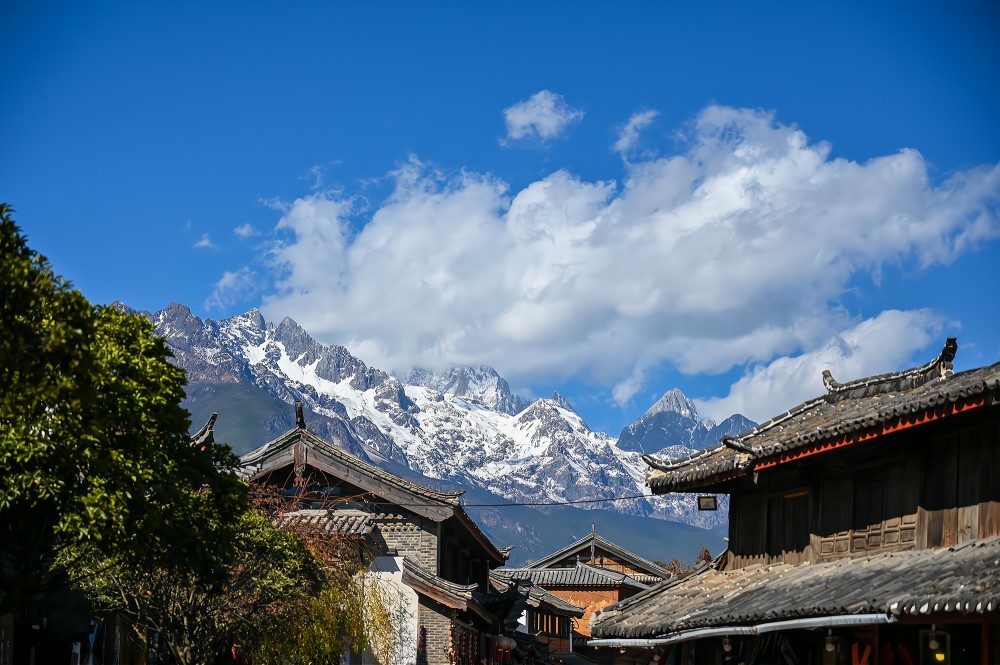
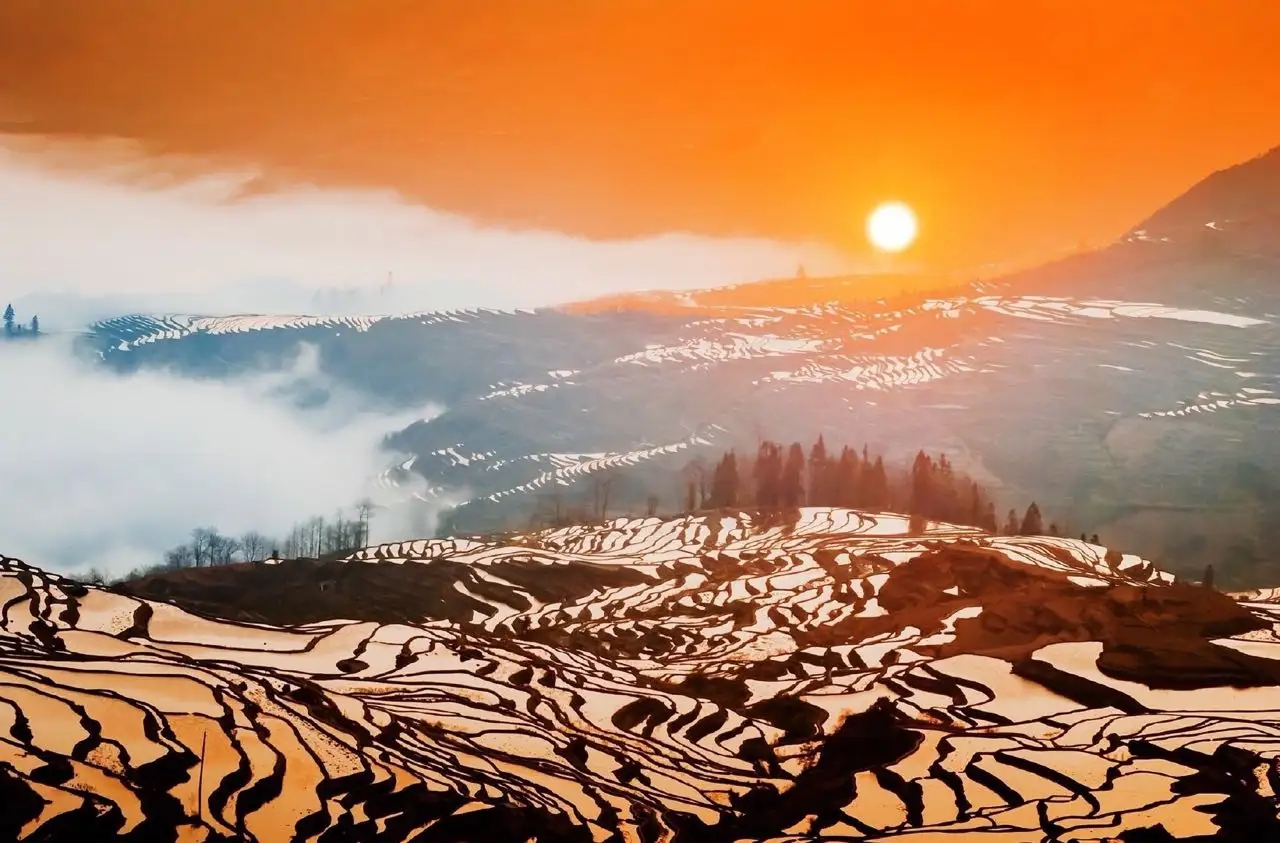
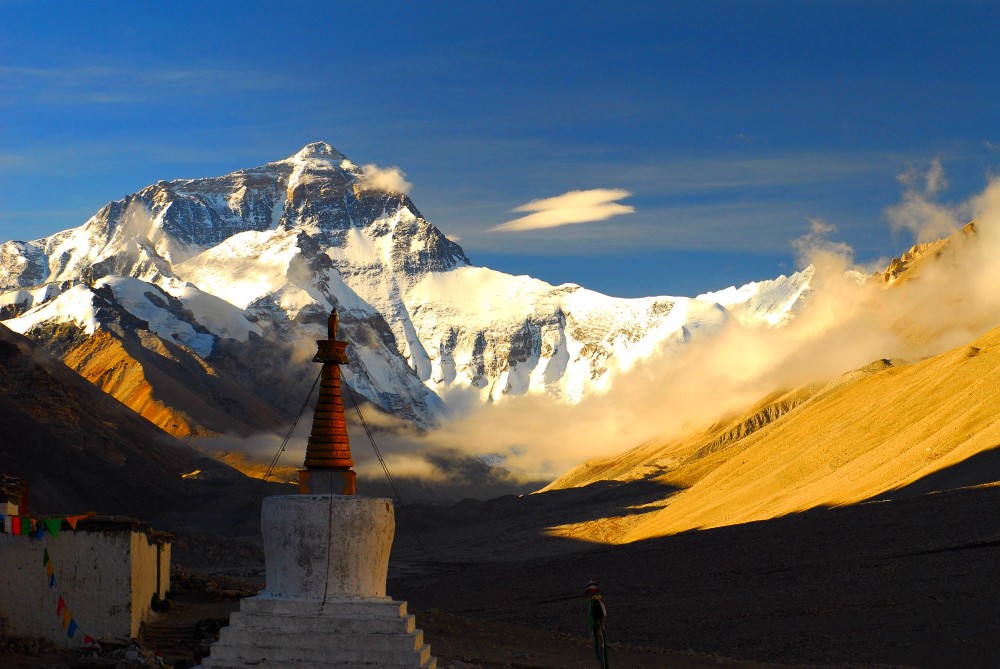
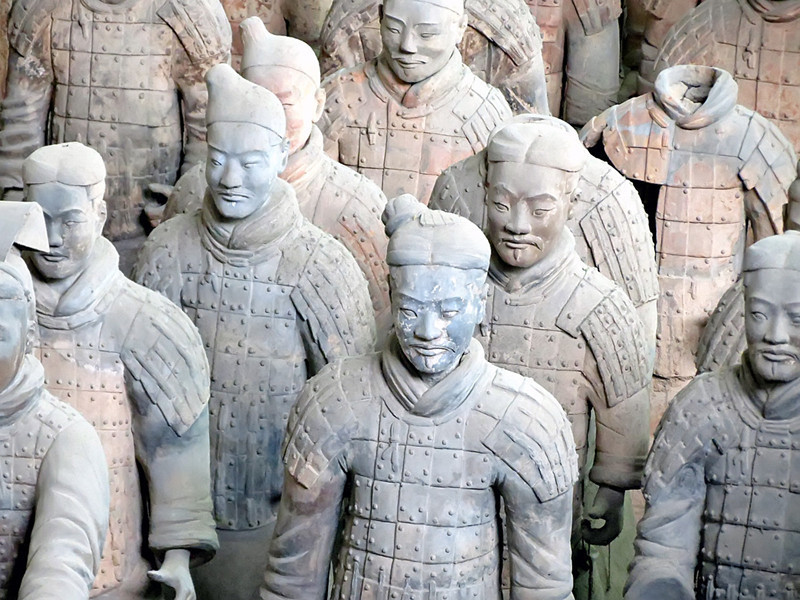

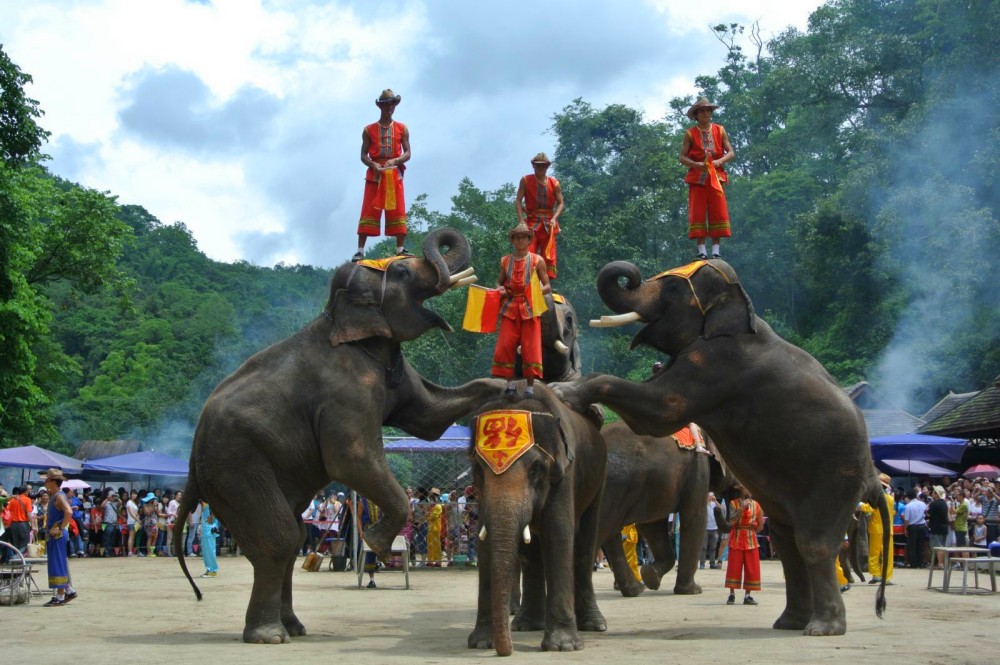
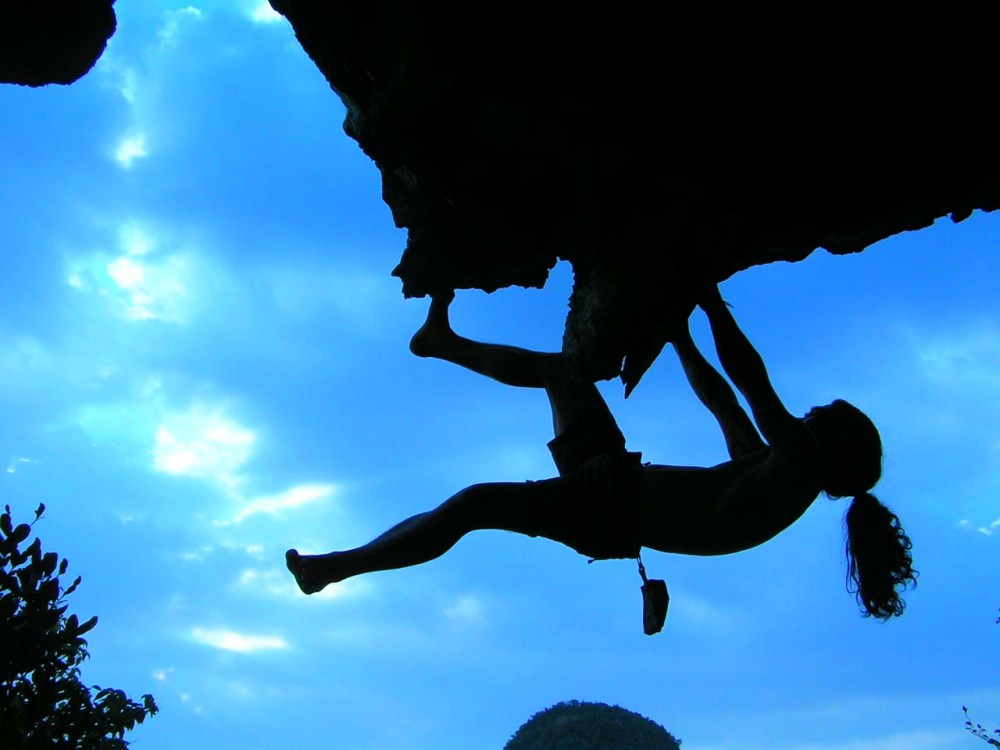
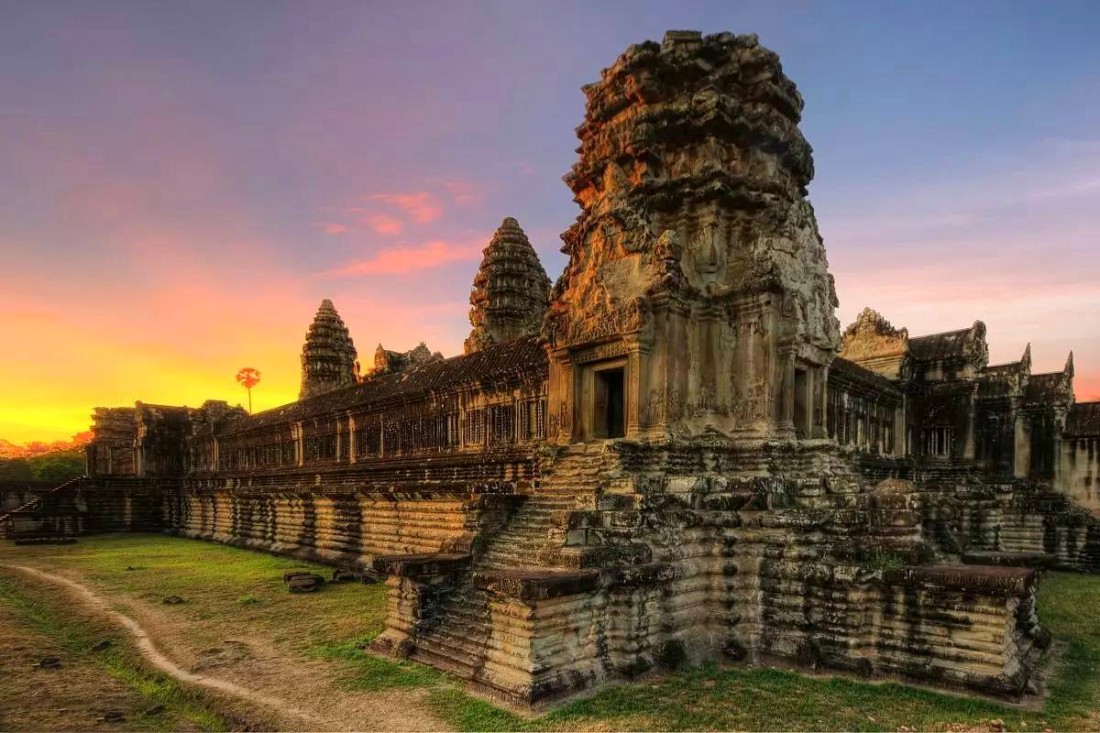
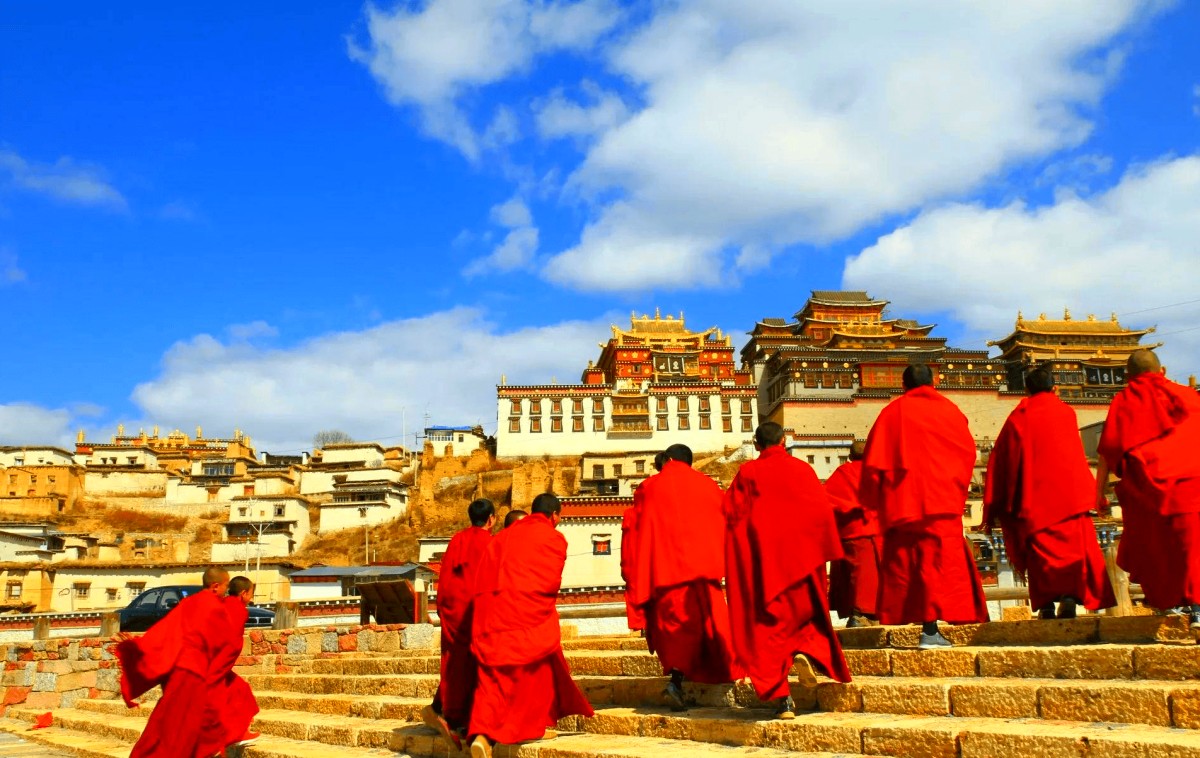
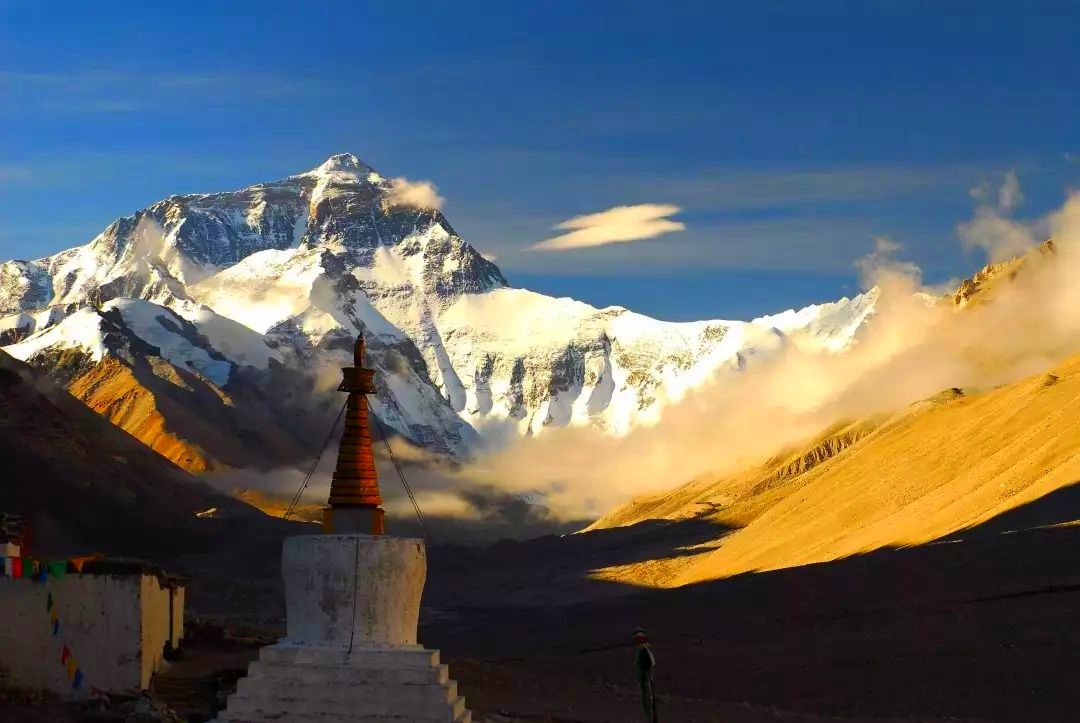
 Destinations
Destinations Attractions
Attractions Golf
Golf Customize
Customize About Us
About Us Contact
Contact








